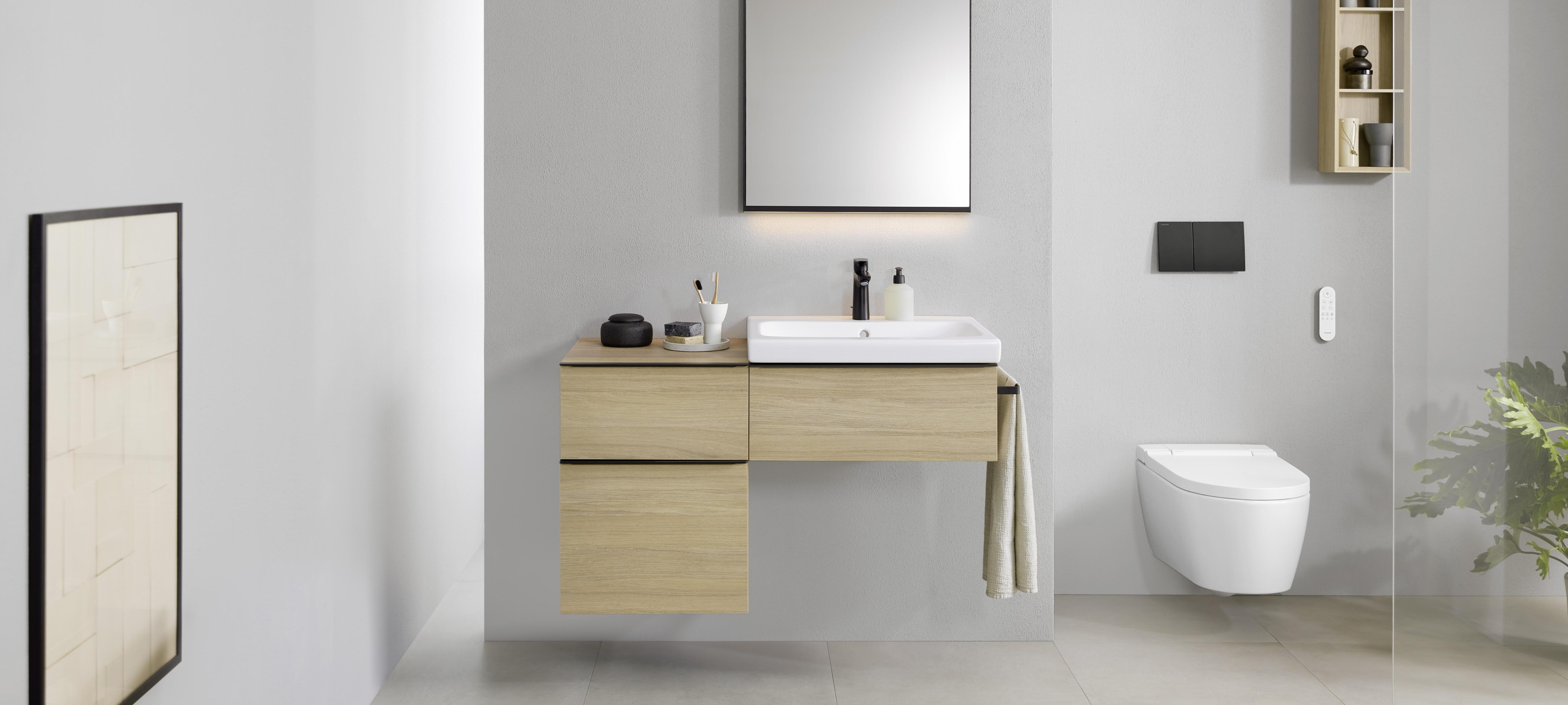




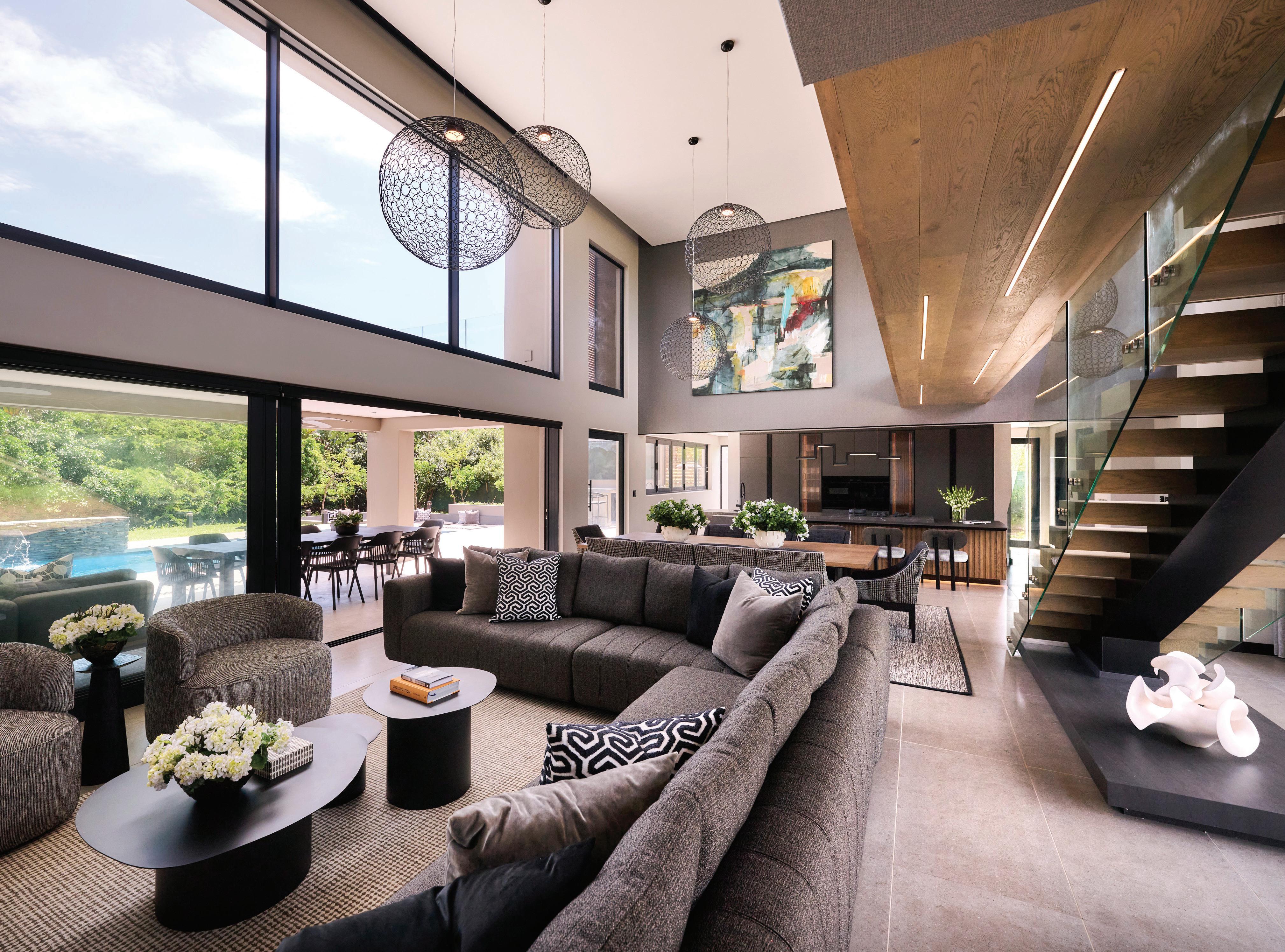

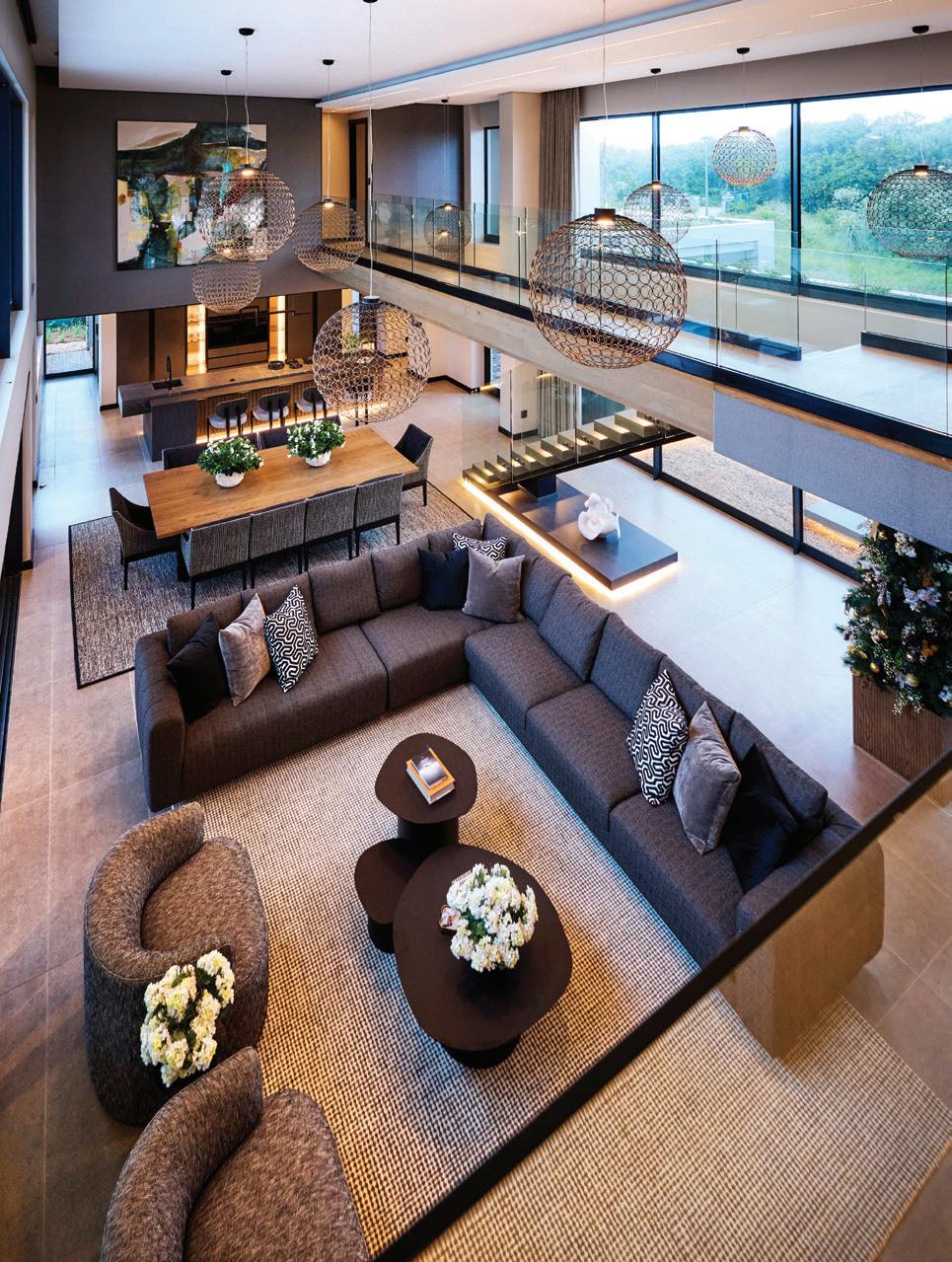
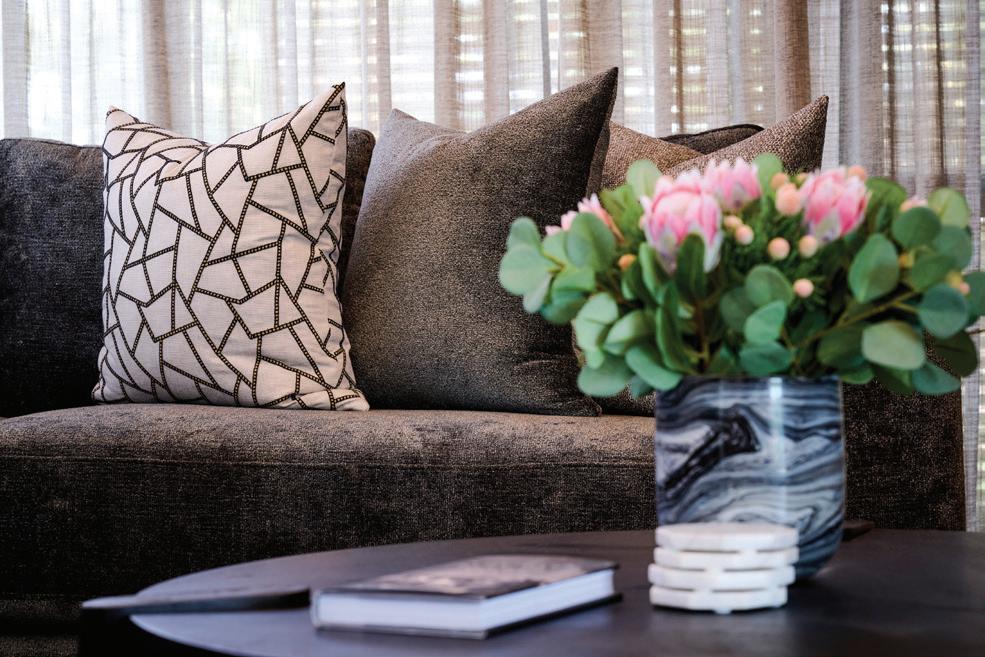
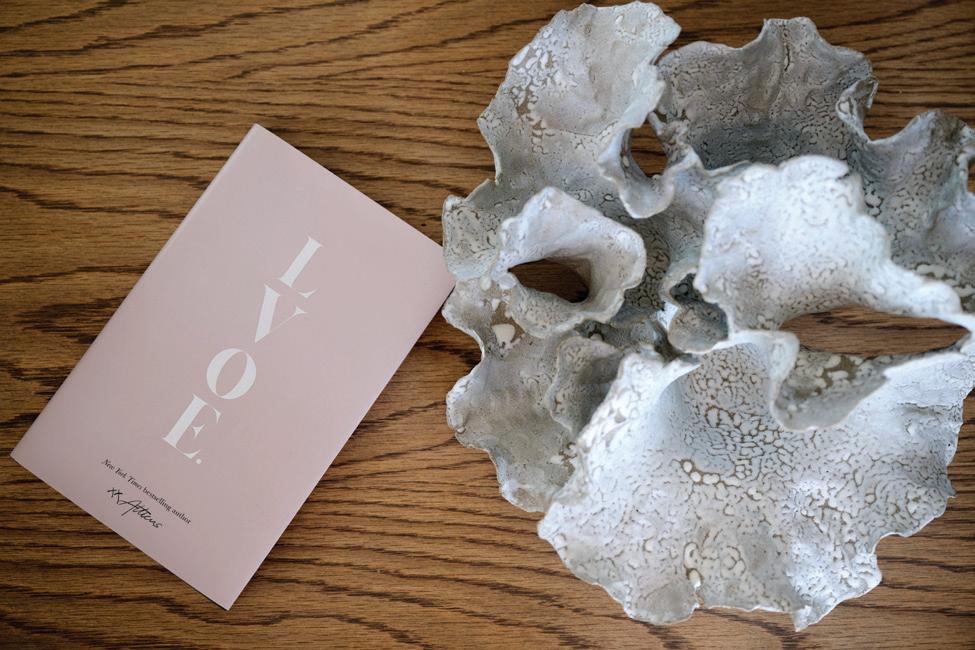

Autumn is a time for reflection and embracing new opportunities. As you emerge from summer feeling refreshed, consider using this newfound ene rgy to take the first step towards living your dream lifestyle and explore the possibility of moving.
Contact us to arrange a complimentary property appraisal.






At Jawitz Properties North Coast, we believe that Real Estate is about more than just buying and selling property – it’s about people. We understand that property is often the largest investment you will ever make, that is why we focus on providing more than just expert real estate services. We offer you real support, guiding you with genuine care every step of the way. We connect people to their homes in which they can live, grow and thrive.
Our core values are built on integrity and real relationships and a commitment to being trustworthy and authentic in all our interactions. Whether you are buying or selling, we are here to offer advice and be a partner who is as invested in your dreams and goals as you are. At Jawitz Properties, your success is our success. We strive to deliver excellence in everything we do. We are more than just agents – we are real partners in your real estate journey!

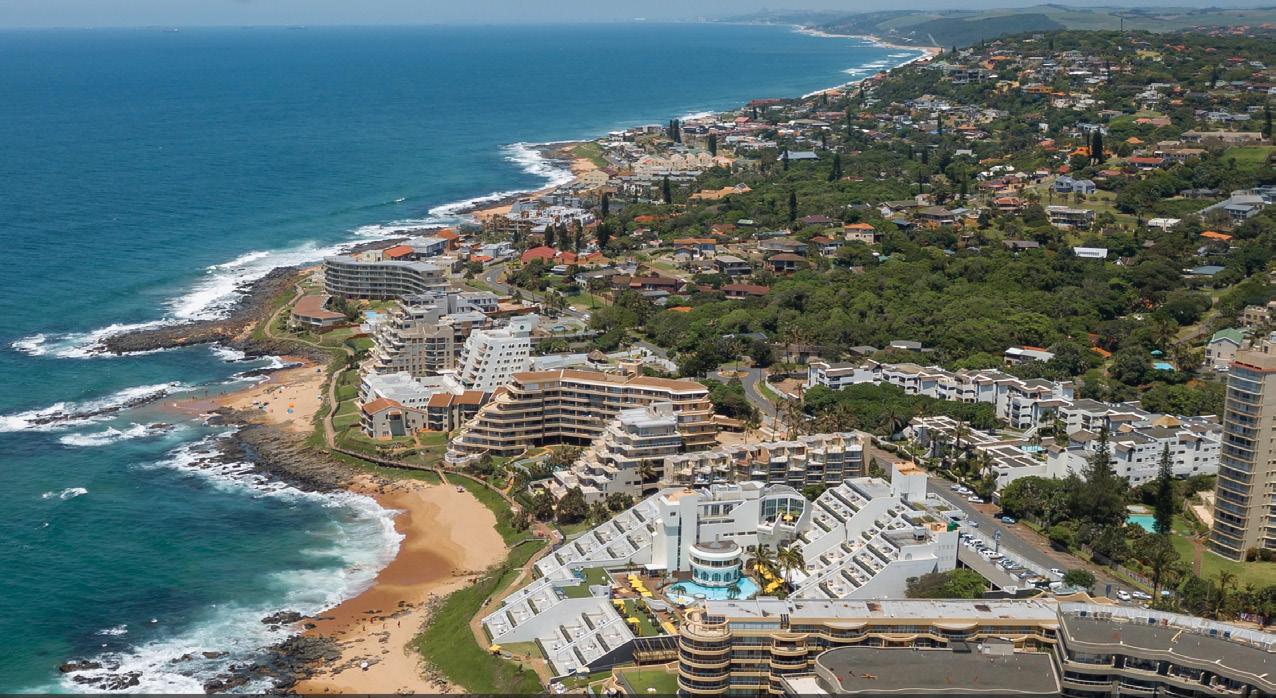
We are a dedicated team of property professionals with local expertise across the beautiful North Coast of KwaZulu-Natal, committed to offering you the best possible real estate experience:
Vern - Principle
Dylan - Ballito and Shaka’s Rock Sales
Pene - Sheffield Beach and Salt Rock Sales & Rentals
Janine - Palm Lakes, Tinley Manor & Prince’s Grant Sales
Kevin - Zimbali and Simbithi Sales
Karen - Ballito Rentals
Rebecca - Palm Lakes and Simbithi Rentals
Romona - Zululand Sales
Evita - Zululand Rentals
Maridy - Mtunzini Sales & Rentals
Roquelle - Branch Administrator
This extraordinary residential village is located along the scenic North Coast of Kwa-Zulu Natal. The development provides a perfect opportunity to live in one of South Africa’s fastest growing coastal regions.
At Kingsley, our passion is to provide exceptional value for money to first-time homeowners, retirees and families, offering affordable living in a secure lifestyle estate. Kingsley Village is built with energyefficient designs promoting sustainability while offering a luxurious and comfortable lifestyle. Residents can enjoy the exclusive use of a clubhouse, pool, entertainment area and sport facilities fostering a vibrant and active community.
Kingsley Village consists of 49 sectional title homes. The unit sizes range from 120m2 to 209m2. Prices start from R2 250 000 up to R3 350 000 and include transfer duty and attorney costs. Each home has been designed with spacious layouts and high-quality finishes which are both practical and stylish. The petfriendly units each feature a private garden allowing for outdoor enjoyment in the warm coastal climate.
Kingsley makes your dream of coastal living a reality with its prime location amid breathtaking beaches and rolling sugar cane hills. Don’t miss out and embrace a refined lifestyle with these new, stunning modern homes!

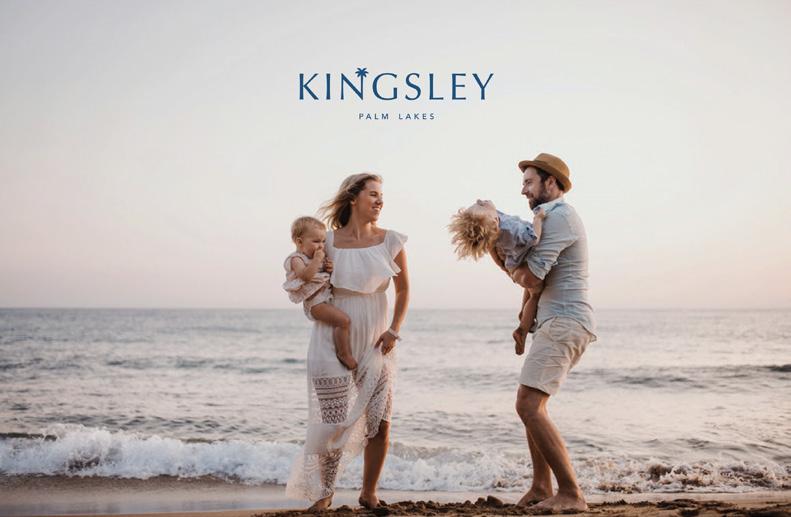

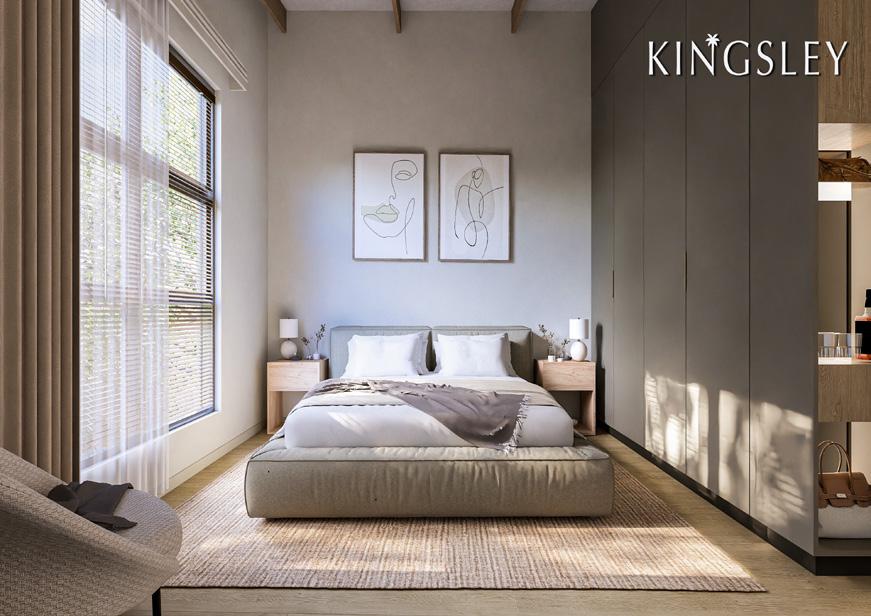
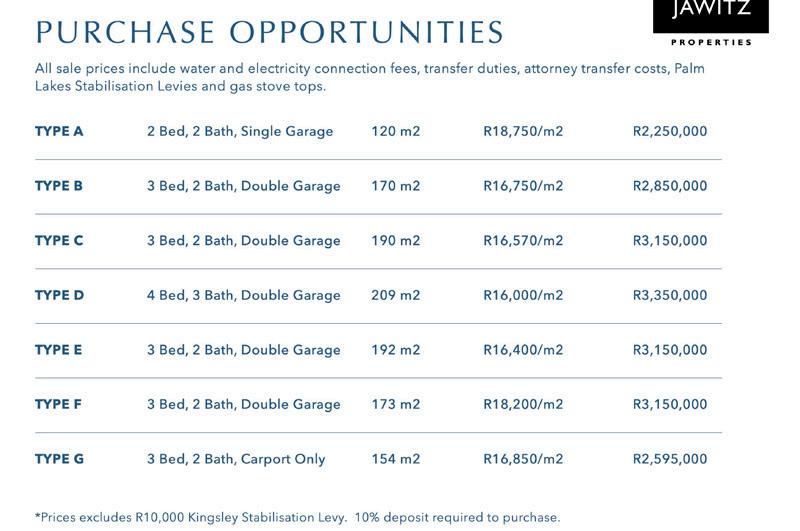

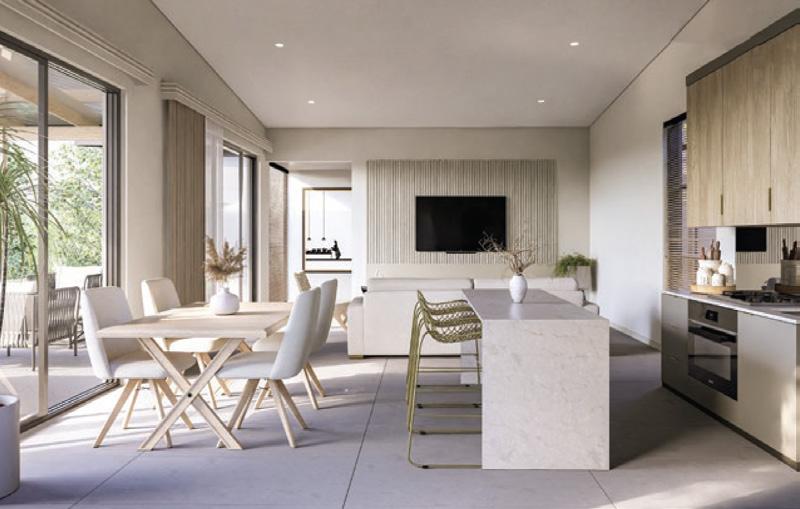

BEEN THINKING a lot about beauty since my last visit to the Bijou with our Photographer Sabina to take pictures for Mia McCarthy’s story on the building that our friends from Studio Muti illustrated for the cover of this magazine. The Bijou is a beautiful building and the word “bijou” itself refers to a jewel or, rather, something that is delicate, elegant and highly prized - something that is beautiful. With that being said, I wanted this issue to be an exploration of delicate, beautiful things and the places where they are made but, when I noticed the words written over the top of one of the industrial furnaces in Conrad Hicks’ forge located within the bowels of the building, I left with a new perspective on this premise. Written boldly in chalk that had faded overtime, the words on the furnace were: “MAKE BEAUTIFUL THINGS AGAINST THE BULLSHIT AND DEATH.”
The word that struck hardest within this phrase or instruction or motto was not the profanity or the existential but rather the word ”AGAINST.” The word read like a deafening echo of the sound of Hicks’ hammer clanging against the hot metal that he forges into his magnificent sculptures. The word implies a sense of urgency as well as struggle when confronted by the “BULLSHIT AND DEATH.”
I only truly came to appreciate the urgency of the message after a phone call that I had with my father a while ago. We were talking about his health and his struggle with the growing limitations of his body that had arrived with the progression of his age. He was in pain that day and revealed that he had even been finding it much harder to play guitar in the state that he was in. Fortunately, he is doing a lot better these days and, after seeing a few doctors and switching over to lighter gauge guitar strings, he hopefully won’t be forced into retiring from one of the things he loves the most anytime soon. However, I am now more cognisant of the fact that there will come a day when I will never hear my father play guitar again. This knowledge, of course,
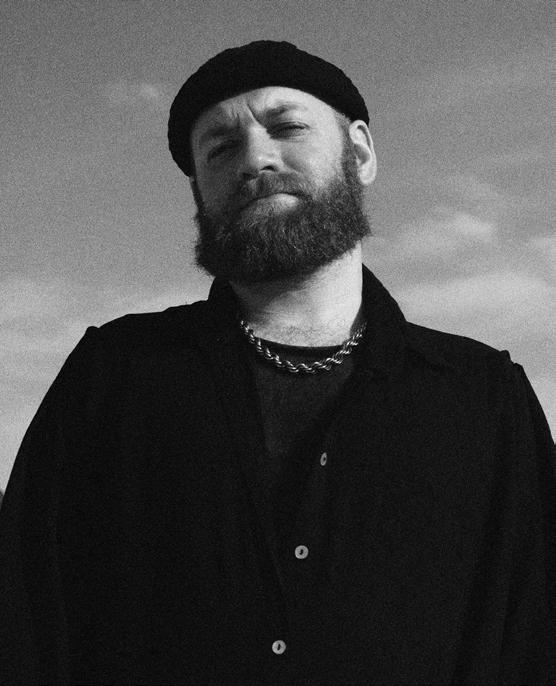
comes with a heavy feeling of preemptive sorrow but it also comes with a deeper appreciation for the music that he plays as well as his sheer delight in his continued playing - the persistence of making something beautiful.
There’s a lot of bullshit that can interfere with making art (limited access to resources and funding, issues with mental health, unexpected tragedies, day jobs, etc.) but the physical limitations of the body is perhaps the most unavoidable. There will come a day when Hicks will begin to struggle to lift his hammer. There will come a day when we all struggle to do what once came oh so naturally to us at one point. In that sense, our mere ability to create is something that can be considered to be delicate, elegant and highly

prized - something beautiful. Perhaps knowing that is what spurs the urgency to make beautiful things against the bullshit and death.
As for the death part, well, artists whose work centres around the sharing and creating of beauty probably understand better than most that the one absolute requirement of our living is that one day it will end. Works of beauty are, at their core, reminders of that fact but they are also reminders that you are still alive and are invitations to expand upon the feelings elicited from whatever song, poem, painting, sculpture, cloud-pattern you might engage with and have that shape the world that you find yourself still living in.
Perhaps it is that feeling elicited by works of beauty rather than just the works themselves that we’re trying to present to you here in this magazine. We are not here to sell a physical Pinterest board for the wealthy and uninspired like many other publications alongside us, we’re here to share stories that show you how beautiful it is to be alive.
As we enter into our fifth year as the Life & Style Magazine, I would like to thank you all for sharing in that beauty with us and I hope that we can continue sharing that beauty for many years to come.
Yours ever searching for beauty against the bullshit and death,
Dan Charles
Editor-In-Chief
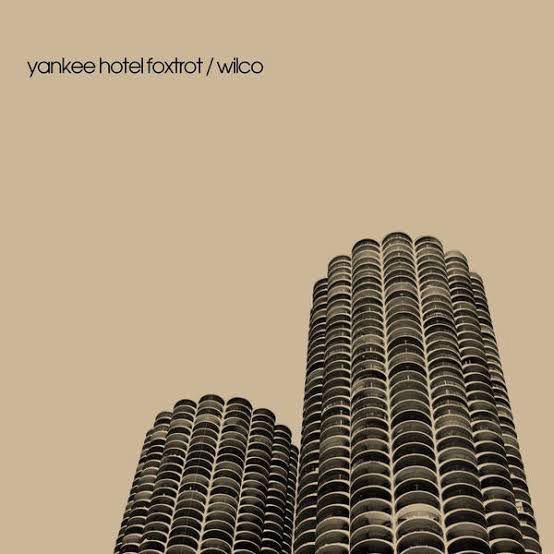
Wilco's Yankee Hotel Foxtrot explores themes of communication, disconnection, and the struggle for understanding in a chaotic world. Those themes are arguably just as relevant today than they were when this album was released in 2001 and so works of art like this album and the stories in this magazine serve as a salve for these existential uncertainties. They are here to reconnect us to each other.
“I think that may be the highest purpose of any work of art, to inspire someone else to save themselves through art. Creating creates creators.”
- Jeff Tweedy

A SEAMLESS BLEND OF CONTEMPORARY HITS WITH TIMELESS CLASSICS, offering a carefully curated selection of music and thoughtprovoking topical content.
Whether you're streaming from around the world, or tuning in locally on 88.0FM, we provide a refined listening experience that keeps you connected to the pulse of our community.
Radio Life & Style is not just a station; it's the voice of Ballito, elevating your daily journey with music, insight, and style. DOWNLOAD OUR
Free on Android or IOS for live streaming or to listen to our catch up podcasts.
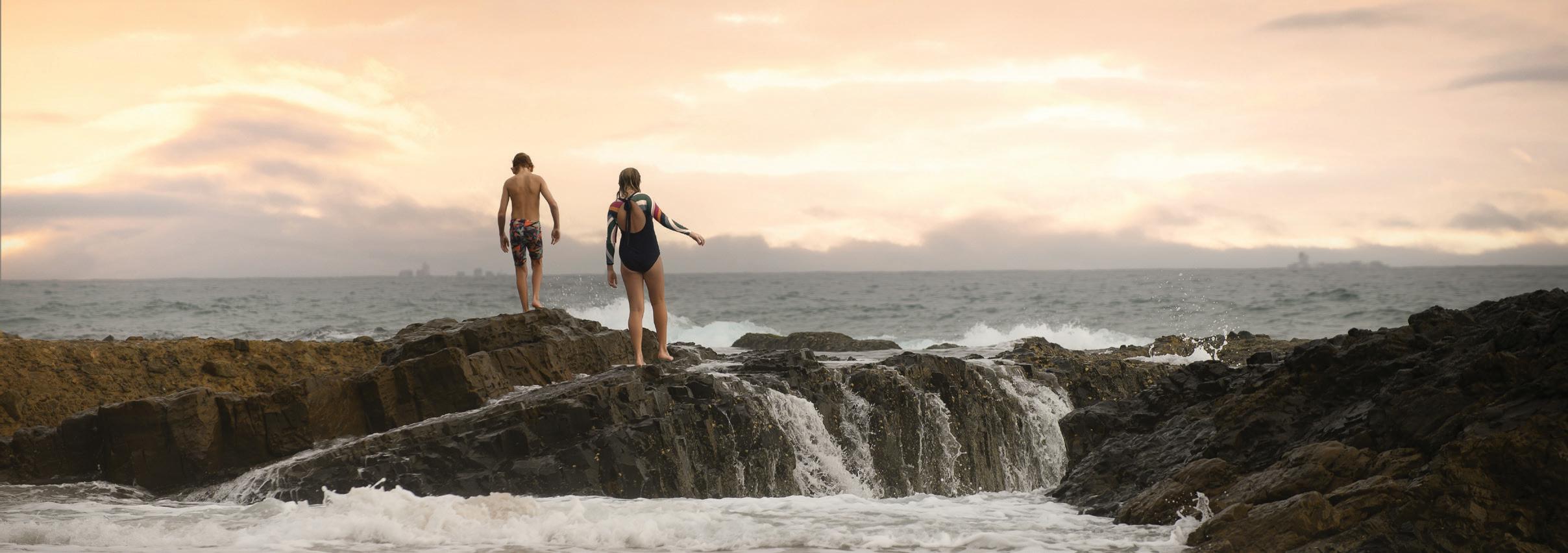
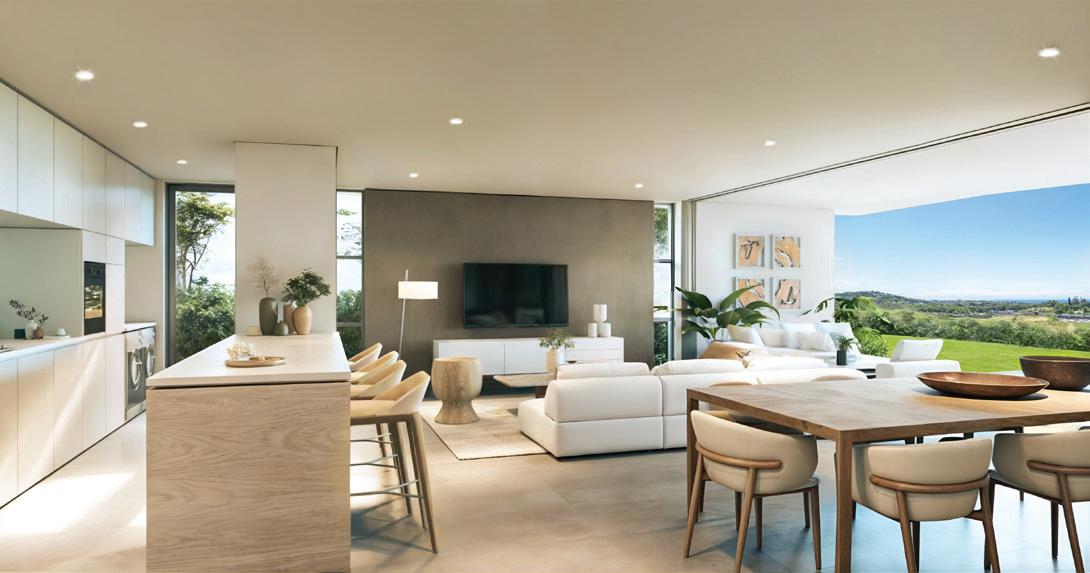


EDITOR IN CHIEF
Dan Charles dan@lifeandstyle.fm
MANAGING EDITOR Sue Charles sue@lifeandstyle.fm
MARKETING & OPERATIONS MANAGER Tiara Govender tiarag@lifeandstyle.co.za
COPY EDITOR Shannon Devy
DESIGN
The Lake Design
ADVERTISING 032 946 1145 / 3112 / 3674 info@lifeandstyle.fm
DISTRIBUTION MANAGER Skumbuzo Manyoni
WEB & SOCIAL MEDIA www.lifeandstyle.fm @lifeandstylemagazine
PUBLISHER North Coast Publishing (Pty )Ltd info@lifeandstyle.fm

The Life & Style print or electronic publication is provided with the explicit understanding that neither the publisher, its employees, agents nor respective contributors are rendering any legal, financial, investment or other professional advice or services. Questions relevant to those areas should be addressed to competent members of the respective professions. Readers should not place undue reliance on the content of this publication or website but should seek professional legal advice where necessary. The information provided in this publication or website, newsletter or social media as is, without any warrantee or representation by the publisher and the publisher, its employees, agents or contributors accept no responsibility for any loss or damage caused in whatsoever way by the reader’s reliance on any information contained in this publication or website.



Shannon Devy - is currently completing her Masters in English Literature at the University of Cape Town. An avid musician, reader and writer, Shannon enjoys coffee more than most things in life, and can often be found hunkered down at her favourite local coffee shop, tapping away at a new piece for Life & Style Magazine in a caffeinated frenzy.
Dave Charles - award winning broadcaster, television producer, editor, musician, and writer. Dave is a Fellow of the Royal Geographical Society, the SA representative of the international Anglo Zulu War Historical society. He holds a BA Dram Art (Hons) Wits degree and he was an inaugural recipient of the Prince Mangosuthu Buthelezi Gold Medal for Service to the Zulu people. He currently owns the Life & Style media group.
Stephanie du Preez - Graphic Design & Marketing Freelancer - Based in northern England with a love for anything creative, progressive and of course, fun. South African design, interiors and art are my first love and I am blessed to be involved with the creativity that SA has in bucket loads!
Cameron Luke Peters - is a long-suffering, erstwhile PhD candidate in Film Studies at the University of Cape Town who sunlights as a historical tour guide of the Western Cape under the alias @capetownheritagetours. When he’s not procrastinating on various pieces of writing, you can find him yearning on a beach somewhere, shooting film in dodgy places and picking up plastic bottles off the street whilst shaking his head and tutting under his breath.
Dan Charles - is a writer, musician and therapy enthusiast based in Cape Town, and spends a good deal of time profiling and analyzing some of the most esteemed and up-and-coming local and international artists in the alternative music scene.
Mia McCarthy - is a young writer based in Cape Town. She is an avid collector of coffee shops, tidal pools, and interesting true stories. Mia has a passion for creating magic in the kitchen and much of her writing reflects this. She continues to inspire readers through her contributions to this magazine and The Edit, our fortnightly digital newsletter.
Duncan Pritchard - a North Coast with a deep love for the ocean is a sustainability practitioner with a special niche in climate change and carbon footprint management.He has worked on sustainability and climate related projects locally and internationally with groups ranging from small non profits to multi-national companies. Whether it's birds, fish or crazy looking sea-slugs, a curiosity about biodiversity in all shapes and sizes, especially when it’s underwater is what really tickles Duncan’s interest.
Tara Boraine - is a Cape Town-based artist and writer who moves fluidly between music production, speculative fiction, and botanical perfumery. Through her organic creative methodology - she harnesses natural cycles of chaos, integration, and emergence across multiple artistic mediums. Currently working on a climate fiction novel and essays about neurodivergent perception, her writing has been described as 'ruthlessly tender.'






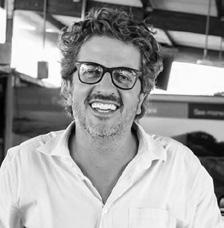

Our publications, website and social media platforms have shaped opinion in the KZN North Coast region for the past twenty years creating a media brand that is credible, authoritative, and universally acclaimed.
Having expanded the platform ten years ago to include Ballito’s only commercial radio station - Radio Life & Style 88.0FM that also streams digitally via free apps on every platform, we now own the local media scene.
Our advertisers enjoy the unique advantages of cross-platform marketing in a local economy that is small enough to dominate yet big enough to excite those who appreciate the value that is available to be unlocked here.
MAIN DISTRIBUTION OUTLETS
Durban King Shaka International Airport :
SAA Discovery Lounge Premium & Platinum - Bidvest Premier Lounge
SLOW Lounge KSIA - King Shaka Entrance
Cape Town International Airport :
Slow Lounge Domestic & SAA/Discovery Baobab
SAA/Discovery Cycad - Bidvest Premier Lounge
JHB O.R. Tambo Airport
Slow Lounge Domestic - Slow Lounge International - Standard Bank Library Lounge
Lanseria SLOW XS Lounge
We are also part of the online magazine selection on the SAA flights.
Select Coffee Shops, Hotels and Retail Zones
WHY WAIT FOR THE NEXT ISSUE OF LIFE & STYLE?
Subscribe to your free dose of inspiration and recieve our fortnightly newsletter
THE L&S EDIT in your inbox.

DOWNLOAD OUR RADIO LIFE & STYLE APP
Free on Android or IOS for live streaming or to listen to our catch up podcasts.
Web THE VOICE OF BALLITO
IOS Android


Words: Mia McCarthy
Photographer: Sabina van Rooyen
TIME IS THINNER in some places than others. If you take a stroll down the industrial end of Lower Main Road in Observatory, you’ll know what I mean. Nestled amongst the suburb’s ever-present vintage stores is the beguiling Art Deco facade of the Bijou — the jewel in Observatory’s crown of anachronisms.
Designed to be a cinema by the architect William Hood Grant, the Bijou first opened its doors to the movie-going public in 1941. For close to a century, it has retained much of its distinctively ornamental facade, despite its unlikely and explosive era as a plastics factory. The building suffered extensive fire damage in the nineties before it was restored under the careful guardianship of Conrad Hicks.
“It wasn’t my intention to be a landlord,” confesses Hicks, a blacksmith, sculptor, and current owner of the Bijou. “Owner” is a slippery word. It’s more like a symbiotic relationship.
Hicks has set up his workshop in what used to be the seating area of the theatre. The cathedral-like room, once an edifice to cinema, now houses a collection of rare and beautiful blacksmithing tools. “Most of them were made at a time when the way that you engaged with the machine was really tactile and lovely,” reflects Hicks, gesturing to press with stylised curlicues that speak to a bygone devotion to industrial aesthetics.
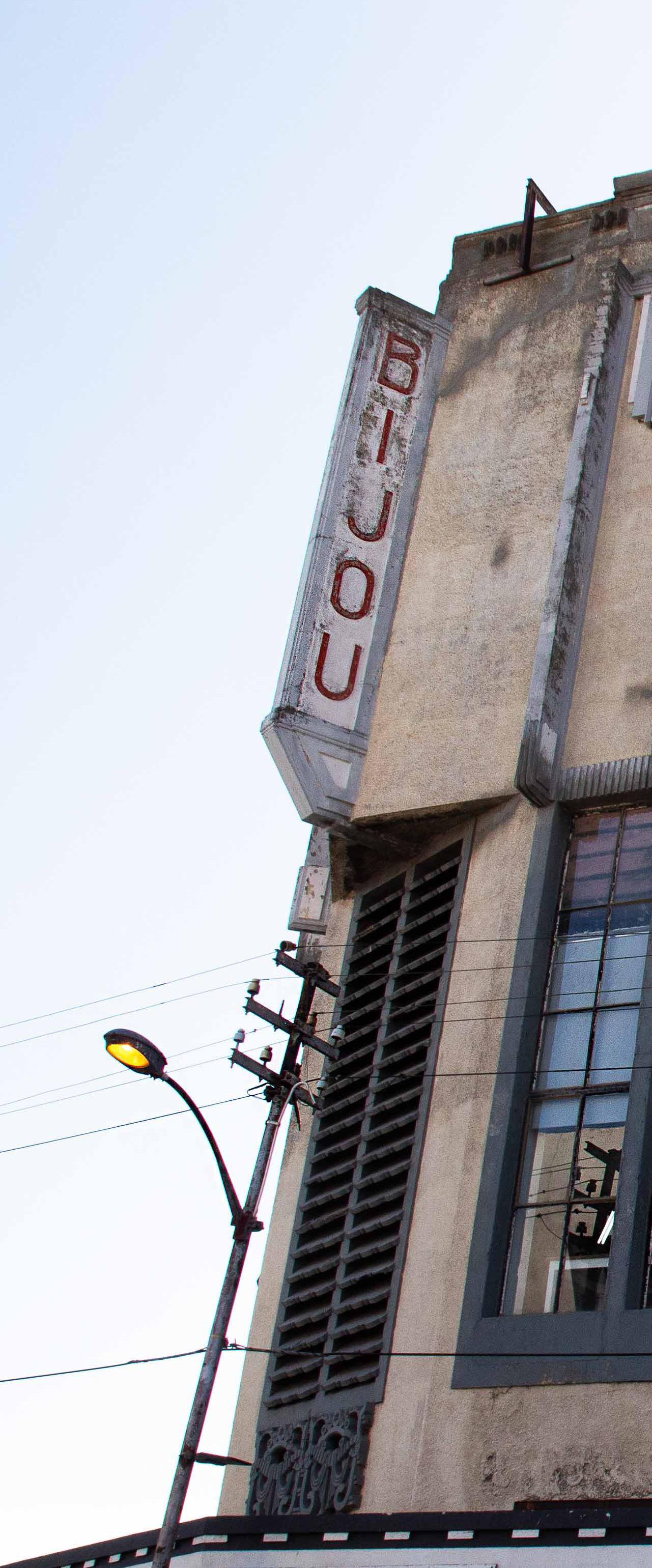
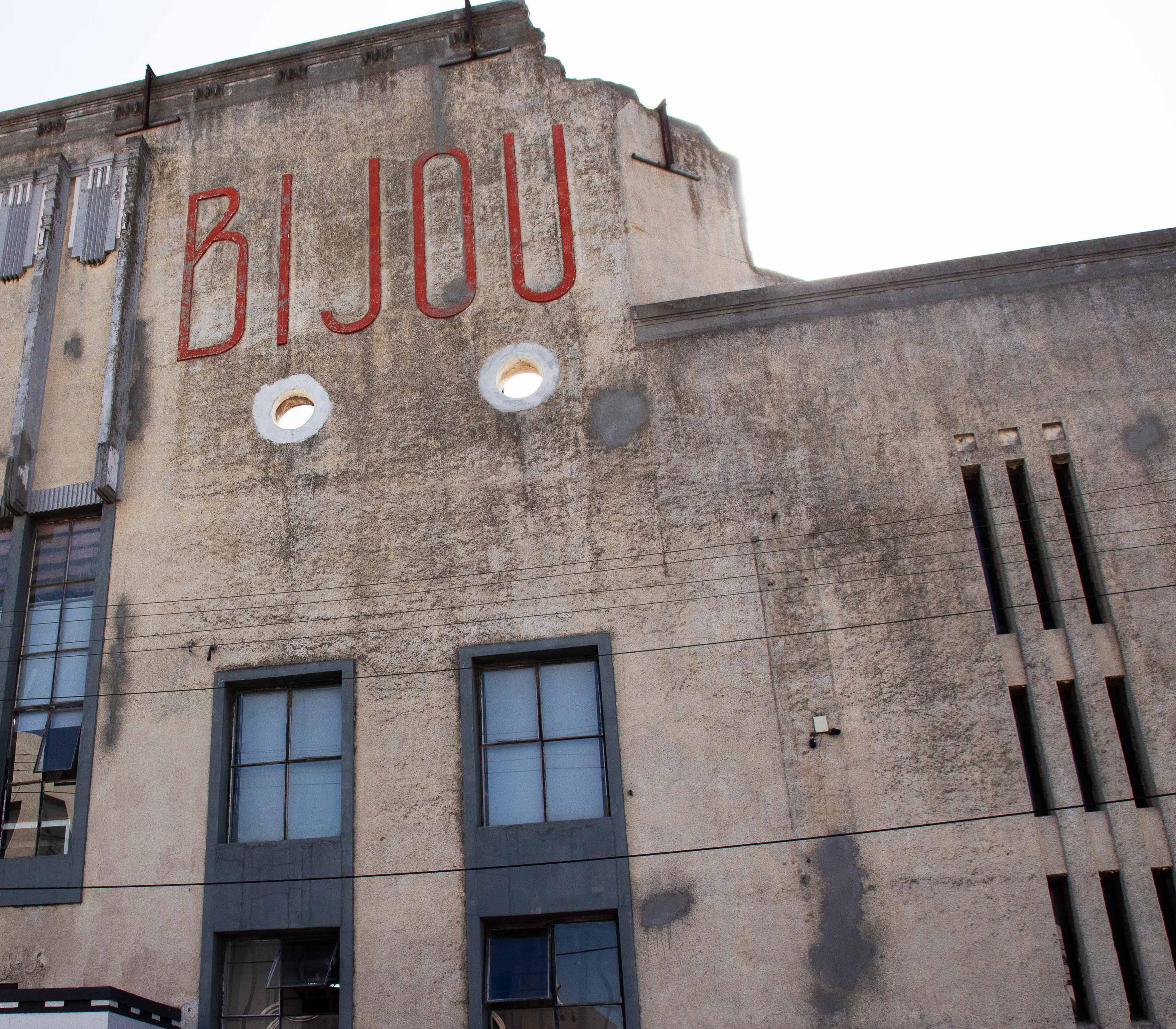
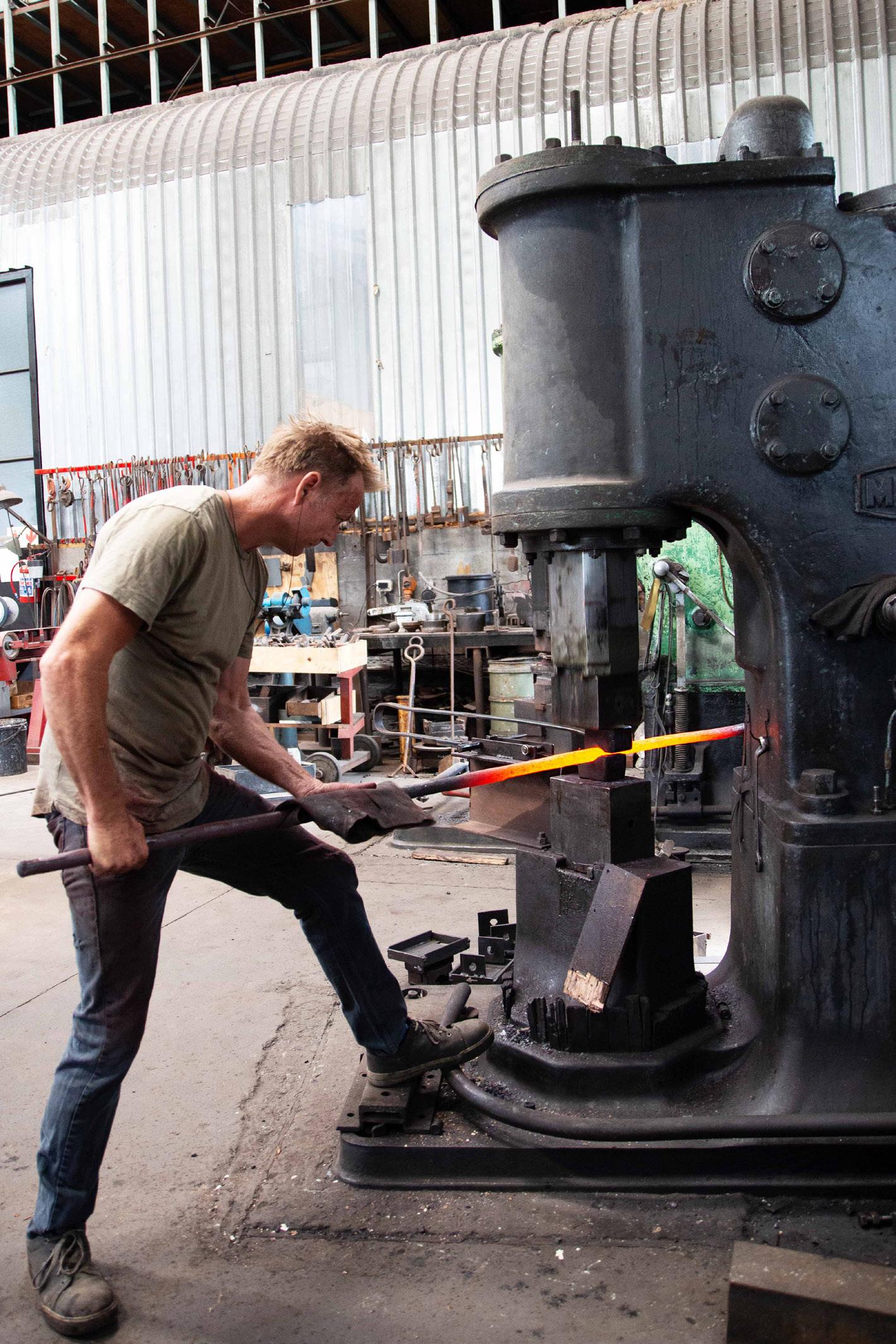
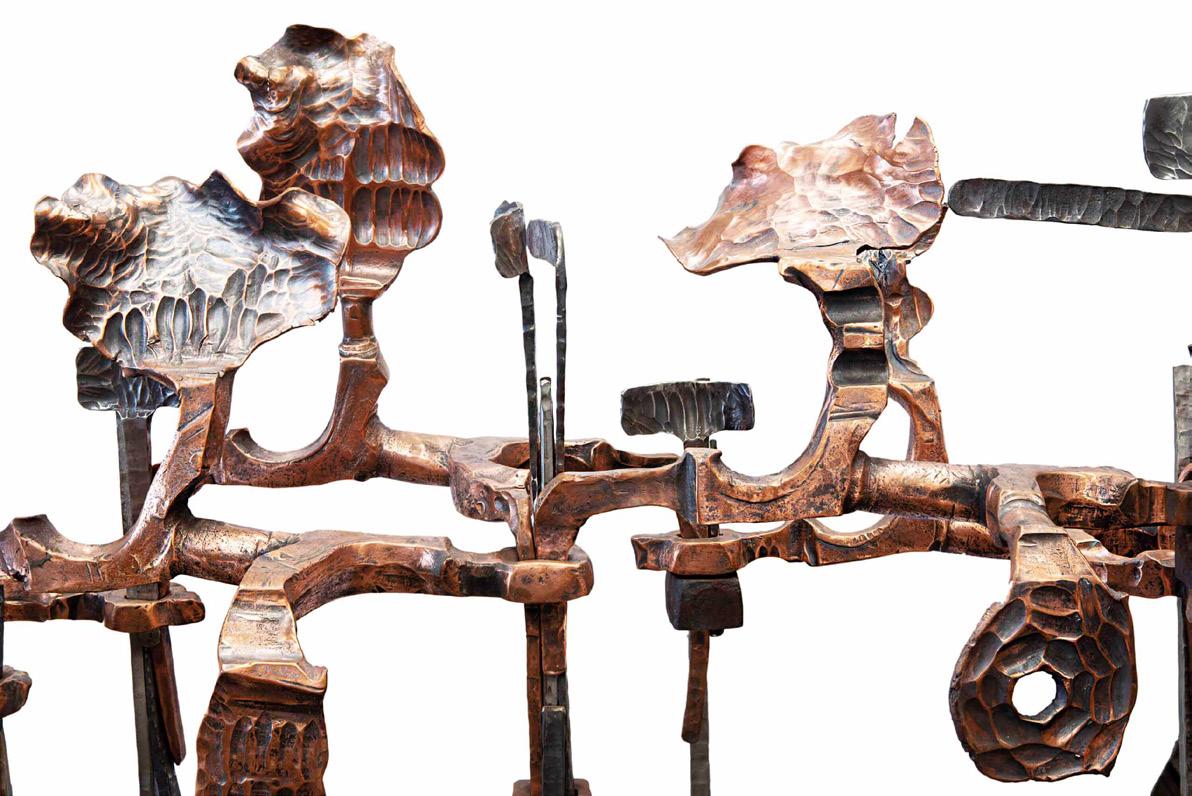
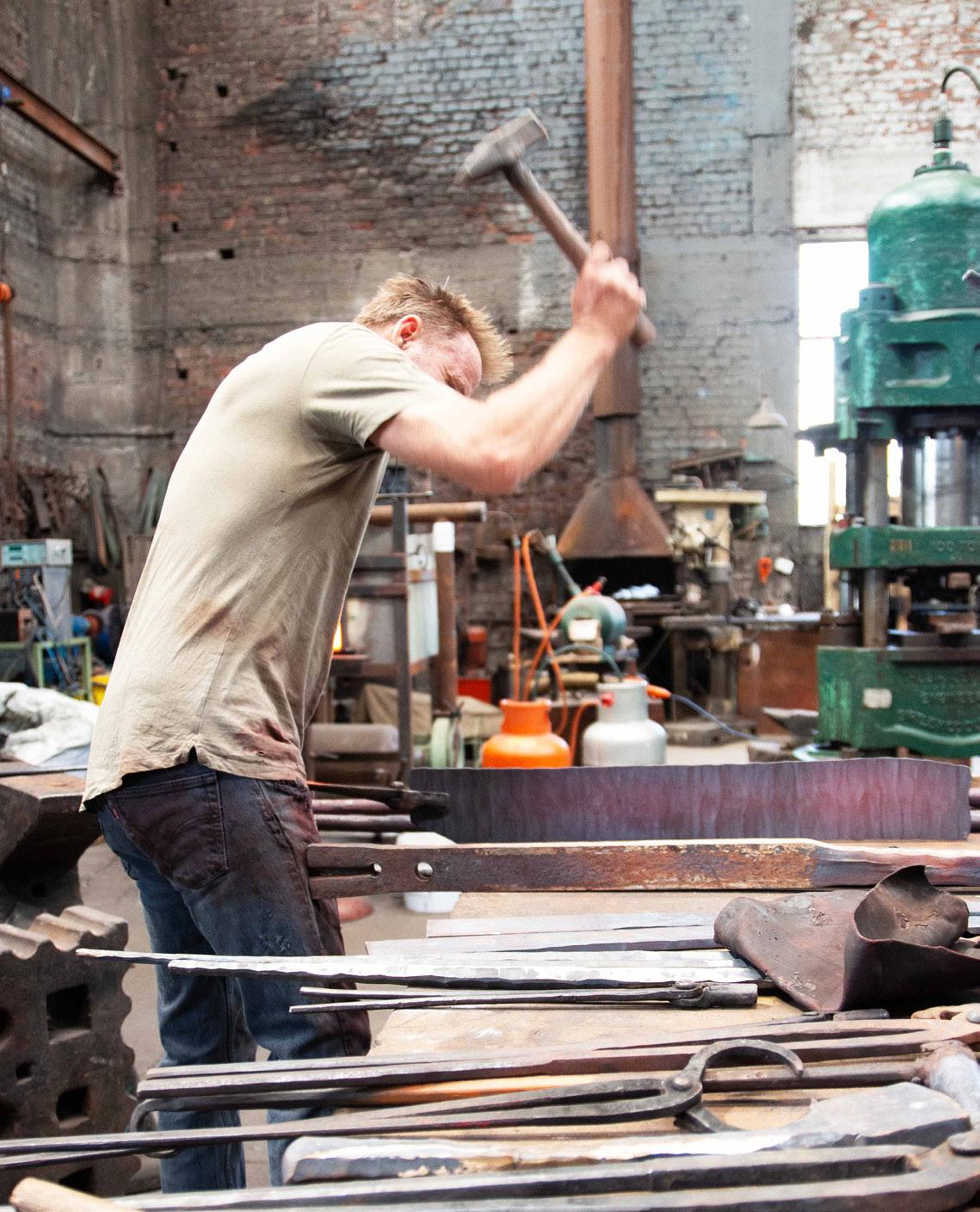
Mercer Bikes
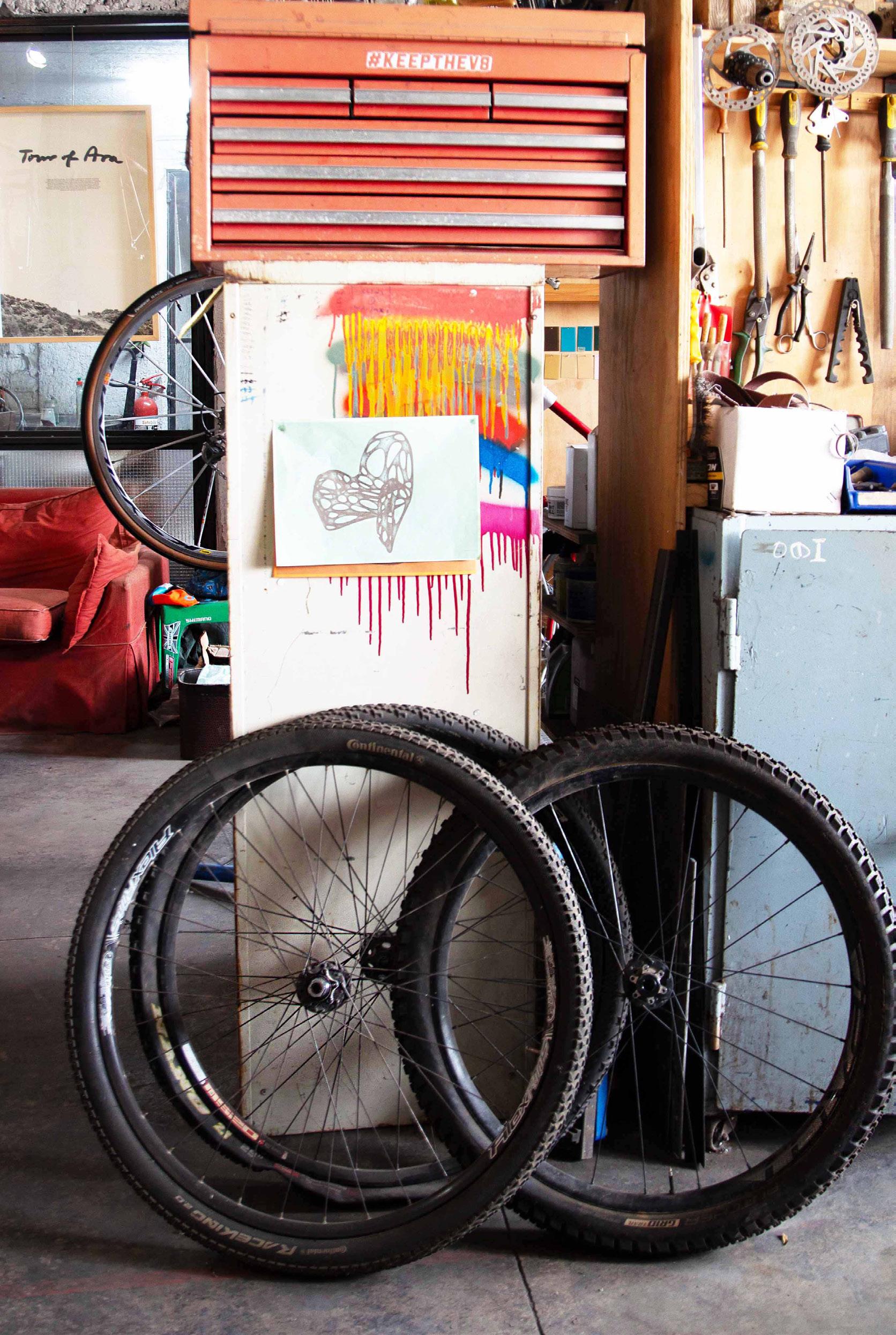
For Hicks, tools represent something beyond their function. They are signifiers for human achievement, for culture. Reflecting on the very first anvil he bought in his early twenties, he proposes that the ting ting ting of a blacksmith striking steel is as historic a sign of human presence and culture as the peals of church bells — an epigenetic memory recognised even by generations who have never even seen a blacksmith at work. A thing of beauty.
“The relationship between beauty and function is that if it works perfectly, it is beautiful,” explains Hicks. If you have beautiful tools, he insists, you will make beautiful things. I ask him if this appreciation for beauty is what drew him to the Bijou and its inescapable charm in the first place.
“I mean, it’s exceptional,” he says. It is. “It had also burned down, so there was no overbearing association. It was sort of neutral, but full of expressive potential.” When Hicks purchased the Bijou, it had no electricity or running water. Half of the building was unroofed, the staircases were reduced to rubble, and trees were growing in the building’s myriad cracks and crevices. Hicks began his foray into blacksmithing as an apprentice to a restorer, so he used his expertise to resurrect (but not reinvent) the Bijou.
“I wanted to leave the patina of the fire…it’s part of the story. I didn’t want to change it into something. I just wanted to make it habitable. The richness of the textures and all of that are part of the integrity of the place, you know.” A tour of the Bijou reveals a well-preserved patina. The interior walls appear to be bubbling, warped by intense heat. Parts of the outdoor amphitheatre have crumbled away. Nevertheless, the building never feels unfinished. It feels like multiple iterations of itself at once.
Time is thinner in some places than others, and time is especially diaphanous in the Bijou. To walk through the space is to walk as a time traveller. Mid-century movie tickets are framed on walls that were ravaged by fire fifty years after those wheels of film were unwound. You might mistake it
for a museum if it weren’t for the constant metallic chorus of Hicks’ blacksmithing machines, not to mention the visually stunning contributions of the Bijou’s other resident artists.
After years of episodic restoration, the Bijou has become a home to a collective of artists whose studios are housed in the old screening rooms, the amphitheatre, the loft. The Bijou has lived many lifetimes, but its enduring beauty — thanks in no small part to the restorative efforts of its custodian, Conrad Hicks — continues to attract those who have dedicated their lives to aesthetic pursuits.
“I think if I were in an ugly place, I would be unhappy and I wouldn’t be able to work,” muses Hicks. I’ve just asked him if he thinks that the Bijou’s space informs his work. “I kind of feel at home now, but I’m not sure how it affects things. It’s also for the observer to see.”
If you were to see Conrad Hicks’ sculptures at his workshop in the Bijou, you might observe the following: a fine balance of function and form, a clear-eyed respect for time-honoured practices, and a reverence for beauty. The story of the Bijou is delightful, yes, but it also inspires awe. It’s a site where multiple threads in time converge, drawn together as if by a needle and woven in place through the careful ministrations of a curator.
178 Lower Main Rd, Observatory, Cape Town, www.bijou.co.za @thebijouobservatory conradhicks.com conradhicks_artistblacksmith

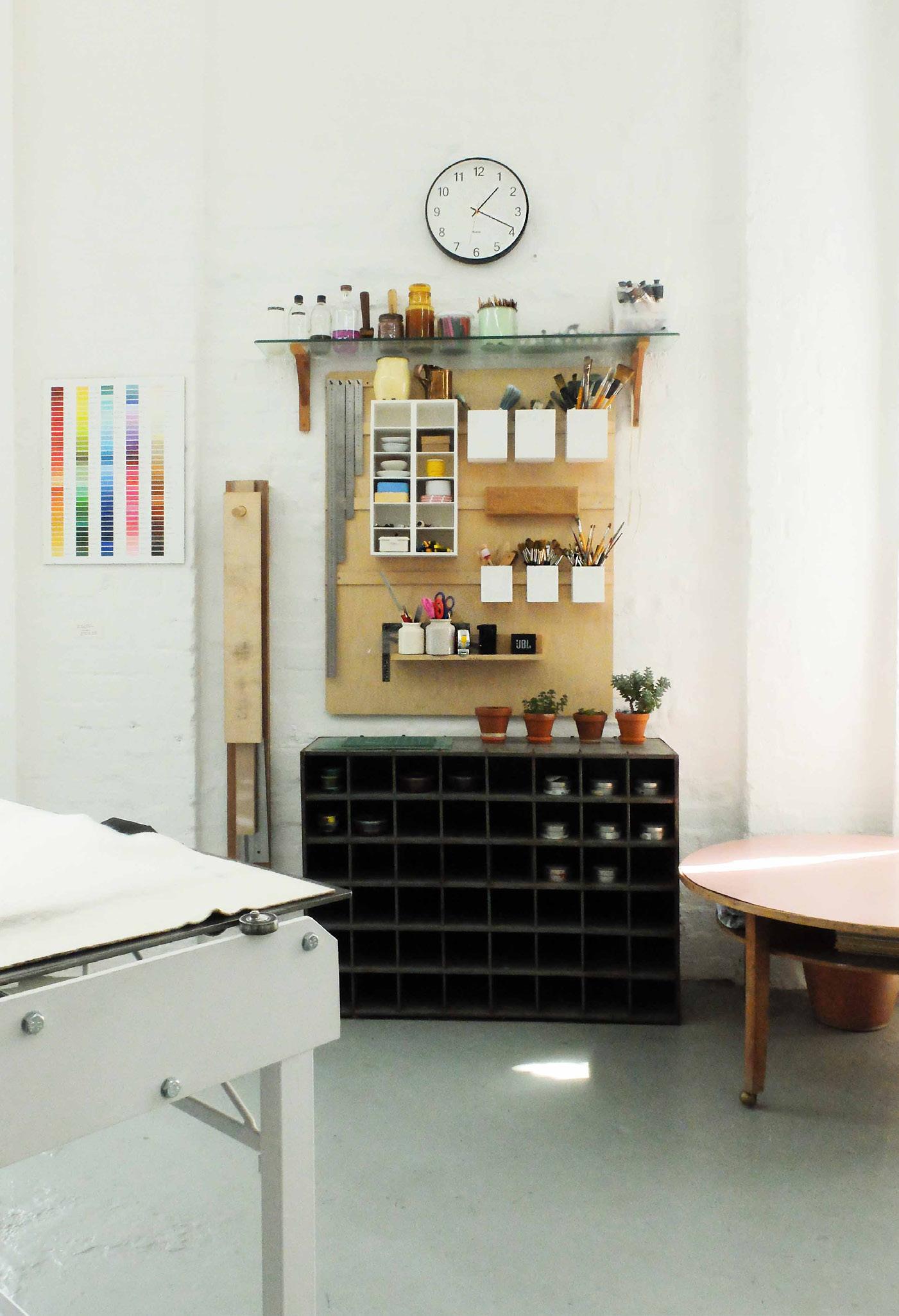
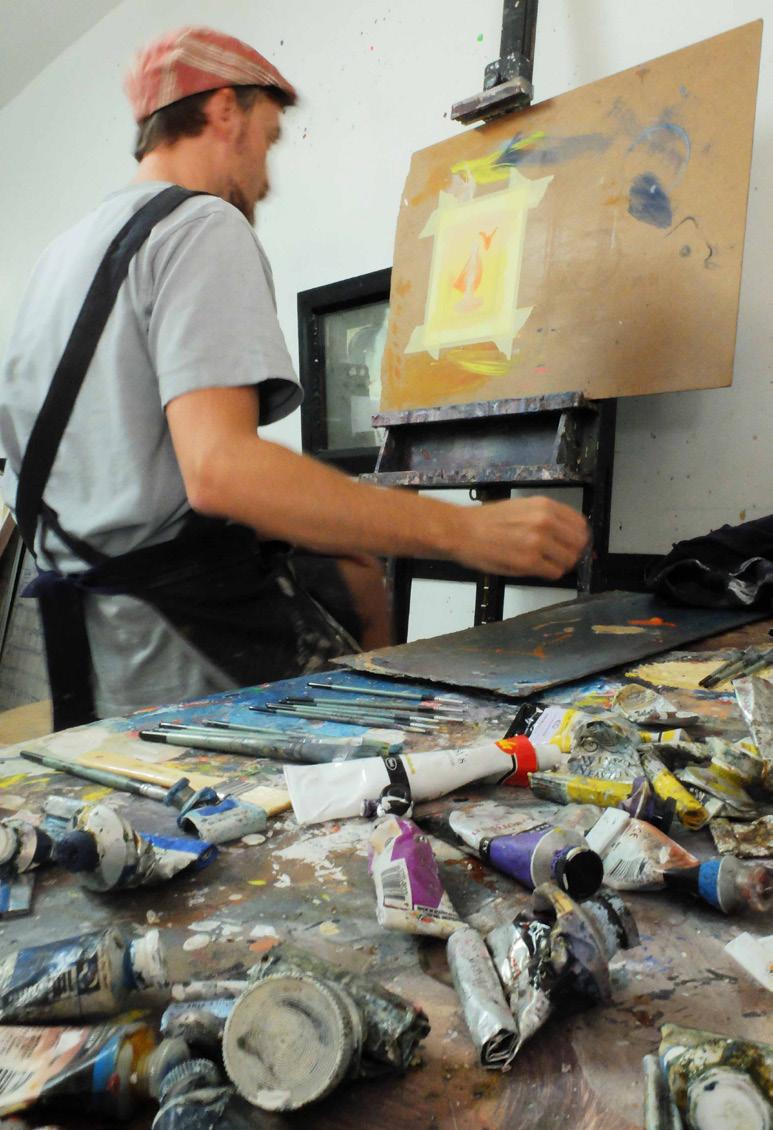
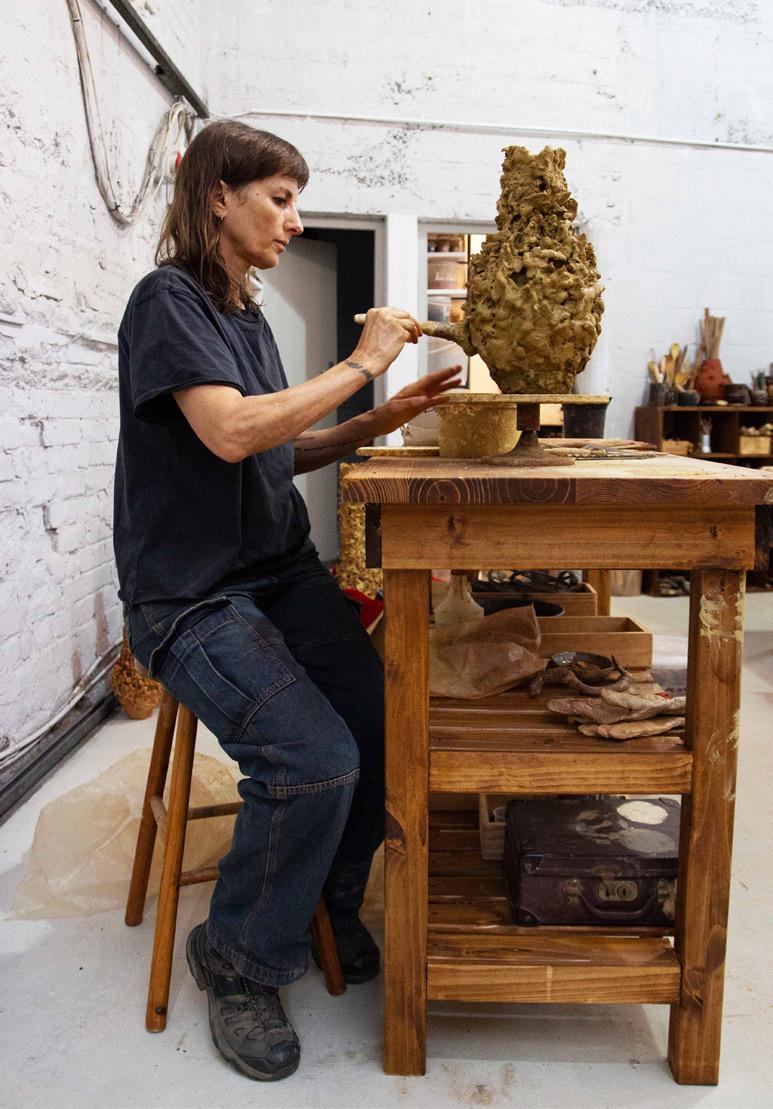
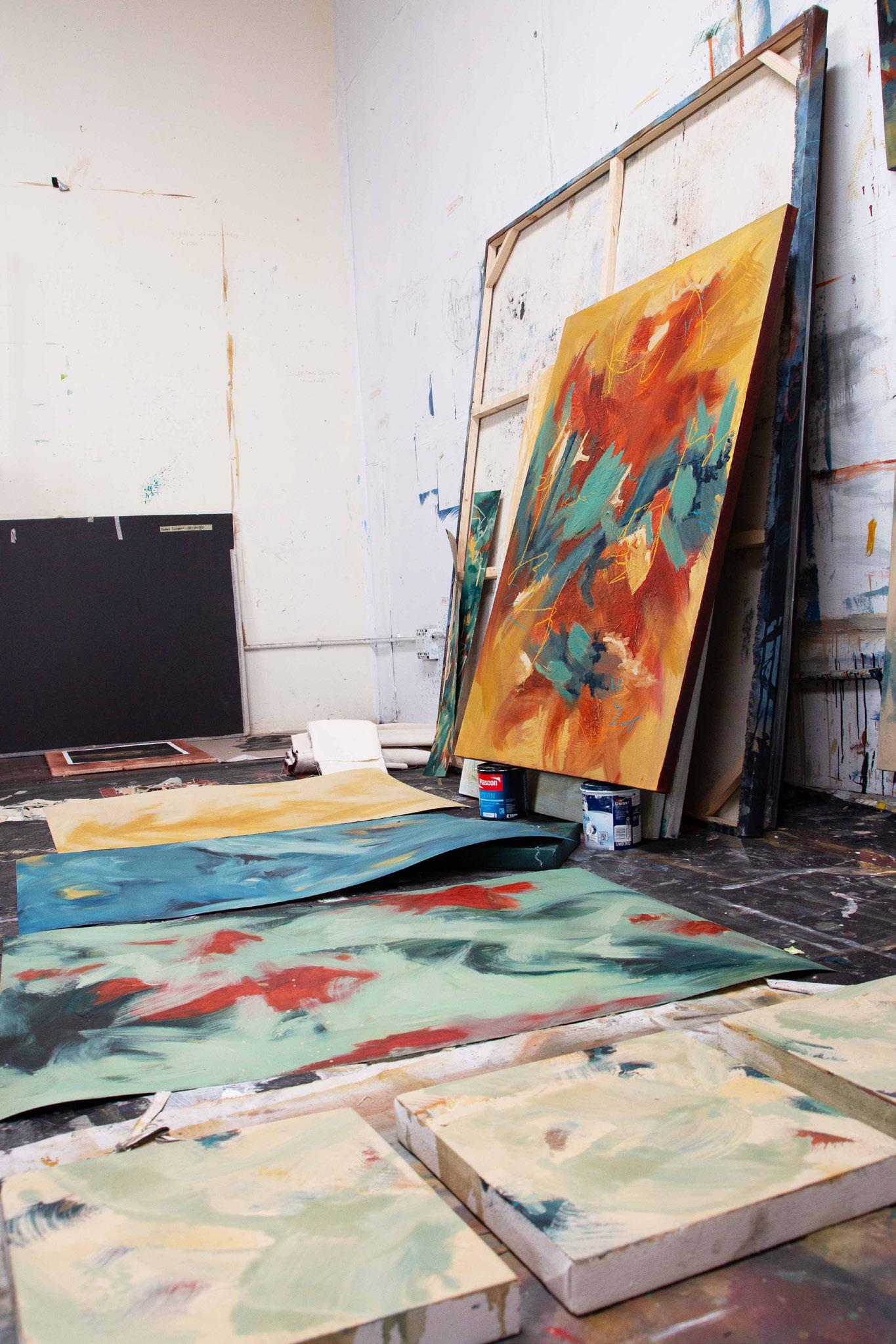
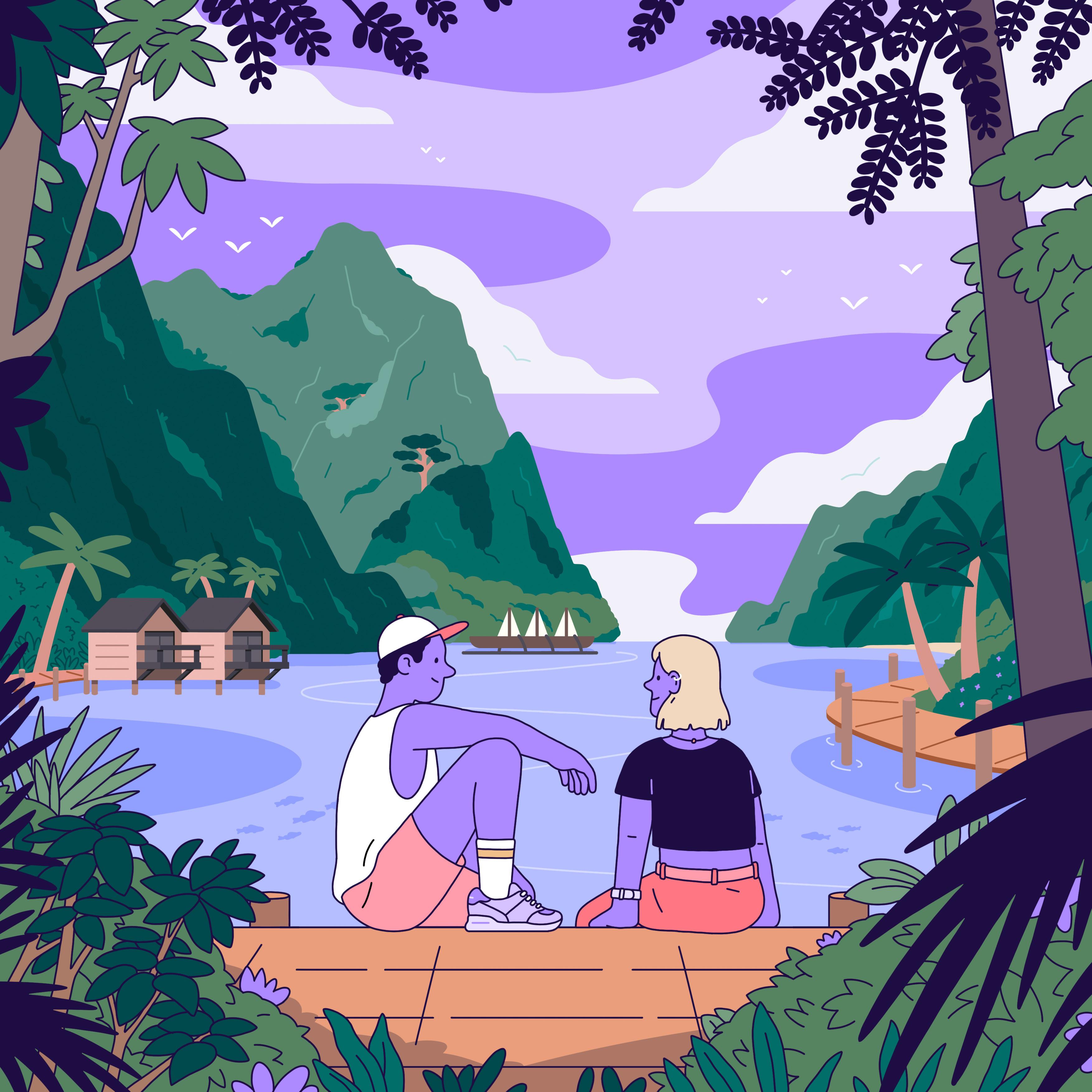

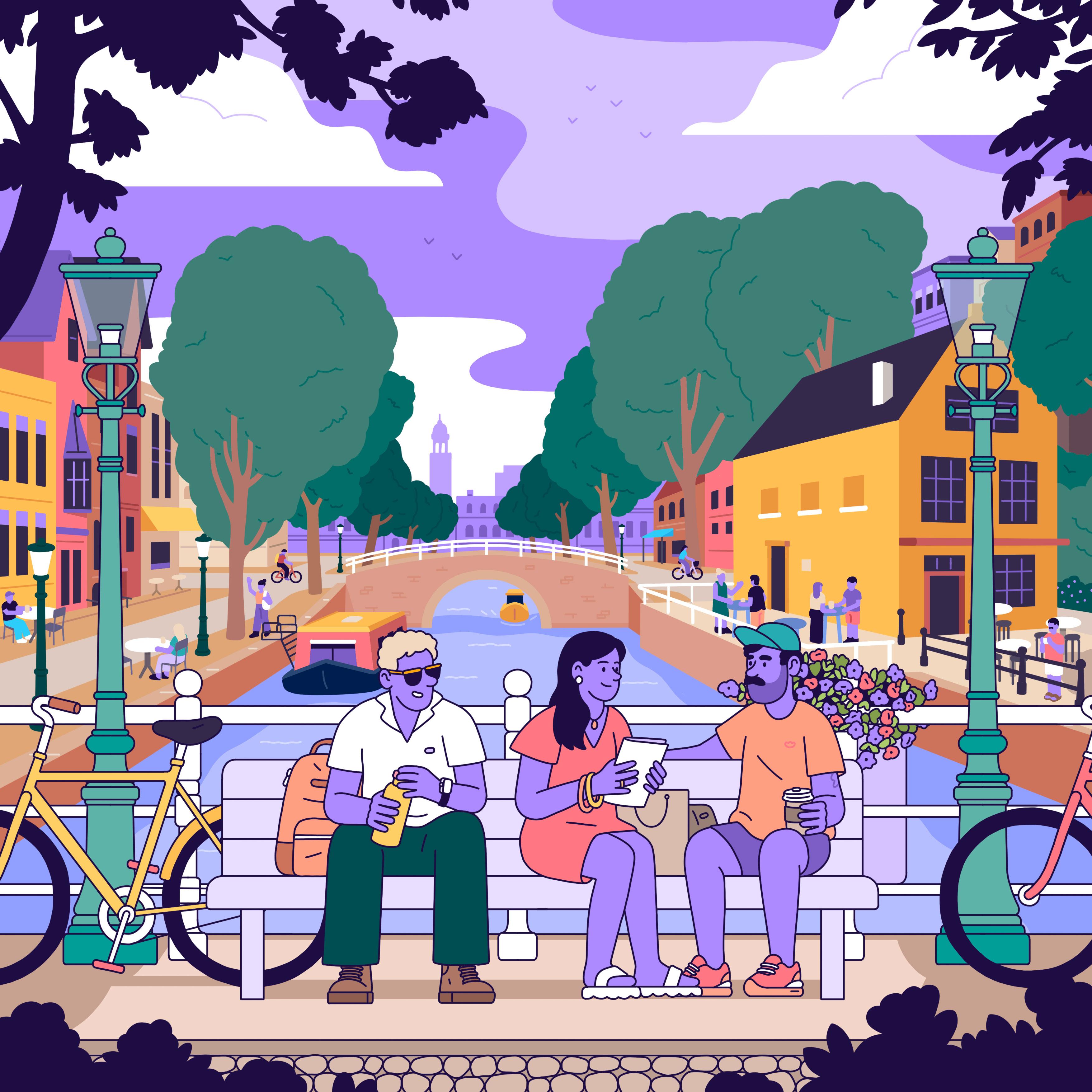
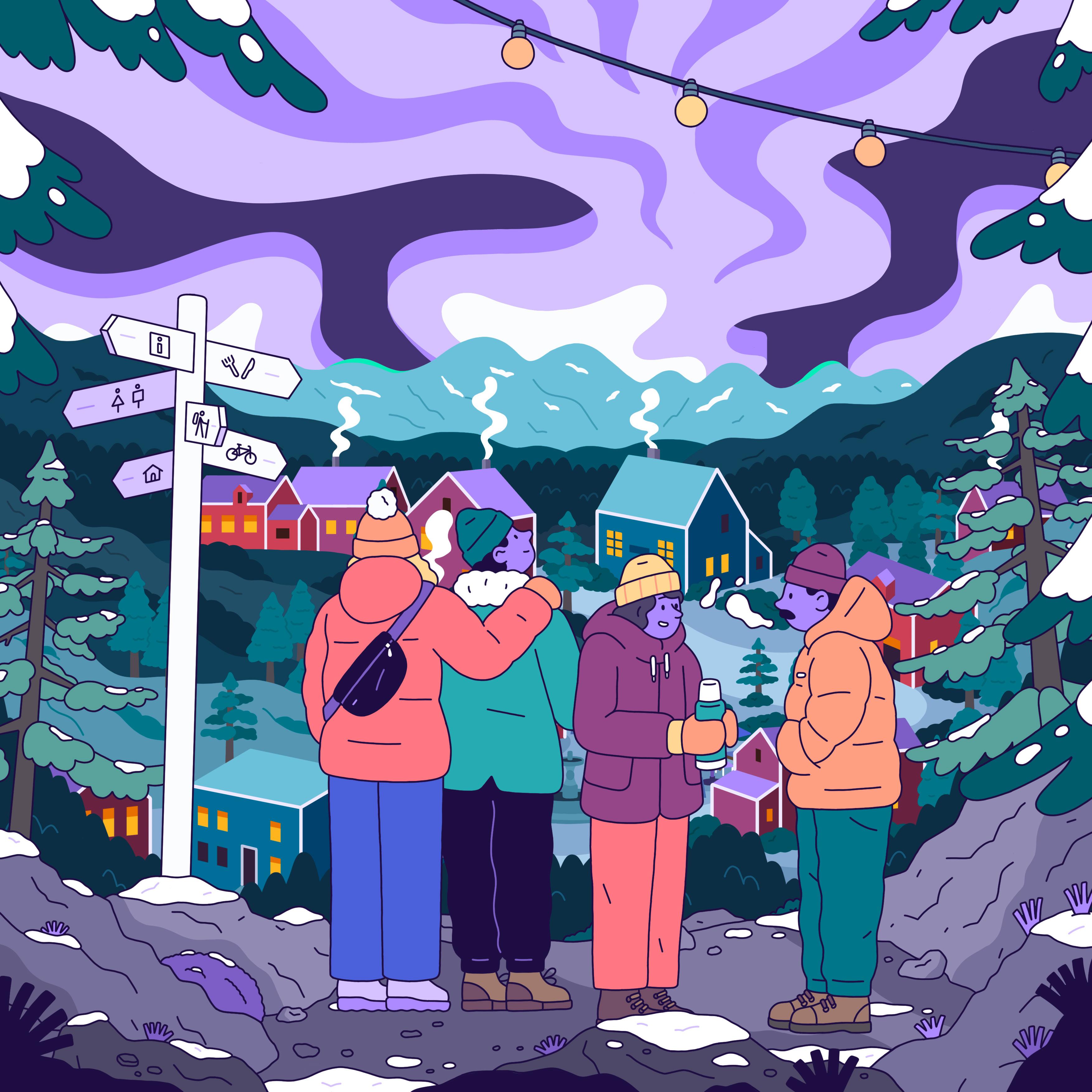
North Shore Group (NSG) is synonymous with excellence in supplies of aluminium and glass products, they equip architects, fabricators, builders and renovators with a comprehensive range of aluminium and glass systems including frameless and framed products for commercial, residential, home improvement and industrial applications.
BY DEON OLIVIER, whose hands-on leadership and commitment to excellence have positioned NSG as an industry leader, the company has applied its architectural expertise to solve common design challenges. "We've always approached our work with a focus on both aesthetics and performance," explains Olivier. "Our Aluminium and glass systems embody that philosophy perfectly, offering homeowners something truly revolutionary."
They work in-house to design, develop and test reliable aluminium systems, hardware and accessories to meet evolving market needs. With more than 30 years of experience, their investments in research and their employees enable them to continuously expand their product range while delivering the highest levels of service and support.
With new innovations emerging from the company's state-of-the-art manufacturing facility located just outside Ballito, NSG continues to refine and develop their extensive product range. Utilising the same precision engineering and quality standards that have made their architectural systems sought-after across South Africa, NSG has created lifestyle components that deliver both visual sophistication and remarkable durability.
If you are seeking solutions that combine striking aesthetics with uncompromising performance, NSG offers a compelling new standard in modern interior and exterior design making them a top choice for architects, developers and home owners alike, you can bet that North Shore Group has the footprint and the track-record to deliver both style and top-quality service.
Visit www.nsgroup.co.za to discover NSG's complete range of architectural glass and aluminium products.
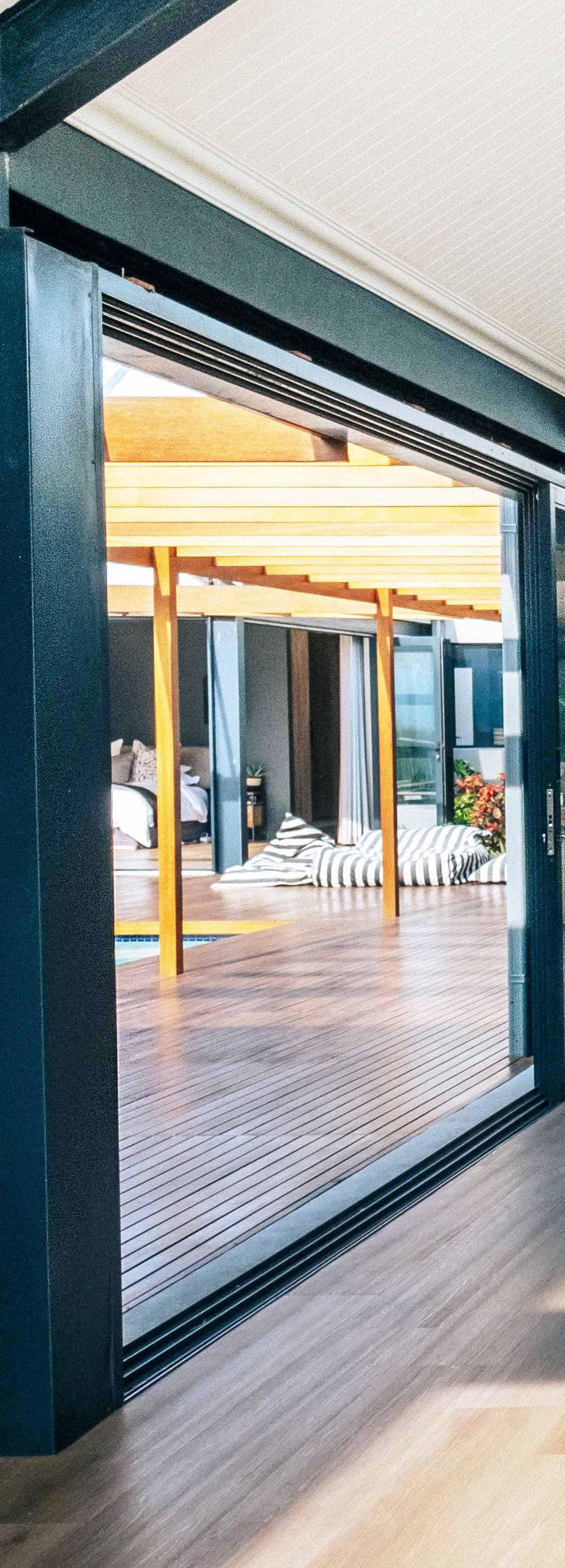
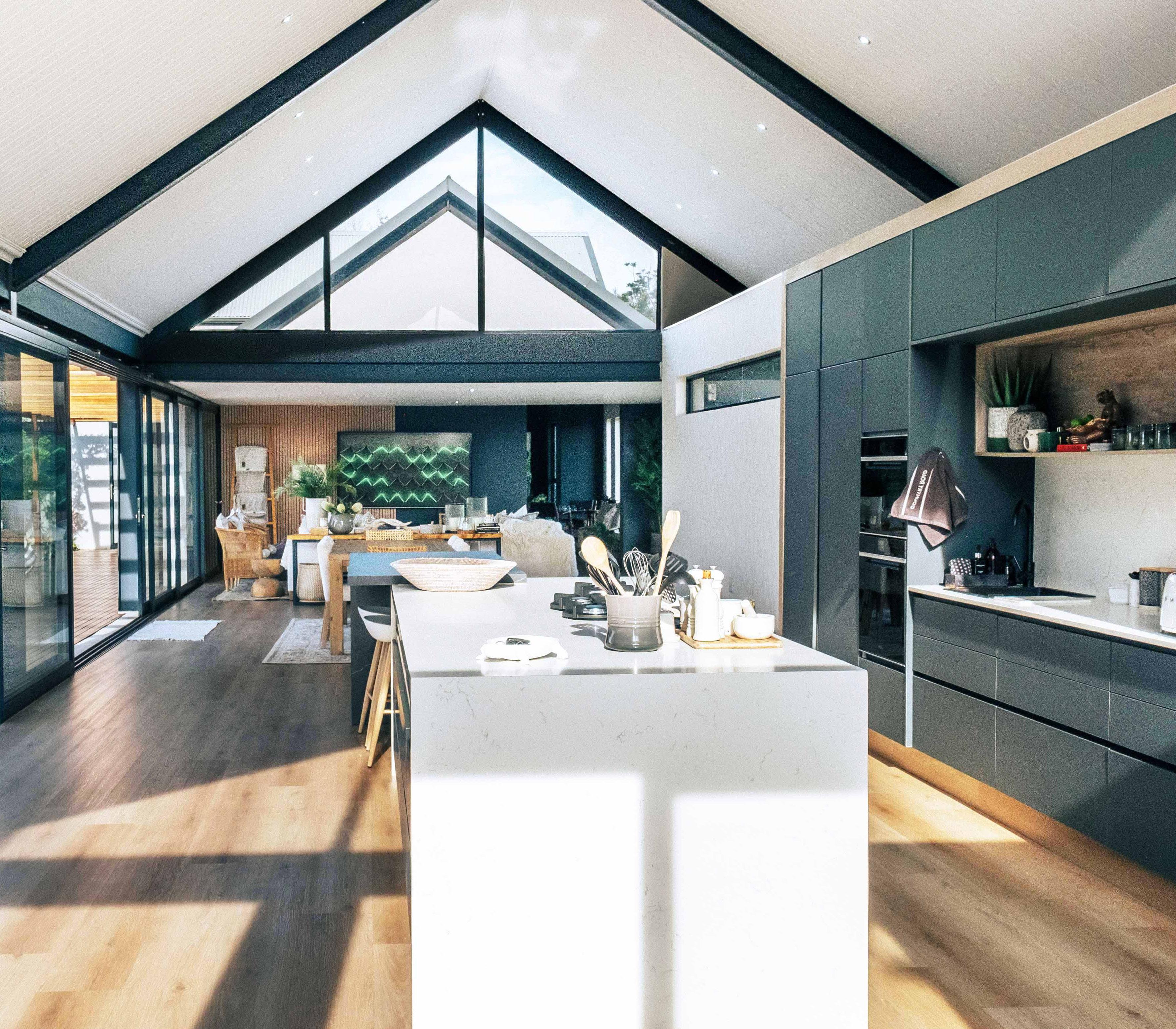
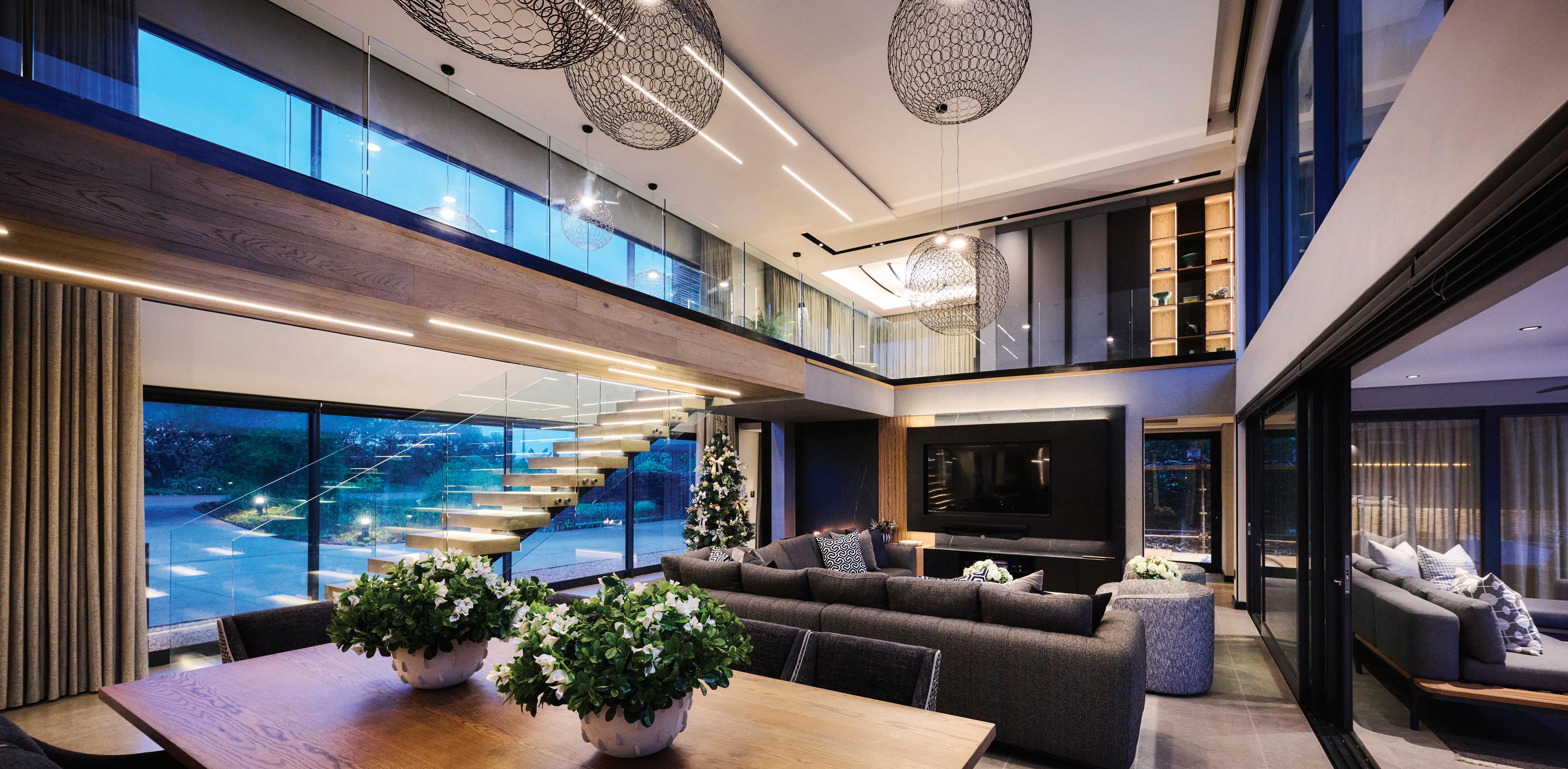
By Stephanie du Preez
IN A WORLD WHERE COASTAL DESIGN IS OFTEN SYNONYMOUS WITH BREEZY WHITES AND SOFT BLUES, THIS LATEST OLALA INTERIORS PROJECT DARES TO REDEFINE THE SEASIDE AESTHETIC BY EMBRACING THE DEPTH AND DRAMA OF BLACK.
When giving the brief to OLALA INTERIORS, this homeowner’s first words were “BLACK is my colour. I LOVE, LOVE, LOVE black.”
This coastal retreat, will ideally one day, be the retirement home for a fabulously vivacious family with two adult children currently studying overseas. Until then, the home will be used as a celebratory abode where families and friends come together to enjoy good food and great company.

Interiors
Cabinetry
Architect
Photography
OLALA INTERIORS
BBD – Built by design
Sidesh

The biggest inspiration for the homeowners when considering the design of the home was tailored finishes, elegant styles and clean modern lines. Lighting played a significant role in this home and the OLALA INTERIORS team went above and beyond to source and specify lighting that not only enhanced individual spaces within the home but to also play an important role in functionality and of course, aesthetics.
Working with young and dynamic architect Sidesh Rajballi, OLALA INTERIORS had the privilege of refining the interior spaces and assisting in the design of magnificent ceiling and lighting layouts and the specification of floor and wall finishes.
This space balances moody elegance with organic textures, proving that dark hues can be just as evocative of the sea as their lighter counterparts. The result is a bold yet sophisticated interpretation of coastal living, where shadows and light play in harmony, and every detail tells a story of contrast, depth, and timeless allure.
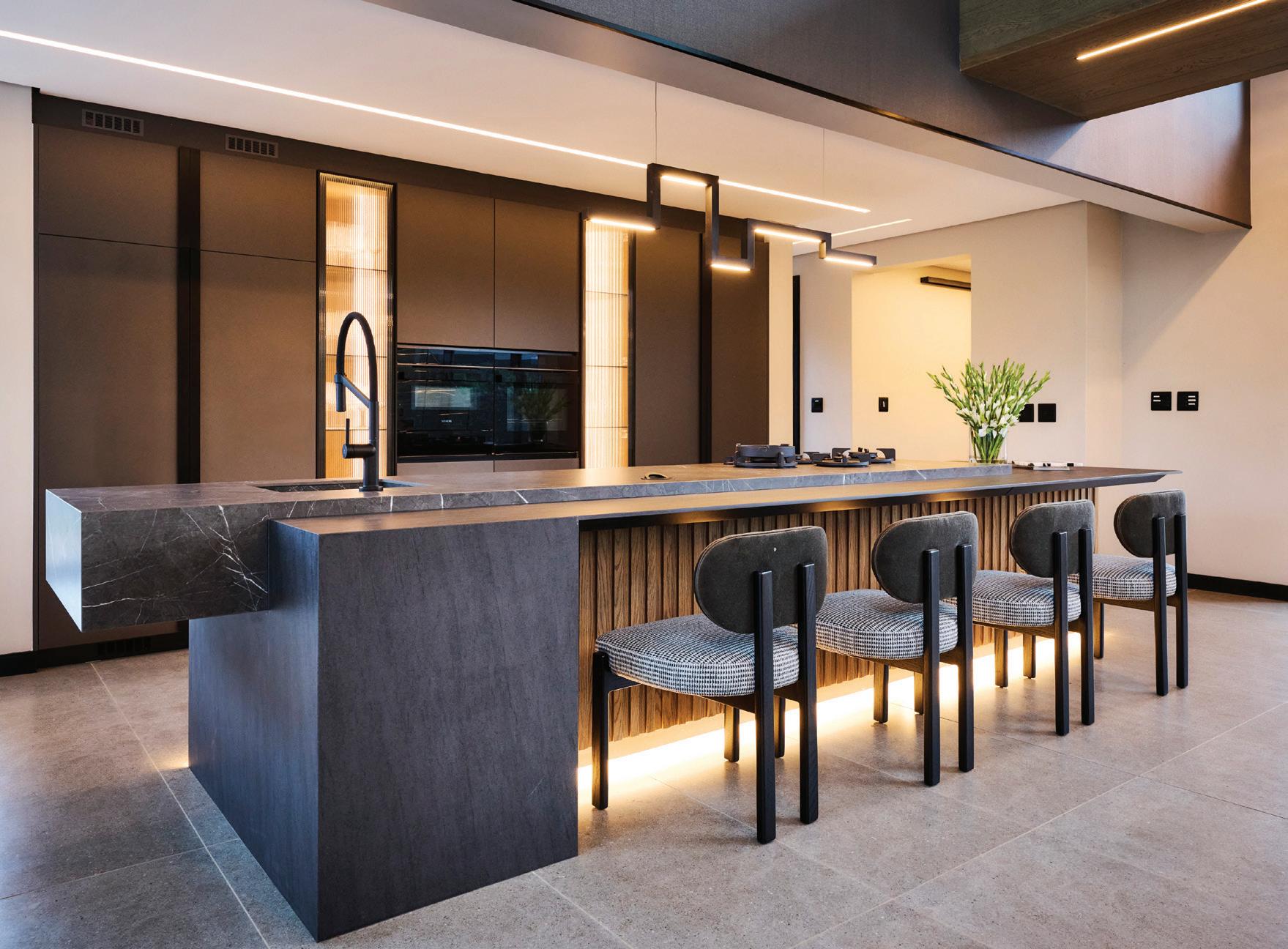
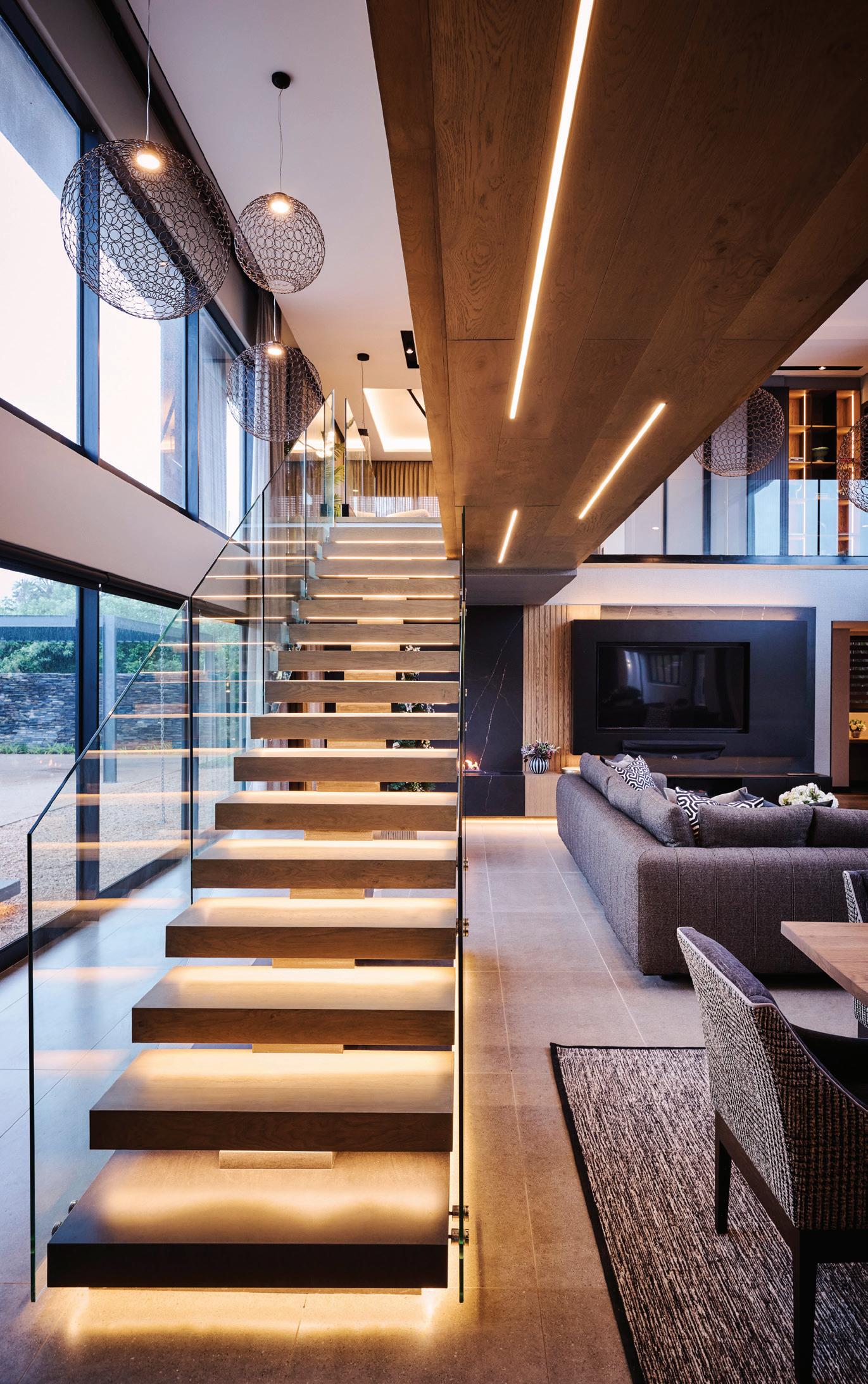

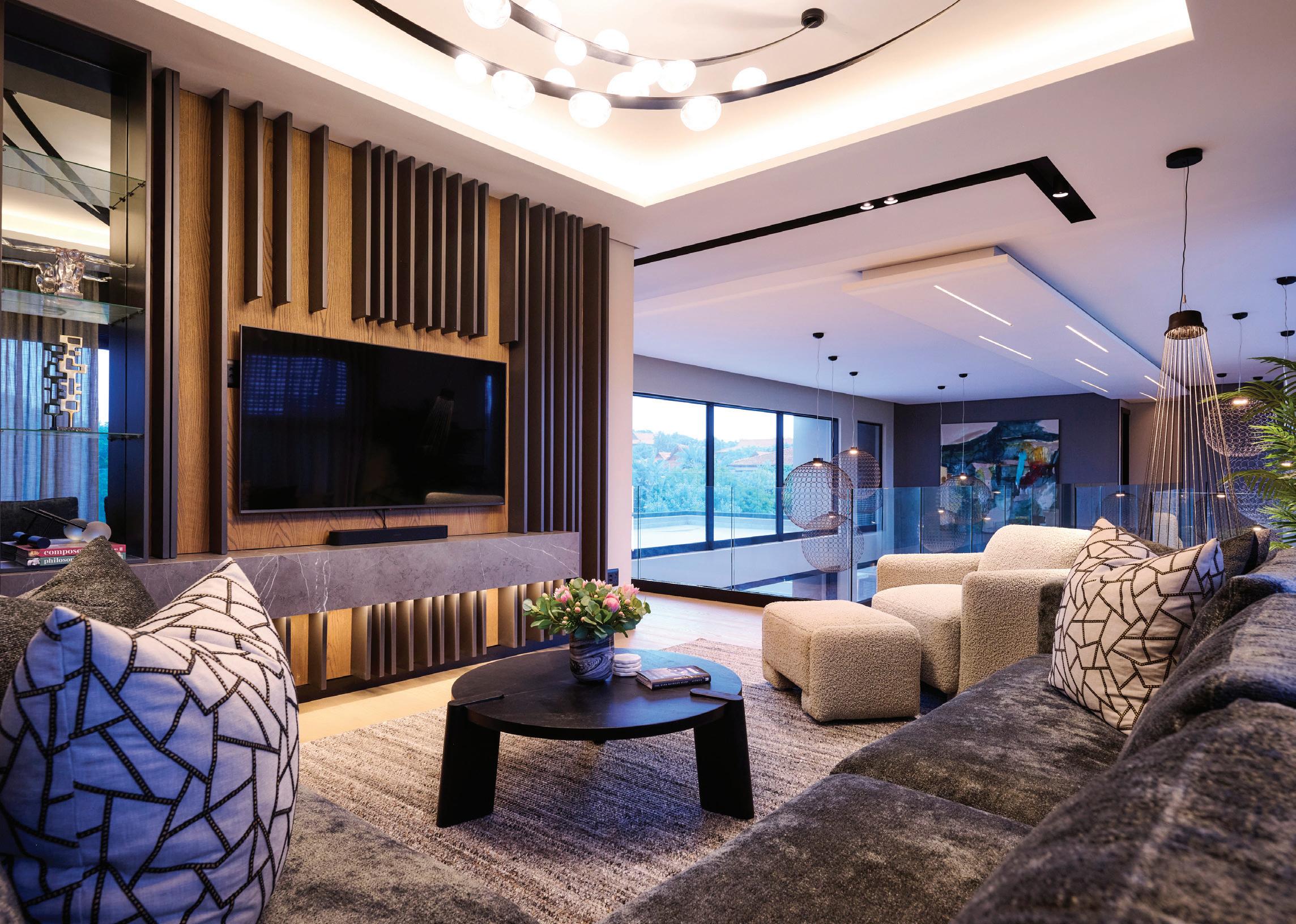
The OLALA INTERIORS team was privileged to design and create both a showroom and separate functional kitchen with pantry as well as magnificent bathrooms and cabinetry to compliment the beautiful architectural design of the home.
Every interior detail was mindfully considered and curated by the OLALA INTERIORS team…from deliciously sumptuous fabrics, luxuriously textured
wallpapers, the play between vertical and horizontal rhythms, the clever use of light and space - all give the client’s their ultimate wish: A bold, dramatic, and sophisticated home with depth, contrast, and balance. In short, a home with striking visual impact.
This home has a powerfully calm presence, and oozes a unique and captivating energy, confident in its style and elegance.
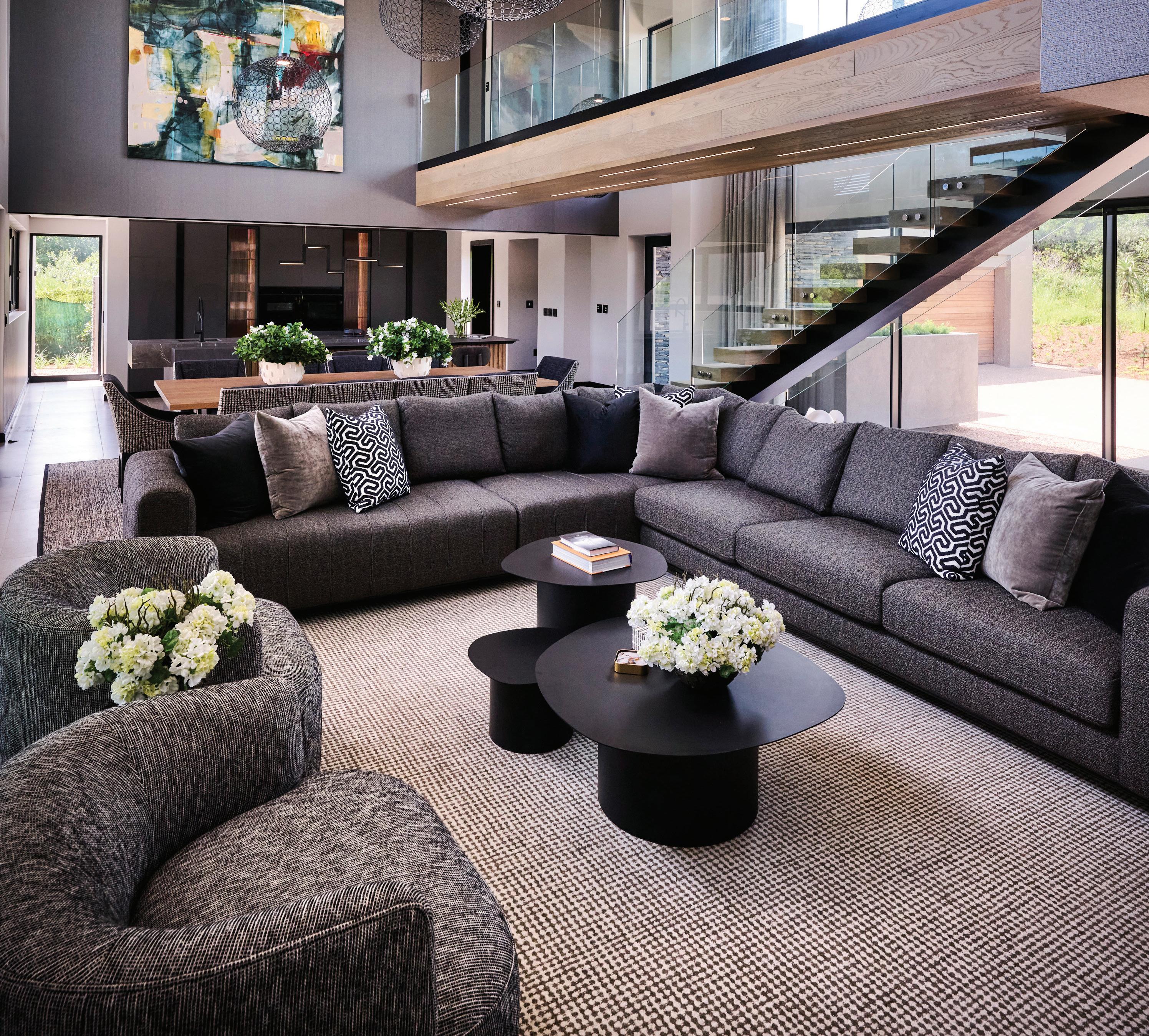
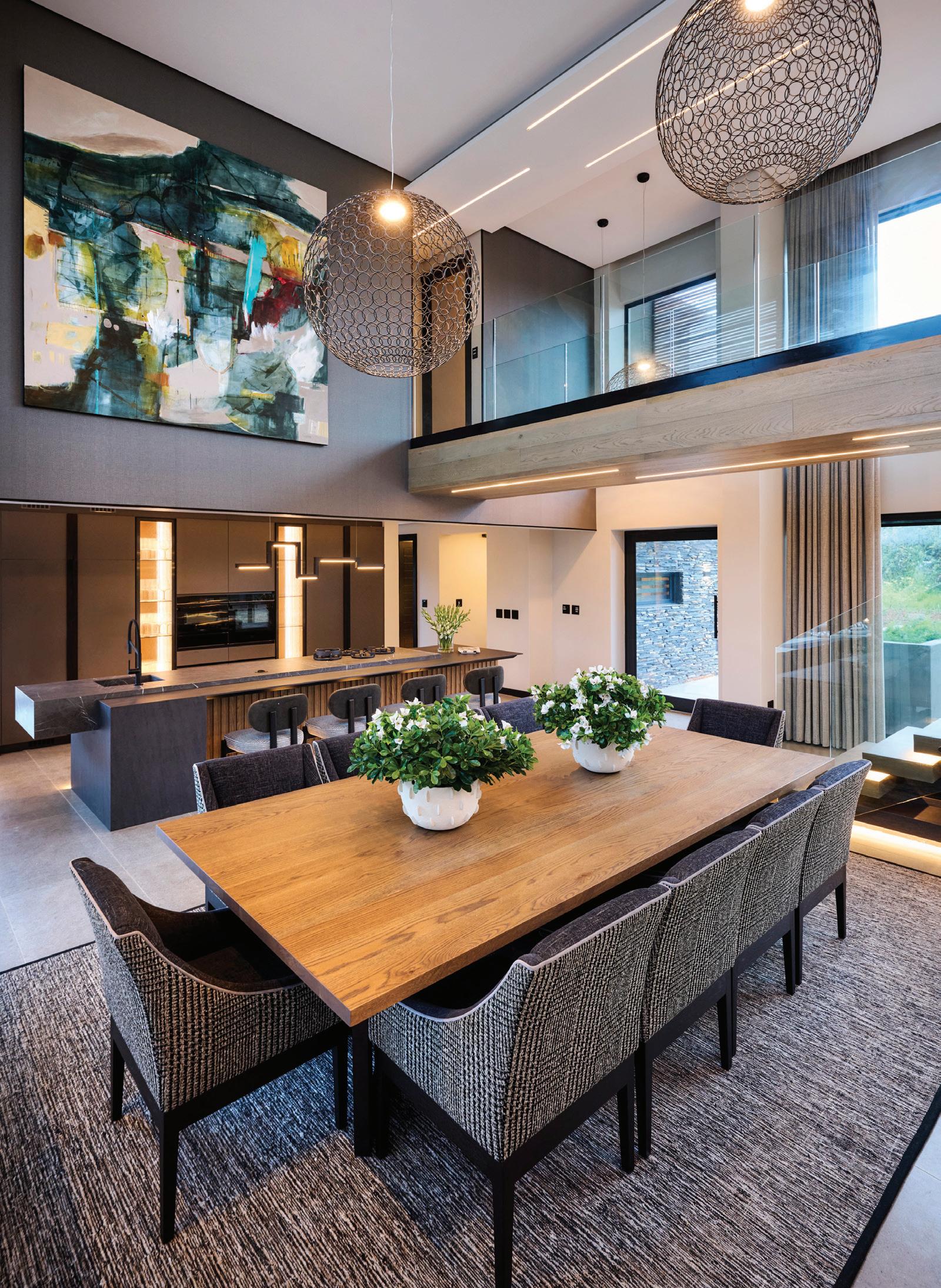
OOOOOOOH, BLACK!
OOOOOOOH, BLACK!
The bold use of black as the dominant color creates an atmosphere of sophistication and strength, while the carefully selected textures and materials Add layers of comfort and tranquility.
The bold use of black as the dominant color creates an atmosphere of sophistication and strength, while the carefully selected textures and materials Add layers of comfort and tranquility.
CONSIDERED DESIGN THROUGHOUT
CONSIDERED DESIGN THROUGHOUT
Every design element is deliberate and thoughtful. The furnishings, finishes, and layout all come together to create an environment that is both visually striking and effortlessly calm, reflecting a confidence that feels rooted in quiet elegance.
Every design element is deliberate and thoughtful. The furnishings, finishes, and layout all come together to create an environment that is both visually striking and effortlessly calm, reflecting a confidence that feels rooted in quiet elegance.
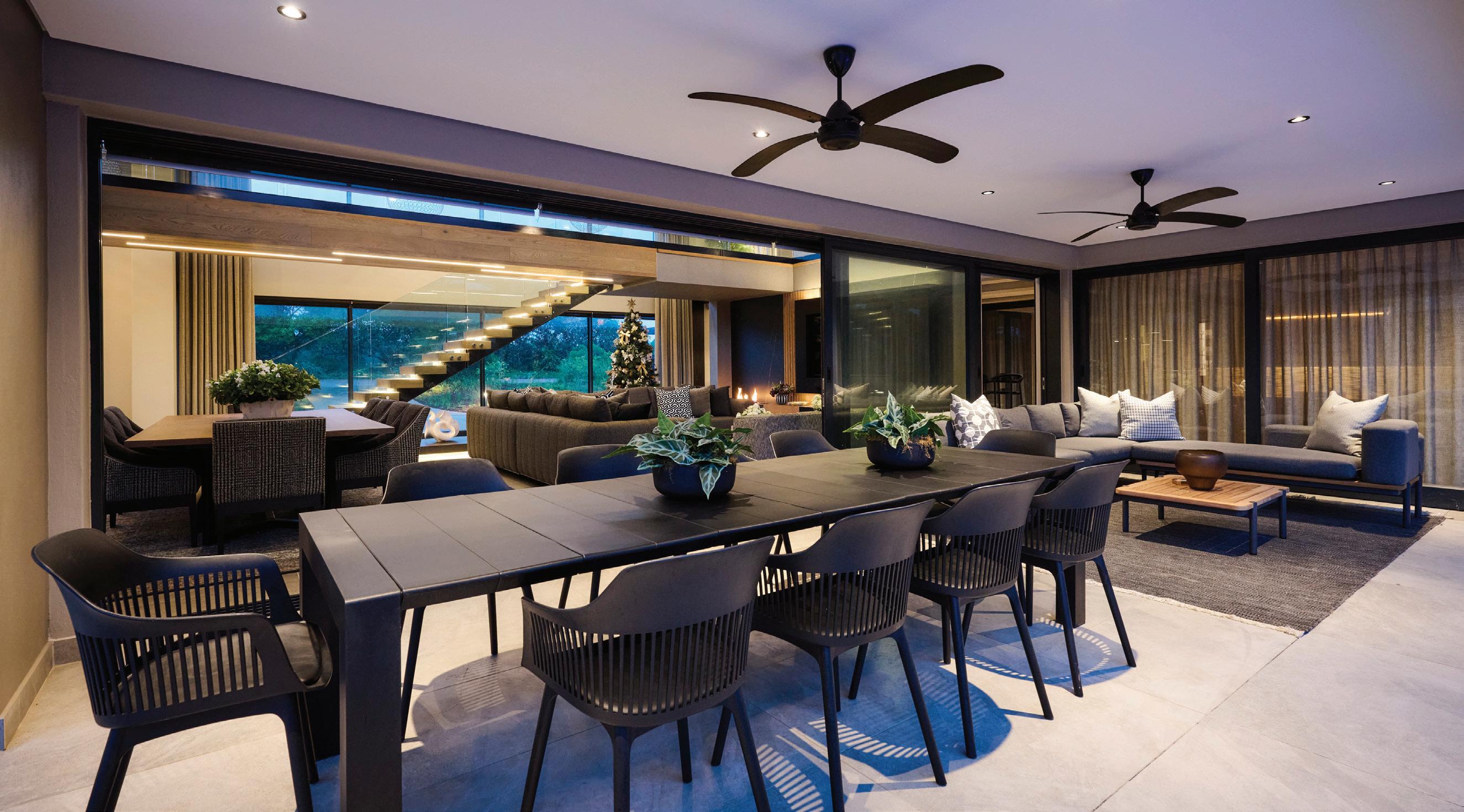
Luxury, sublime and subtle, or bold and fabulously over the top. This underpins the design style of the OLALA INTERIORS team. With over 30 years of good standing in the interior design world, OLALA INTERIORS celebrates crafting and curating interiors that radiate responsive, mindful design.
Luxury, sublime and subtle, or bold and fabulously over the top. This underpins the design style of the OLALA INTERIORS team. With over 30 years of good standing in the interior design world, OLALA INTERIORS celebrates crafting and curating interiors that radiate responsive, mindful design.
With meticulous attention to detail, an unrivaled luxury design expertise, and a unique approach to interiors, this award-winning team of designers and craftsmen create perfect habitats for discerning clients. Quality workmanship and luxurious finishes underscores each and every installation.
With meticulous attention to detail, an unrivaled luxury design expertise, and a unique approach to interiors, this award-winning team of designers and craftsmen create perfect habitats for discerning clients. Quality workmanship and luxurious finishes underscores each and every installation.
OLALA INTERIORS know the importance of authenticity and treat all projects in a unique way to develop their own personality, signature and style. Clients are assured of always receiving the very best service.
OLALA INTERIORS know the importance of authenticity and treat all projects in a unique way to develop their own personality, signature and style. Clients are assured of always receiving the very best service.
info@olalainteriors.com | +27 87 550 5200 | WWW.OLALAINTERIORS.COM
info@olalainteriors.com | +27 87 550 5200 | WWW.OLALAINTERIORS.COM
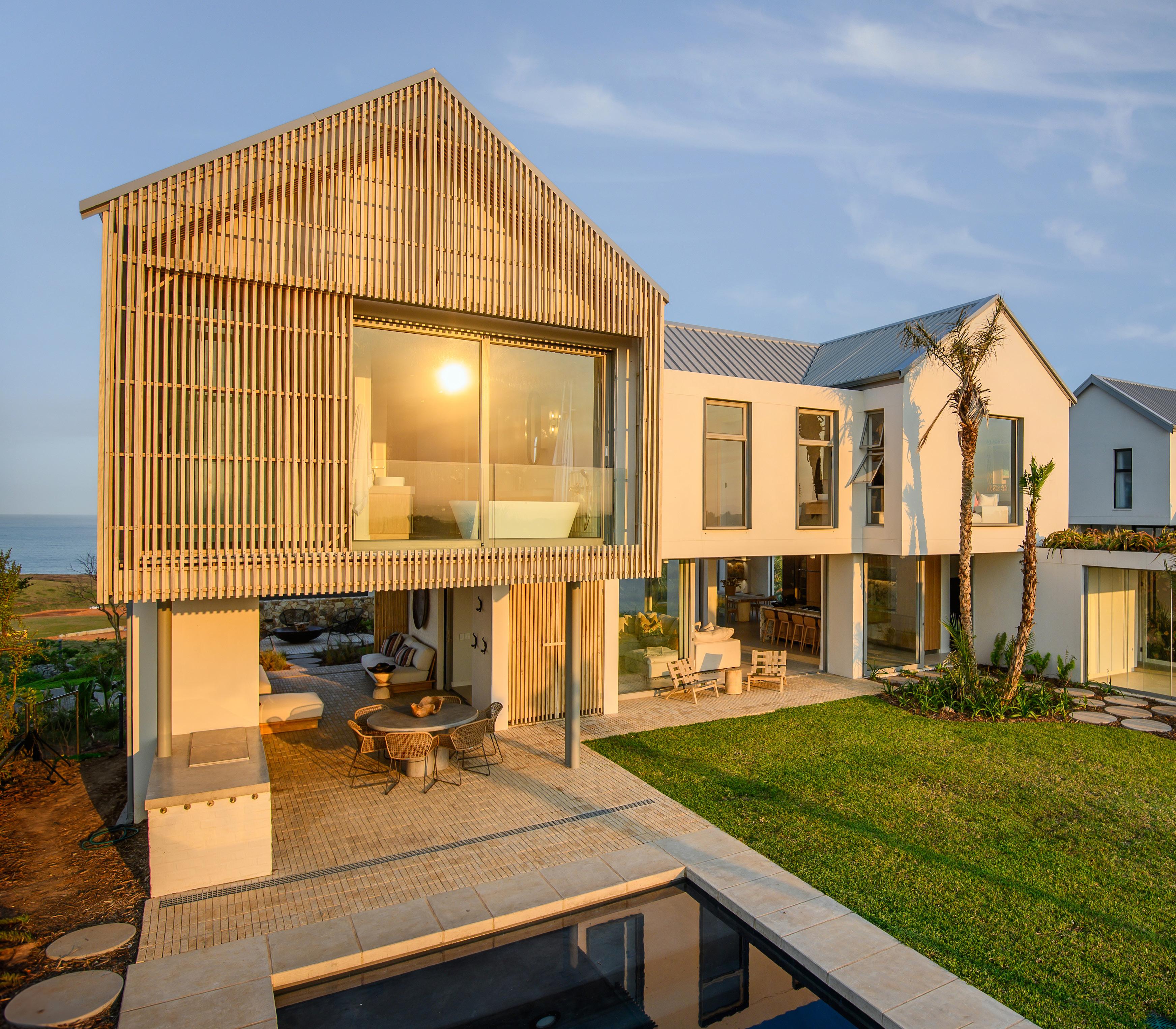
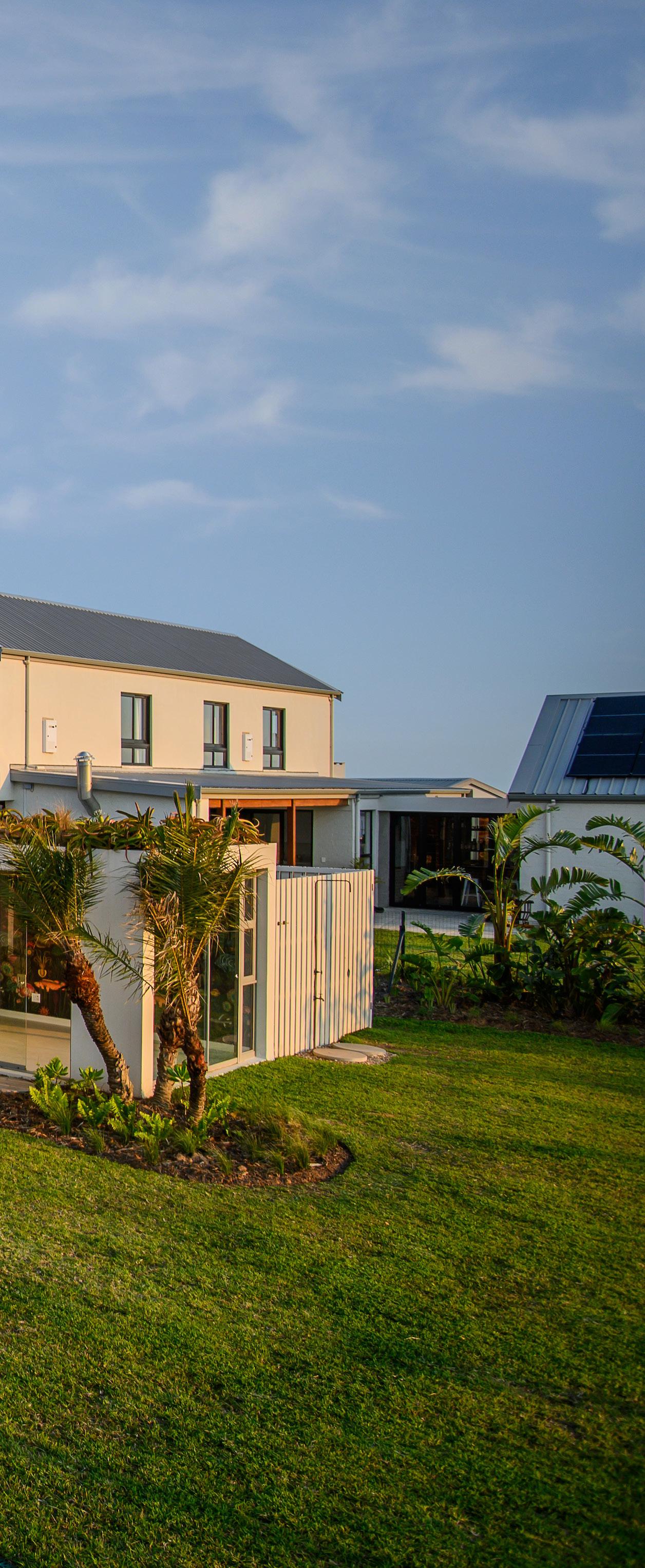
LAMBIE, former Springbok flyhalf, has just wrapped up building his dream home at Seaton Estate on the North Coast. Now settled in their new coastal haven, he’s reflecting on the journey and sharing some useful tips for anyone looking to create a home that’s as beautiful as it is functional.
Seaton Estate, with its sea views, open spaces, and a focus on community living, was the right choice for Pat and his family. With everything from walking trails to sports facilities and direct beach access, the place is all about outdoor fun, family time, and living a healthy, active lifestyle. But the build didn’t come without its challenges. One of the biggest hurdles was the delay in getting materials because of shipping backlogs. Pat’s advice is to keep it local. Sourcing materials nearby can save you from long waits and help you keep your project on track.
From a design perspective, natural light and airflow was a priority. Shared bathrooms upstairs instead of ensuite ones made the space feel lighter and more open. It's simple, but maximizing light and air flow really does make a home feel more comfortable and energy-efficient.
Living at the coast, Pat wanted his house to seamlessly flow into the garden and patio, so the family could enjoy the stunning views and a fresh sea breeze every day. For anyone building near the coast or in a scenic spot, making sure your home connects with the outdoors is key.
The materials for the build were chosen to last. Timber, stone, and off-shutter concrete were picked because they look good and will stand the test of time. Whether you're building now or years down the road, picking materials that are both beautiful and durable is always a win.
The paperwork was a bit of a trial, but planning can go a long way in avoiding stress later. It's all about staying organised and ahead of the game. While resale value is always a factor to consider, Pat’s main focus was on creating a space that fits the family’s needs and lifestyle. A home should reflect who you are—what you want, what you need, and what makes you happy.
There were definitely some highlights in the building process. Like when they finally completed the roof—it was a huge milestone that called for a celebration with the team. It’s easy to get caught up in the pressure of the build, but taking a moment to appreciate these milestones makes the whole journey a lot more enjoyable.
who understand your vision is key to making sure everything turns out just right.
Choosing the right community to settle in was also super important. Seaton Estate was the ideal place because it’s not just about the house—it’s about being part of a community that you like. When you're building, don't just think about the house; think about where you'll be living and how that fits into your life.
Now that the home is complete, Pat and his family are excited to start making memories in their new space. After all, building a home is more than just about the structure— it’s about creating a place where life can unfold in all the best ways.
Flexibility was also crucial. Not everything goes according to plan, so staying patient and adaptable helped them navigate the inevitable bumps in the road. Having a team of professionals www.seatonestate.co.za.
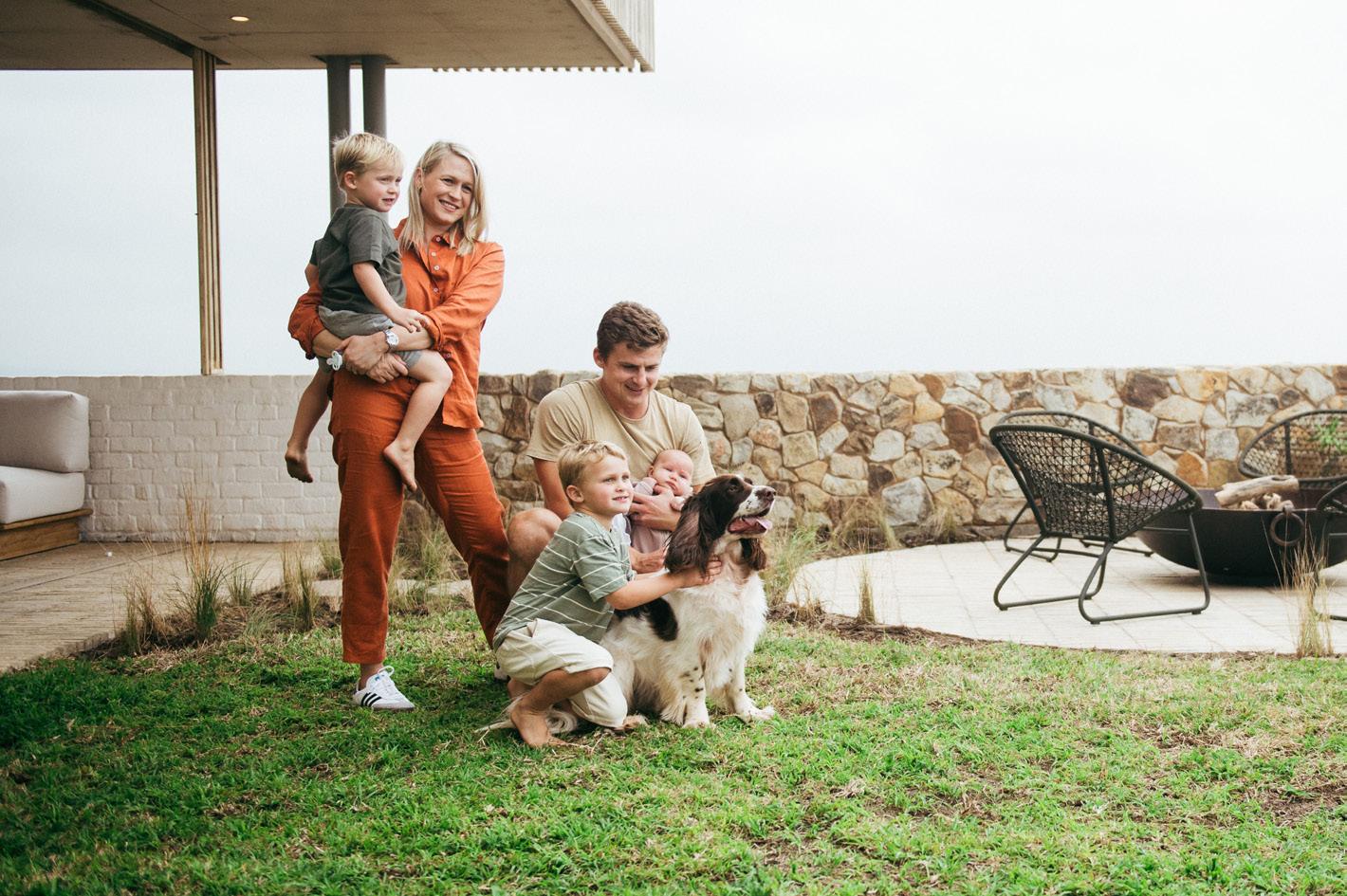


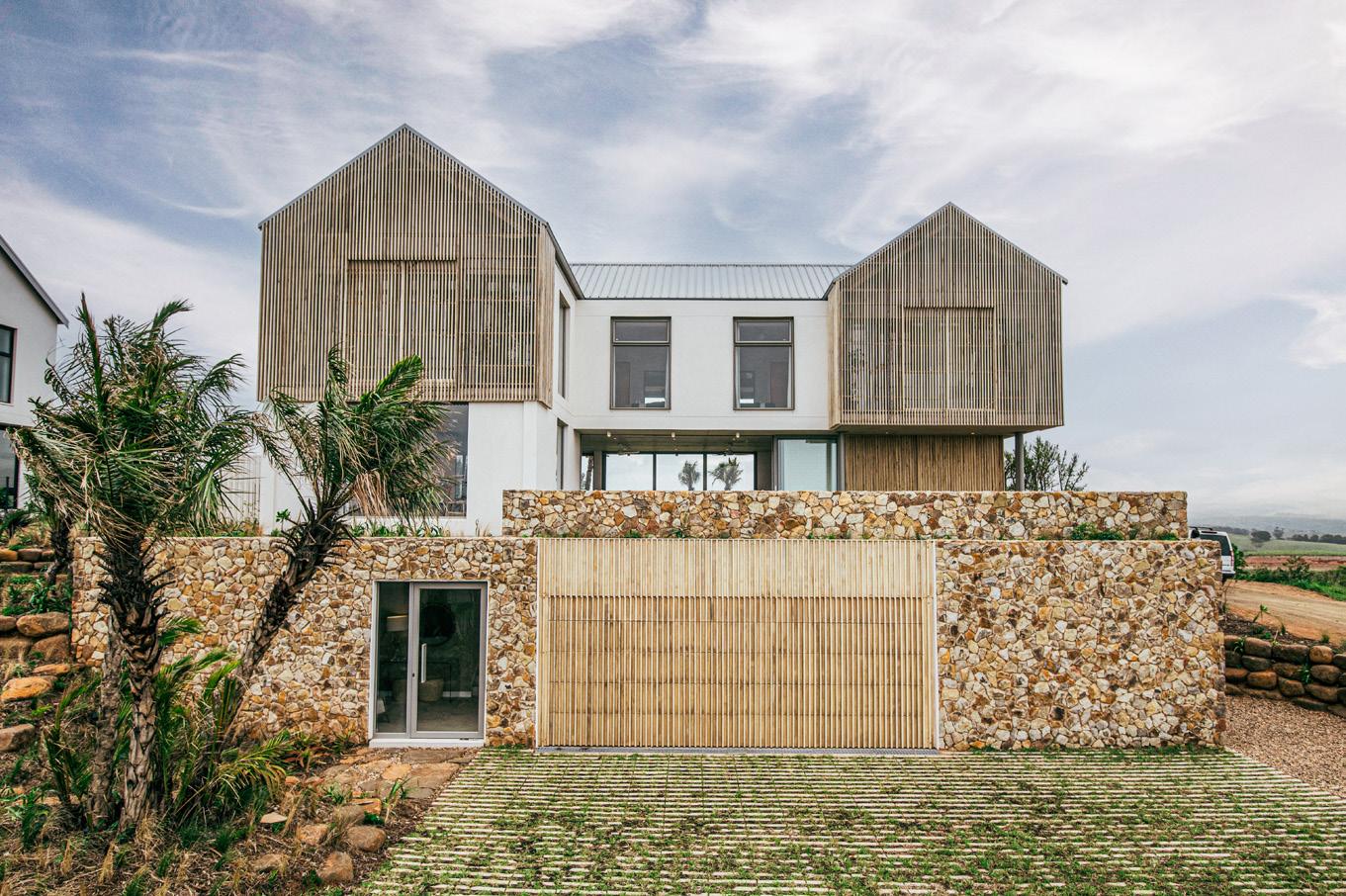
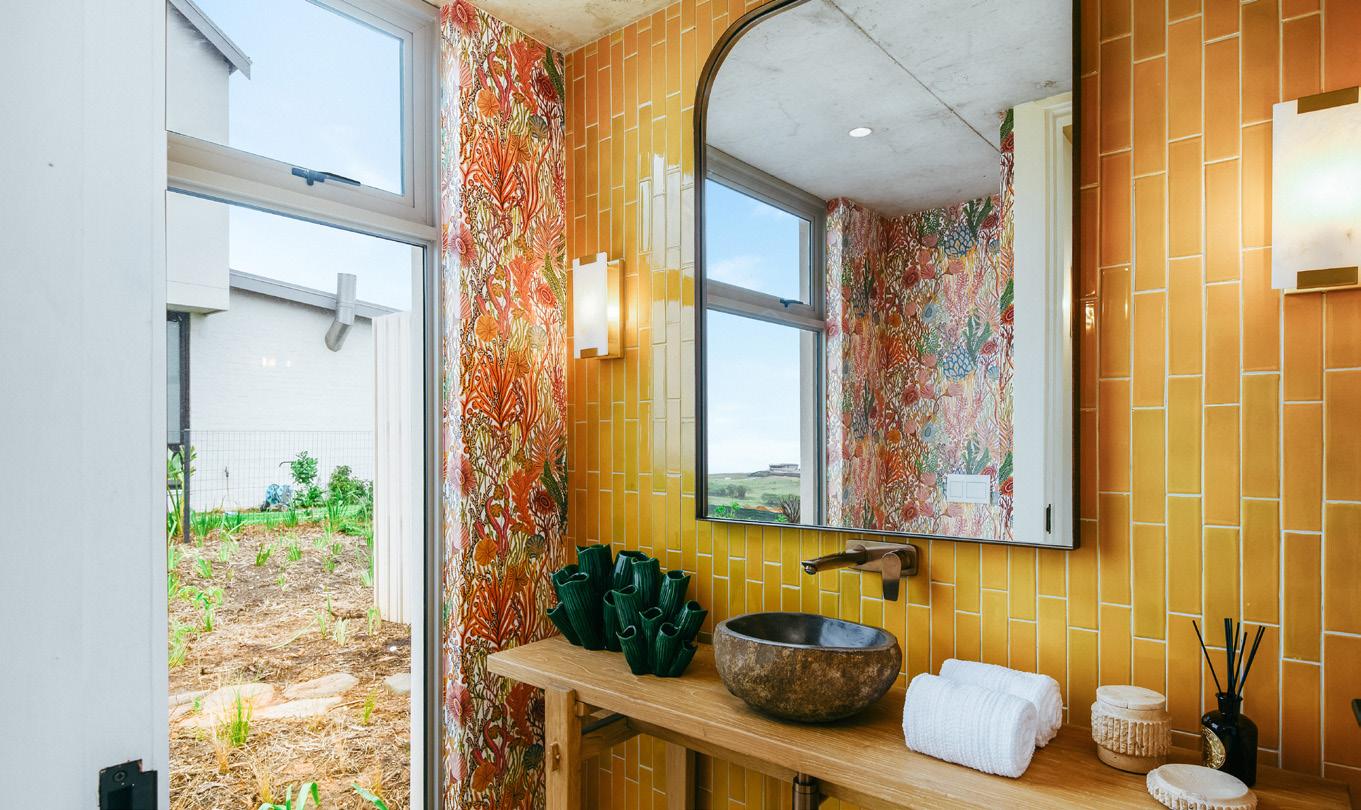
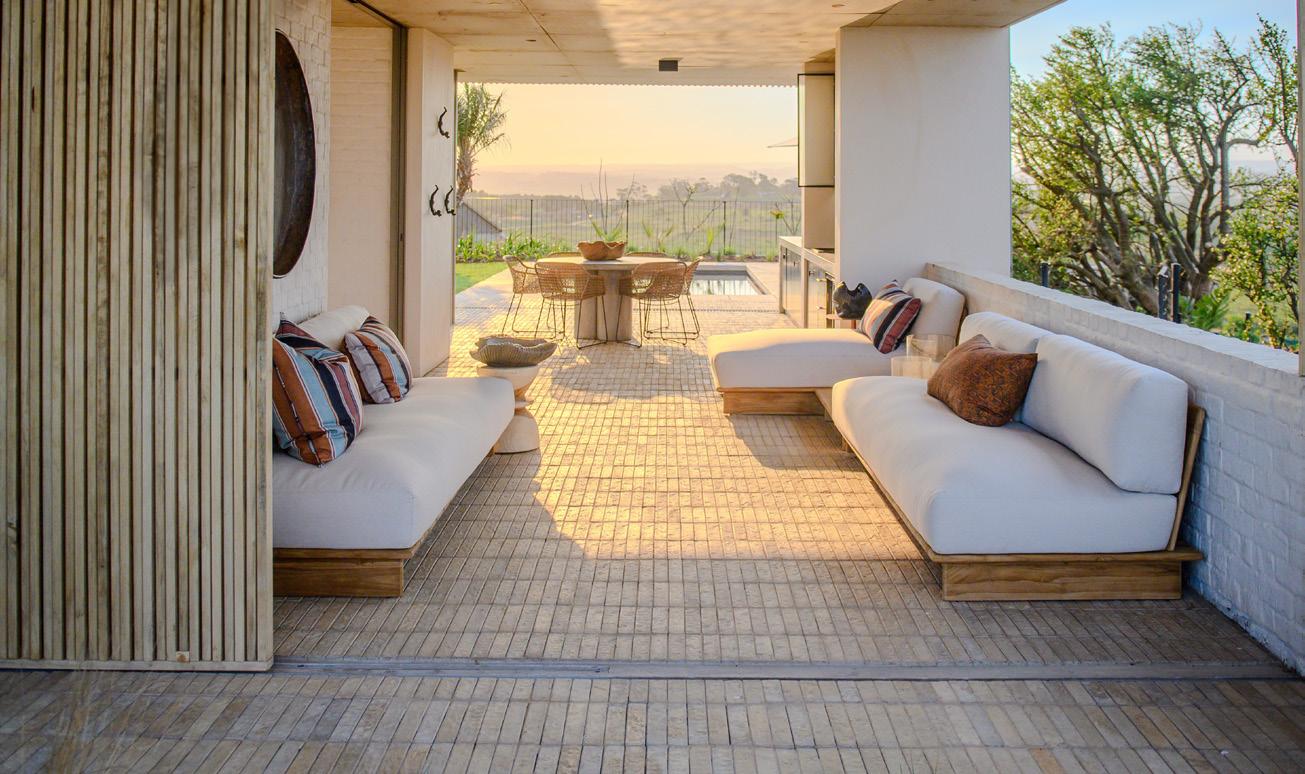
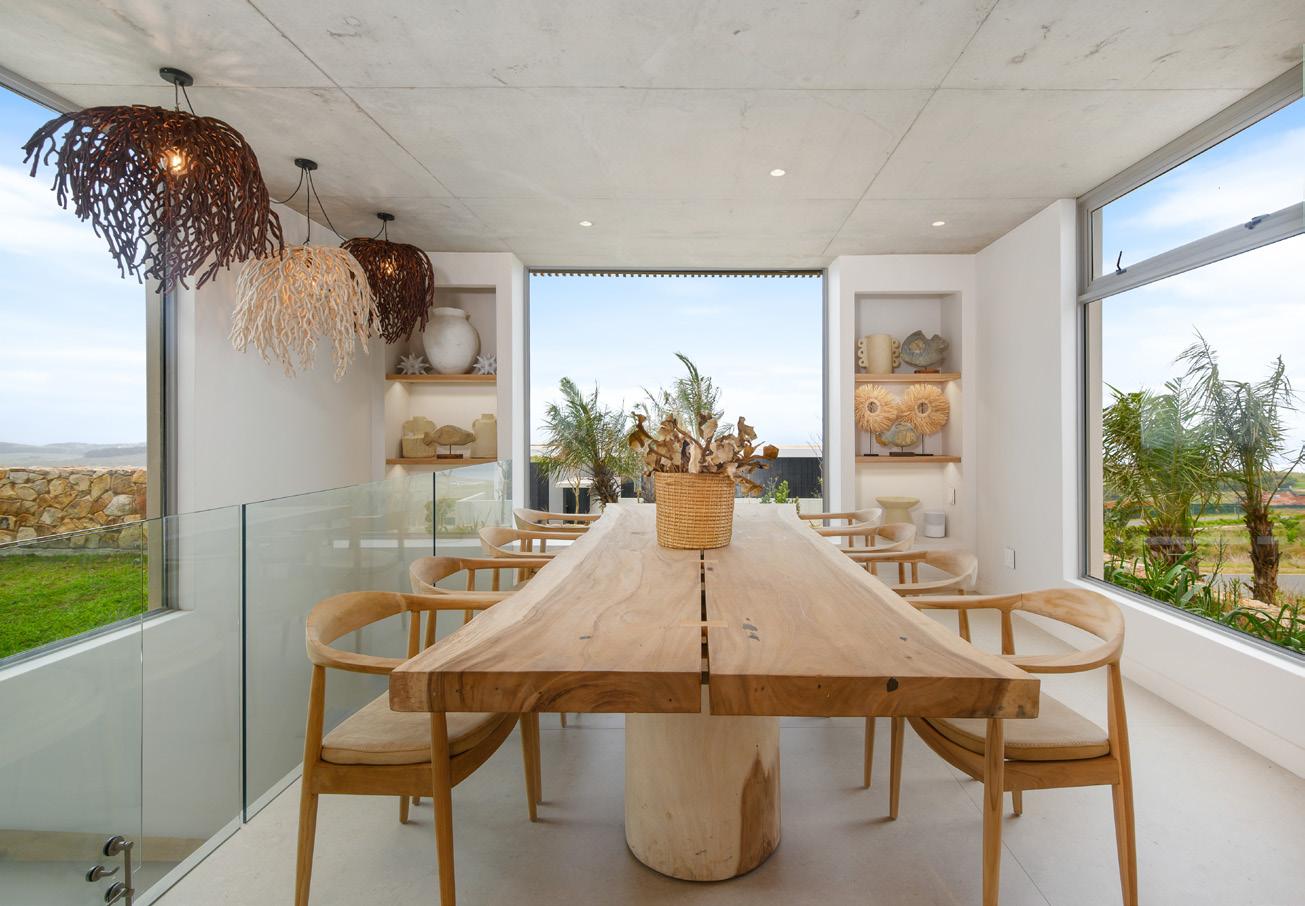

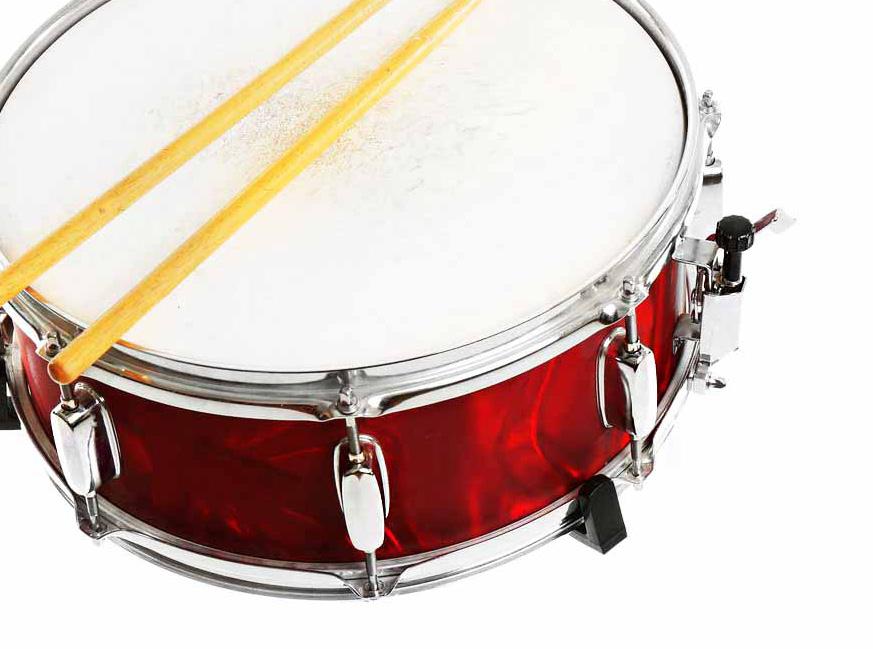
Words: Shannon Devy
MY FIRST drum kit when I was about 11 years old. My mom was a single parent, so the kit was a rental – a basic beginner’s kit with two clunky cymbals. It was a little rusty, a bit banged up and badly out of tune. I couldn’t have loved it more.
It arrived just before the long December school holidays. At the time, we lived in a small home in a sleepy suburb in Cape Town. The room I shared with my sister barely accommodated the bunk bed and exploding chest of drawers, so it couldn’t go there. I set it up in the living room for a bit, but the way my poor 80-year-old grandmother would shriek in her easy chair and cover her ears whenever I tried to practice indicated this wasn’t a sustainable solution, either. My musical pursuits would have to take place elsewhere.
It was a freestanding single garage at the bottom of the driveway, packed to the rafters with relics from a more prosperous time in our family’s history. Dusty cabinets filled with books and records. Lawnmowers and tools, paint cans and trestle tables. I stacked everything up against the walls in piles that teetered dangerously, carving out a 3m by 3m square for me and my drumkit. Under the quiet supervision of spiders, I laid claim to that first room of my own. In that dim, dusty garage with its bare brick and concrete floor, I practiced and experimented, wrote songs and imagined a life filled with music. It was the first of many rooms where I would build that life filled with music, but no other place has ever given me the feeling I would get shouldering open that warped garage door and flicking on that bare swinging bulb every morning that summer holiday. I’ve been chasing it ever since. It was in that garage that I first learned and lived the connection between space and creativity, and experienced a place where my creativity operated at its full torque. I grew up. I moved out. I lost my garage. And in many ways, my adult life has been a long search for a way back to that 3m by 3m square of concrete.
The idea that space is intricately entangled with the ability to create is an old one. There is an almost universal idea that creative routines and working spaces may hold the key to untapped brilliance. Roald Dahl famously wrote in a garden shed, sitting in a wing-backed chair with a felt-topped board across his knees, ashtray at his elbow, flask of coffee at his feet. Ernest Hemingway wrote standing up on bookcase in his bedroom (or at the bar, lugging his typewriter with him), always stopping halfway through a sentence so he’d have an easy place to pick up where he left off the next day. Maya Angelou kept a hotel room in which to work, a “tiny, mean room with just a bed, and sometimes… a face basin”. She’d keep a dictionary, a Bible, a deck of cards and a bottle of sherry in the room, writing from 7am to 2pm. She’d knock off at 12.30 if the writing wasn’t going well.
What all these spaces have in common isn’t inspiring proportions or stirring views. It’s access to solitude. Creativity requires privacy. It often requires quiet, and stretches of time where you can work and think confident that you won’t be interrupted. For the “louder” arts, like music, painting, dance, and sculpture, it requires the chance to work unheard and unobserved, because self-consciousness is lethal in these mediums. What does this mean for mothers and caregivers, constantly interrupted, constantly observed? For a family sharing a single-roomed home? For young, brilliant students living three to a room in shared digs? Space is a luxury, and as a result, the space (and time) to create becomes a luxury, too.
I don’t have that garage anymore, but I do have my desk. It’s lovely and big (although always intolerably messy), and it’s where I do my discovering and imagining these days, whether that be music production, writing, studying or working. I’m lucky to have it – it’s in a relatively quiet spot. I’m working my way back to that garage every day. But the way the Airbnb-driven Cape Town housing crisis is going, by the time I get there, it’ll probably be filled with German social media managers.
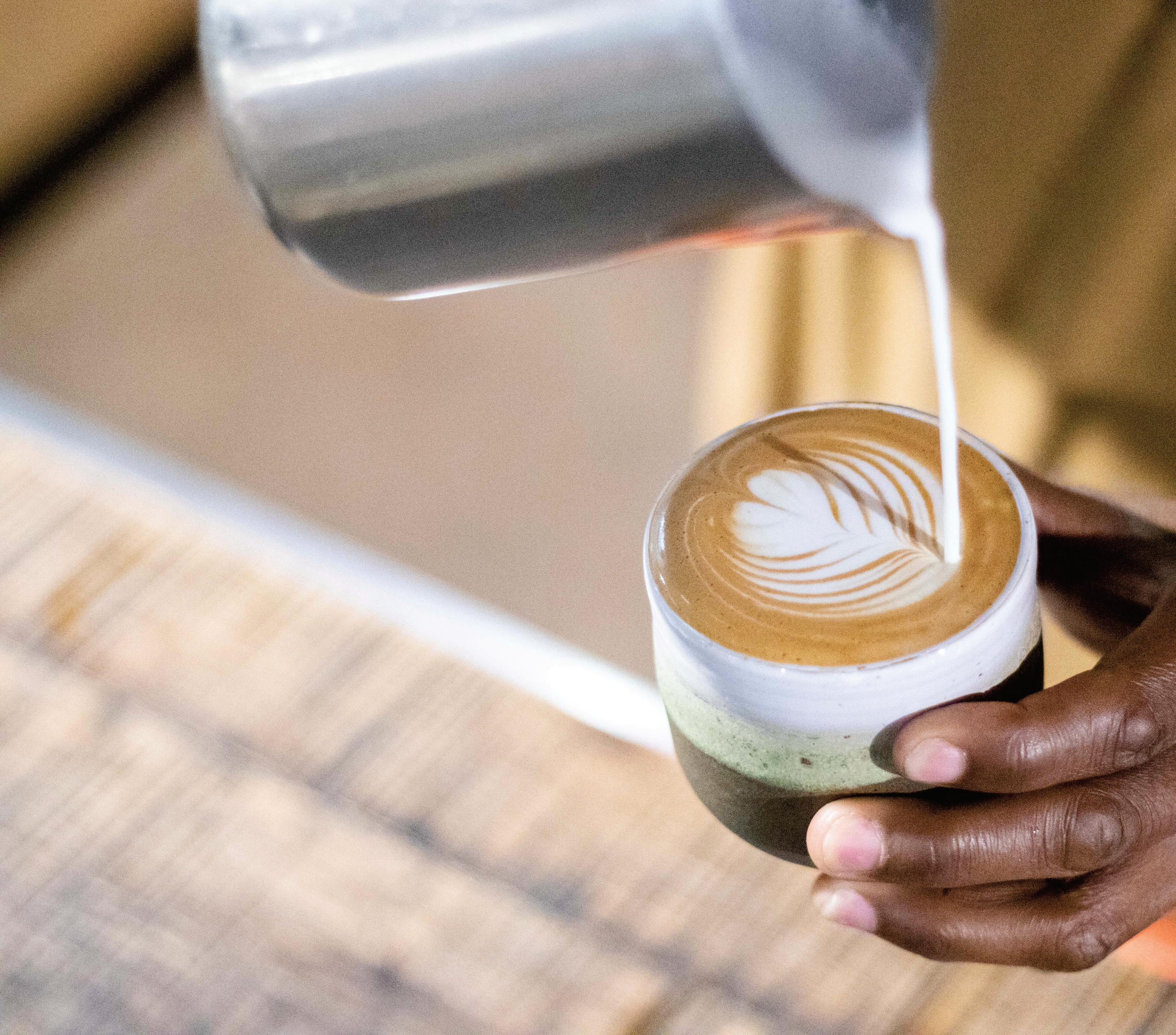

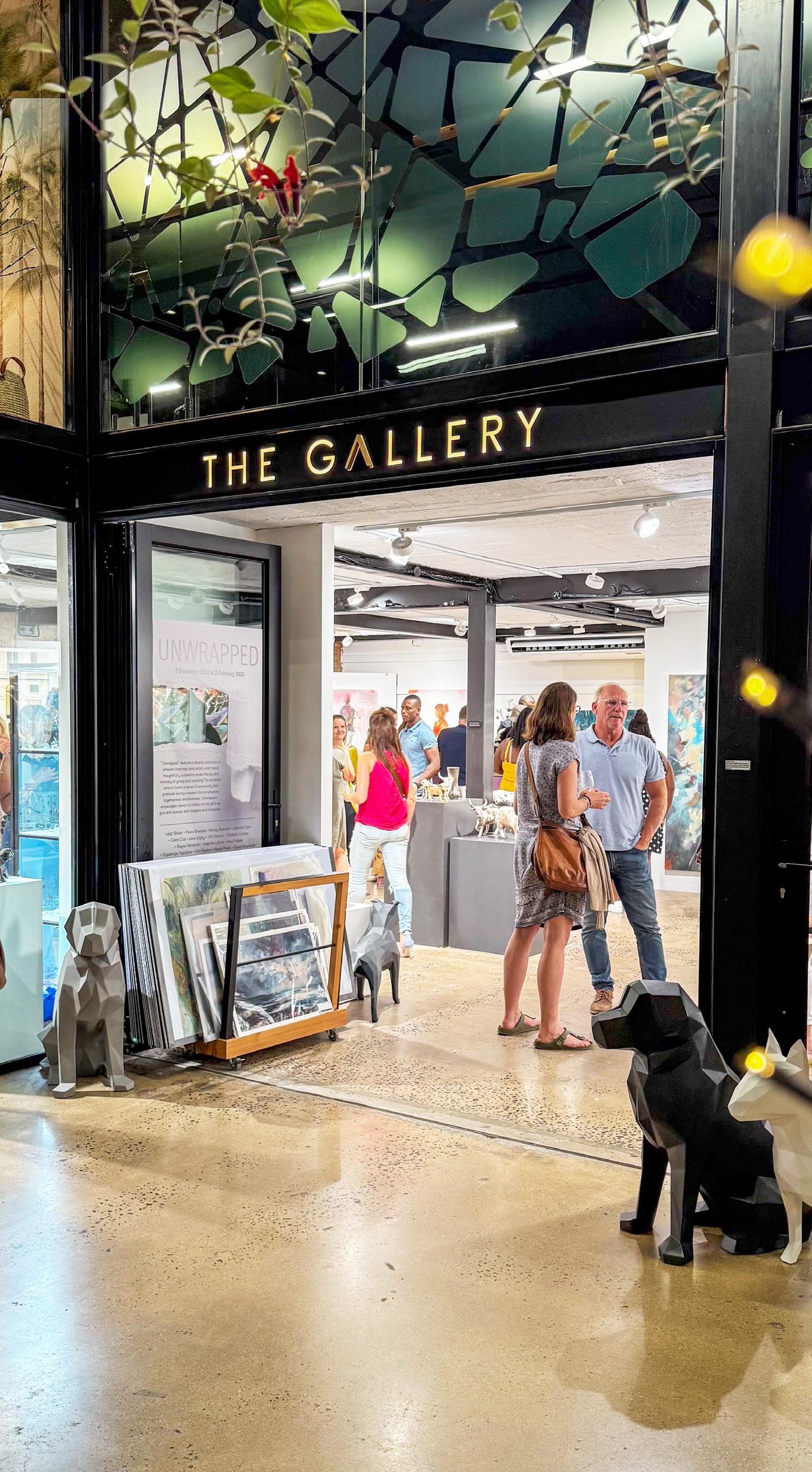
THE GALLERY AT BALLITO'S LIFESTYLE CENTRE, which at first glance, might seem like just another spot for a casual wander, is a place where art and community converge in delightful harmony. It’s a sort of hidden gem, though if you’re lucky enough to stumble upon it, you might just feel like you’ve discovered a piece of magic in an otherwise ordinary world.
The Gallery hosts a new exhibition every two months, each with a unique theme that provides a refreshingly different experience. And it’s not just the art you’ll find here. No, this is a celebration of creative expression in all its forms—paintings, sculptures, mixed media, and yes, even jewellery. There’s something here for everyone, whether you’re a connoisseur of fine art or simply someone who enjoys the occasional peek at a colourful canvas.
But The Gallery isn’t just a place for admiring artwork (though you’ll certainly do plenty of that). It’s an important hub for the local community, a sanctuary where both emerging and established artists from across South Africa come to showcase their talent. Special emphasis is placed on the incredible local creativity bubbling up from KwaZulu-Natal. It’s a reminder, really, that there’s so much brilliance right in our own backyard—if only we take the time to look.
The Gallery is one of a number of eclectic retail offerings in The Studios at Lifestyle Centre and recently underwent a rather impressive revamp. The space has been expanded, allowing for an even more immersive experience— think of it like stepping into a new world, one where the boundaries between art and reality seem to blur ever so slightly. If you’ve yet to visit, now’s the time to take the plunge.
And for those of you who are eager to get a little more hands-on, The Gallery offers periodic art classes. Whether you’ve never picked up a brush or are looking to fine-tune your skills, these sessions are a wonderful opportunity to learn from the region’s best and brightest artists, all in a welcoming and supportive environment.
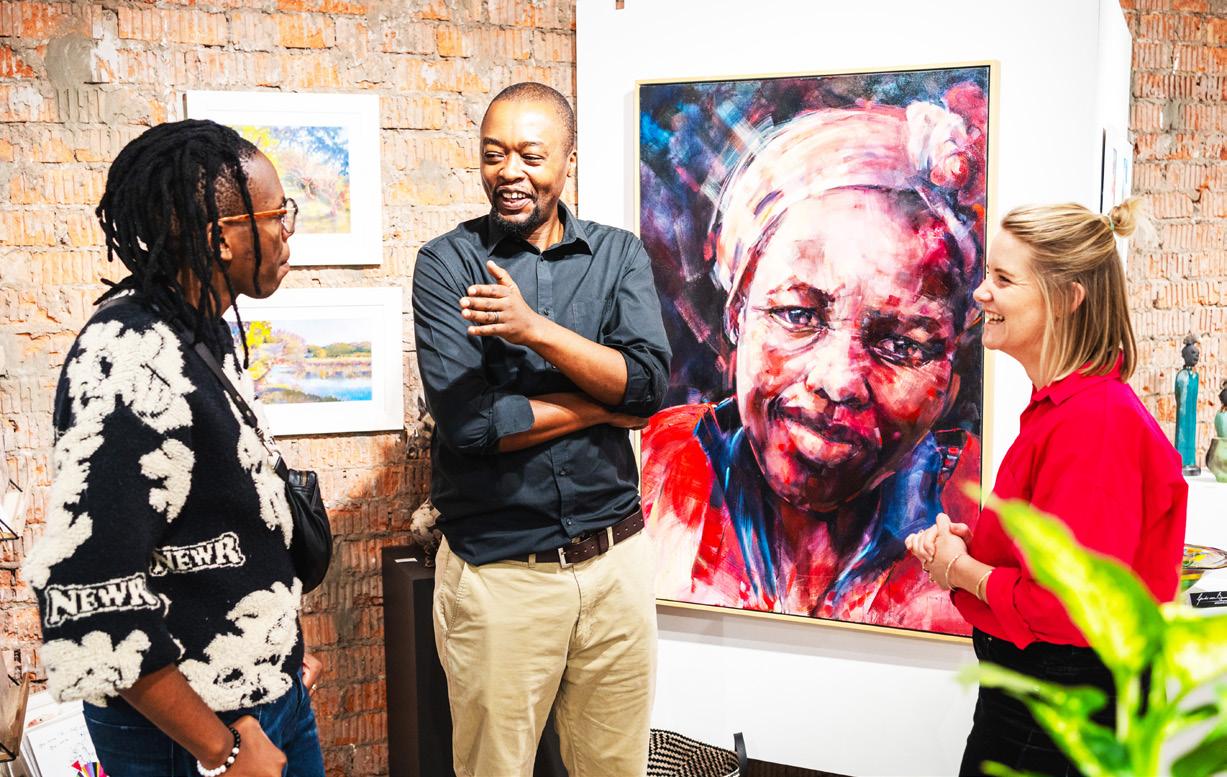
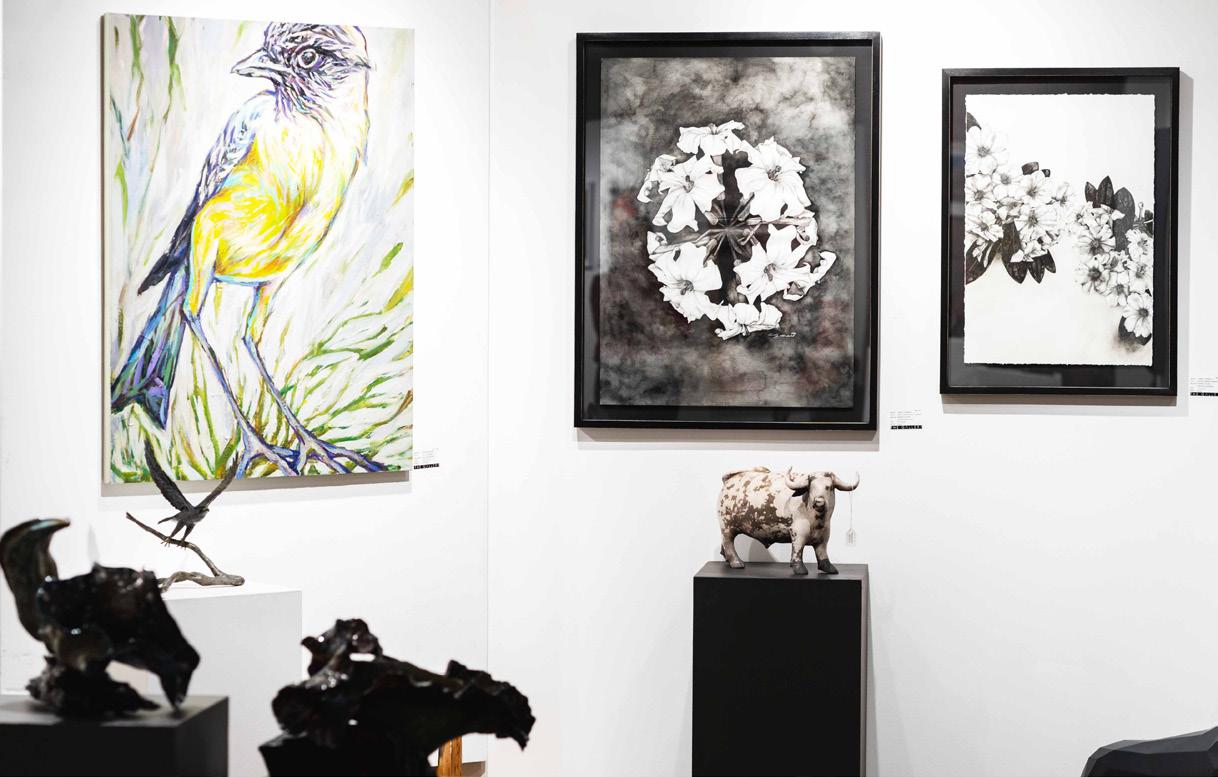
The Gallery’s upcoming exhibition, Periphery, opens on Thursday, April 3rd, at 6pm as part of The Studios’ First Thursdays event. If you happen to be around, it’s a must-see—a chance to wander, explore, and perhaps leave with a renewed sense of wonder for the world of art. Wine tasting, street food vendors and live music add to the First Thursdays vibe, which can be enjoyed on the first Thursday of every month.
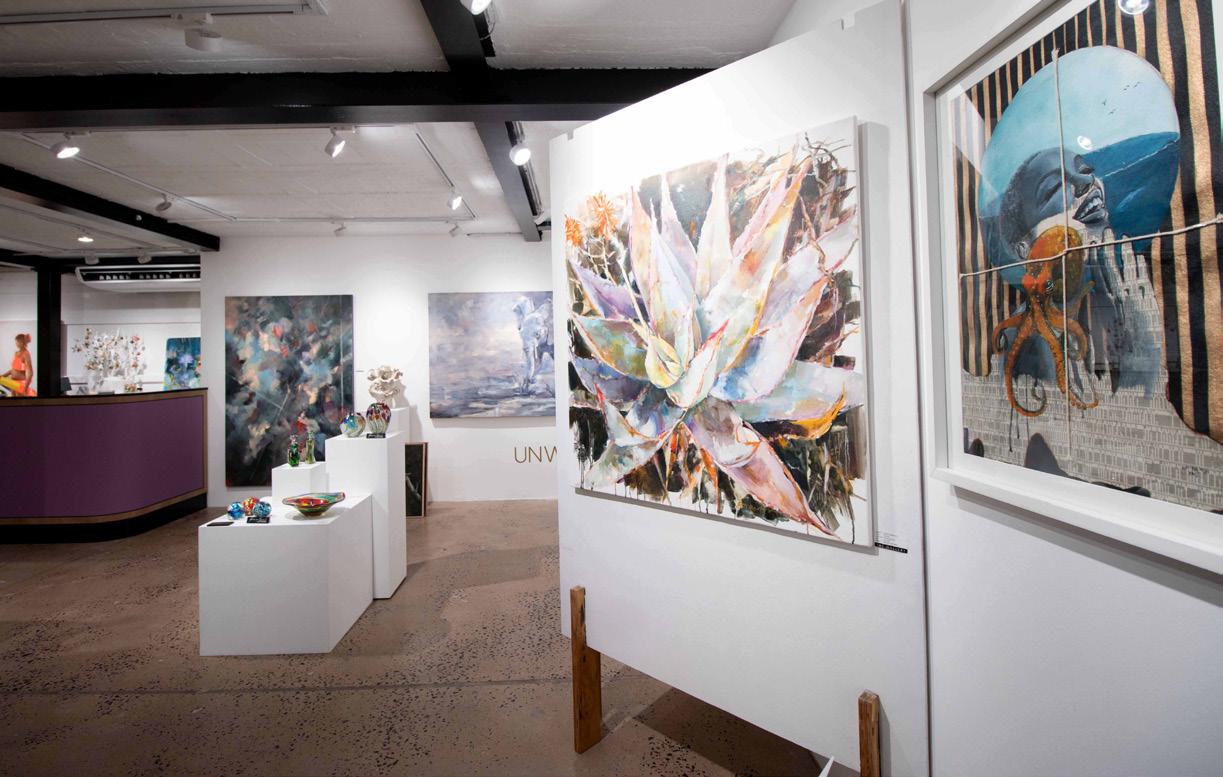
So, whether you’re a seasoned collector, an aspiring artist, or just someone who enjoys wandering through spaces filled with creative energy, The Gallery is a destination well worth the visit. And, as with all hidden gems, it’s the sort of place that leaves you wondering how you never found it sooner.
072 245 8691 @thegallerylifestyle info@thegalleryballito.co.za

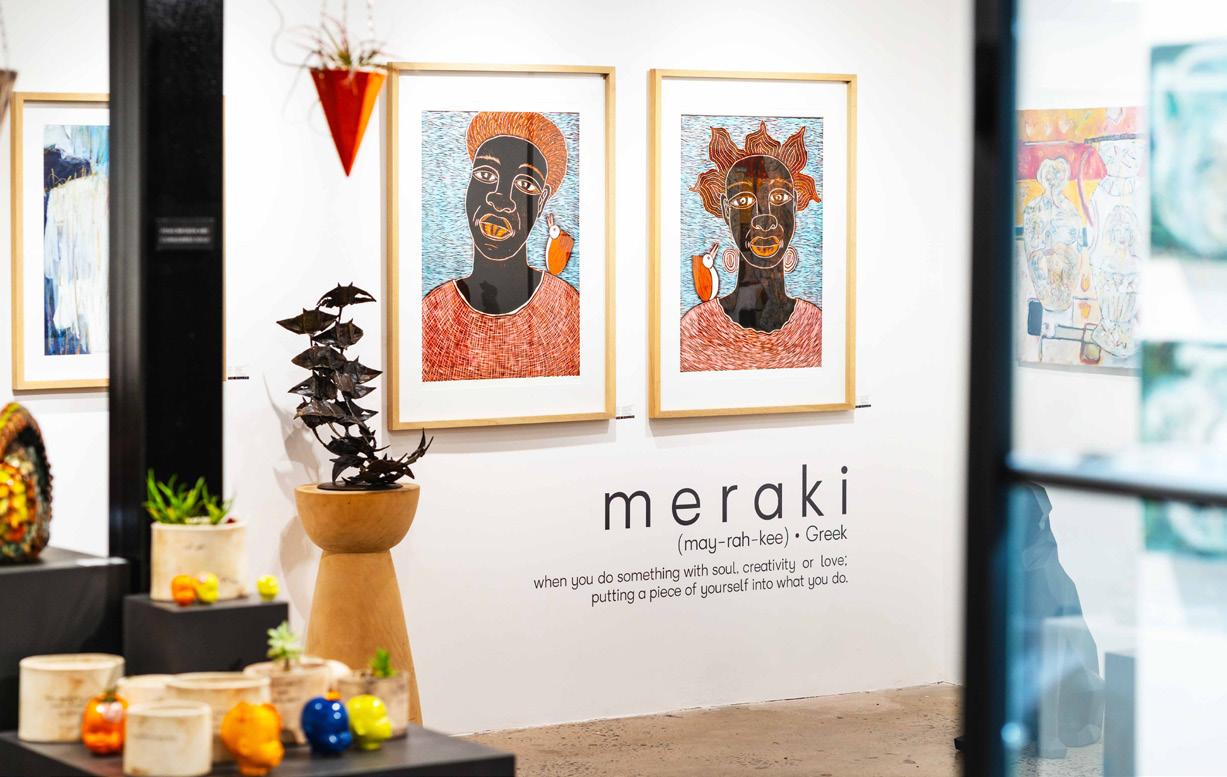
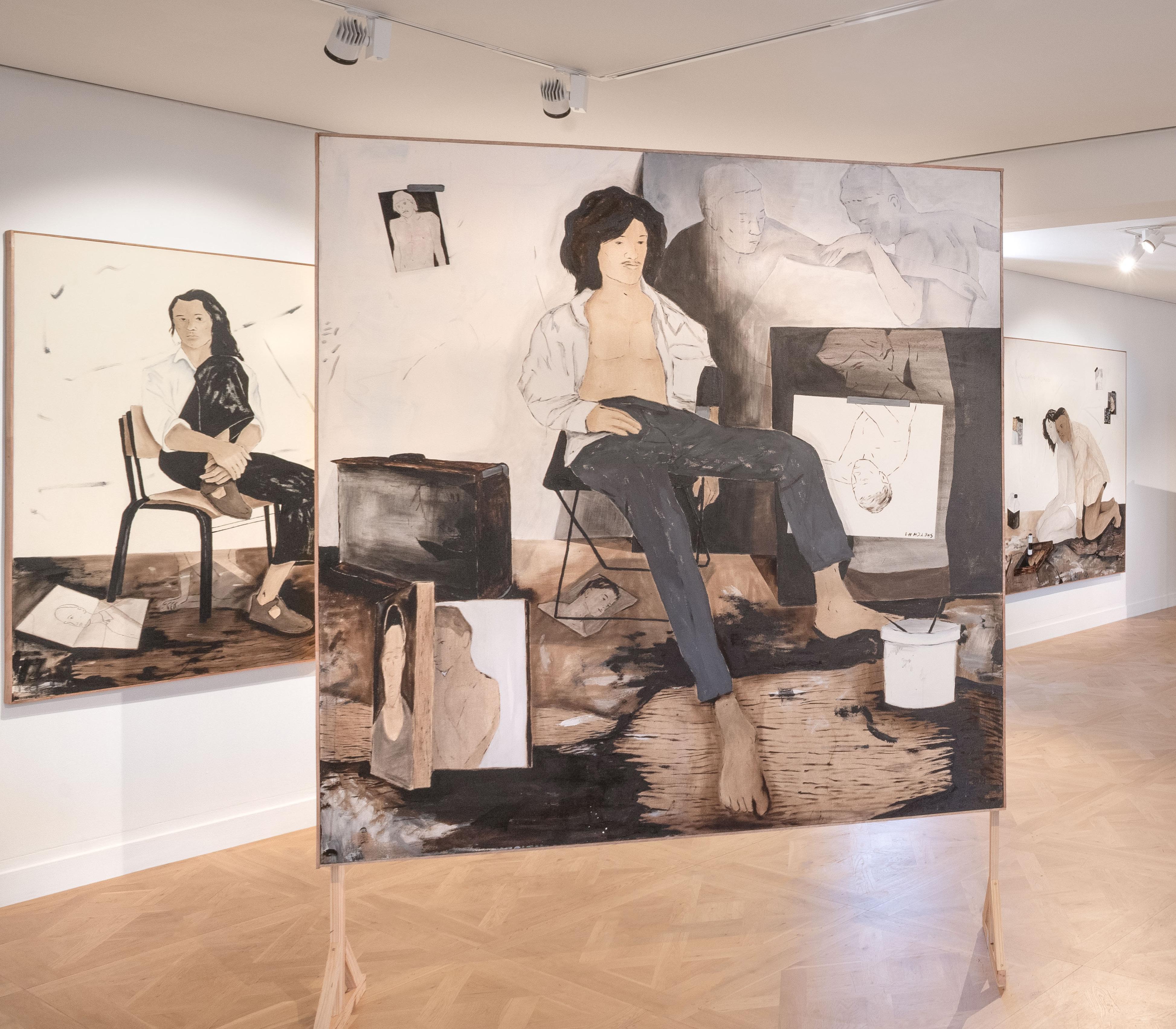
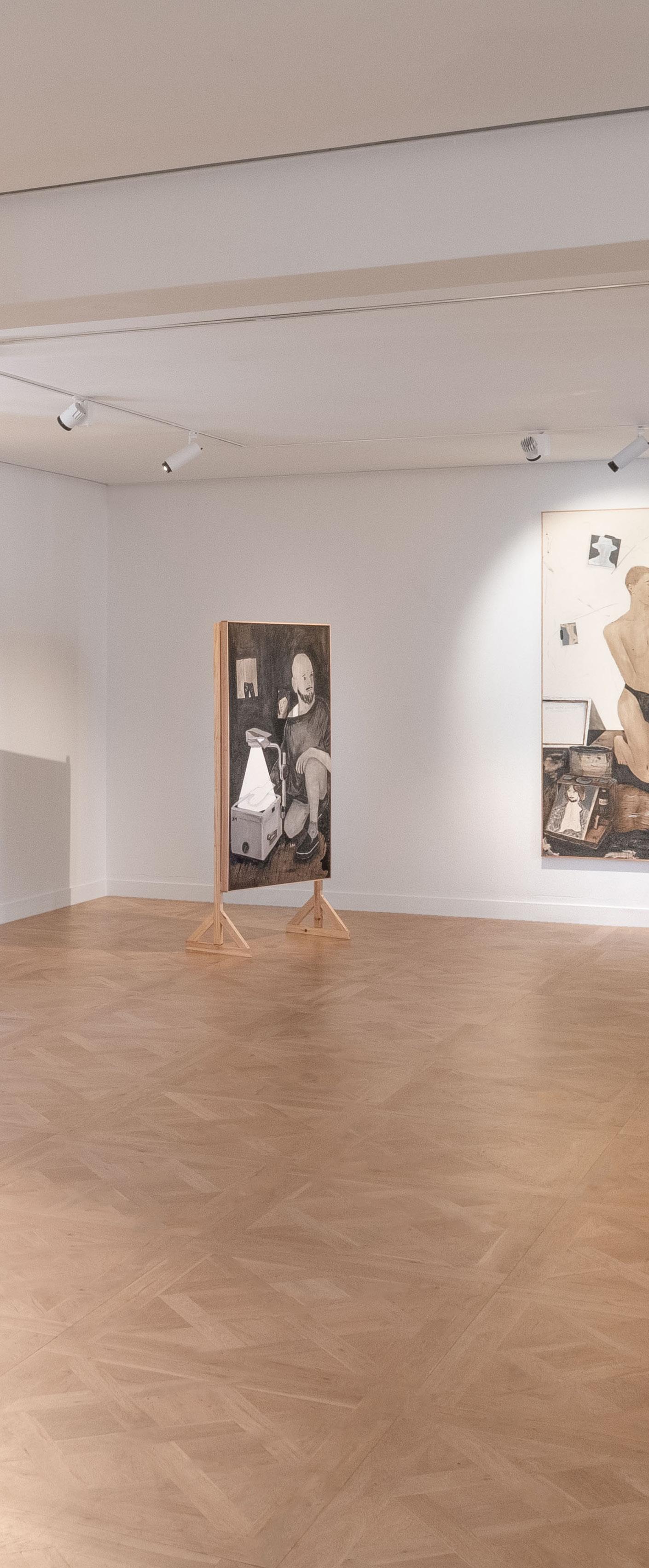
Brett Seiler
Words: Dan Charles
The phrase “ashes to ashes, dust to dust” originates from the Book of Common Prayer and is often used in funeral rites to symbolise the return of the body to the earth and the hope of resurrection.
ANASHTRAY THAT is overcrowded with cigarette butts is an unsightly thing for many people, particularly those who don’t smoke. I am an avid smoker and so the sight does not perturb me all that much. In fact, there is a kind of beauty that can be gleamed from it. One of the things that I most love to do is to sit and smoke with my friend Shannon, particularly during the get-togethers that she and her fiancé Mia will often host at their house where our closest friends will cluster around a table and just sit and talk long into the night. By the end of the night, there will be a few dirty dishes from the meal that Mia cooked, a few empty bottles of whatever everyone was drinking and a mountain of ash, Ventti filters and Winston Blue butts between Shannon and I - a small monument to the time shared between us. The time that had passed.
When I visited his studio at the end of February, the artist Brett Seiler said that it was fine to ash my cigarette on the floor. Over the last few months, Brett has hosted many of his friends inside his studio. During their visits, they would chat, drink beer, play chess and probably also ash on the floor if they smoked cigarettes. Eventually, Brett would loosely set them up in a pose and then take their picture. Once they were gone, he would use their picture as a reference for a portrait that he would paint to form a part of his next exhibition. At one point, this studio was engulfed in a deluge of cardboard, tins of paint and stacks upon stacks of photocopied images of the people that Brett loves that would be immortalised in the canon of his life’s work of exploring feelings of longing and intimacy through his paintings. During my visit, the space was mostly empty. All the paintings were finished and hanging in the prestigious Everard Read Gallery in Cape Town. All that was left in the studio was a few photocopied images still stuck to the mirror,
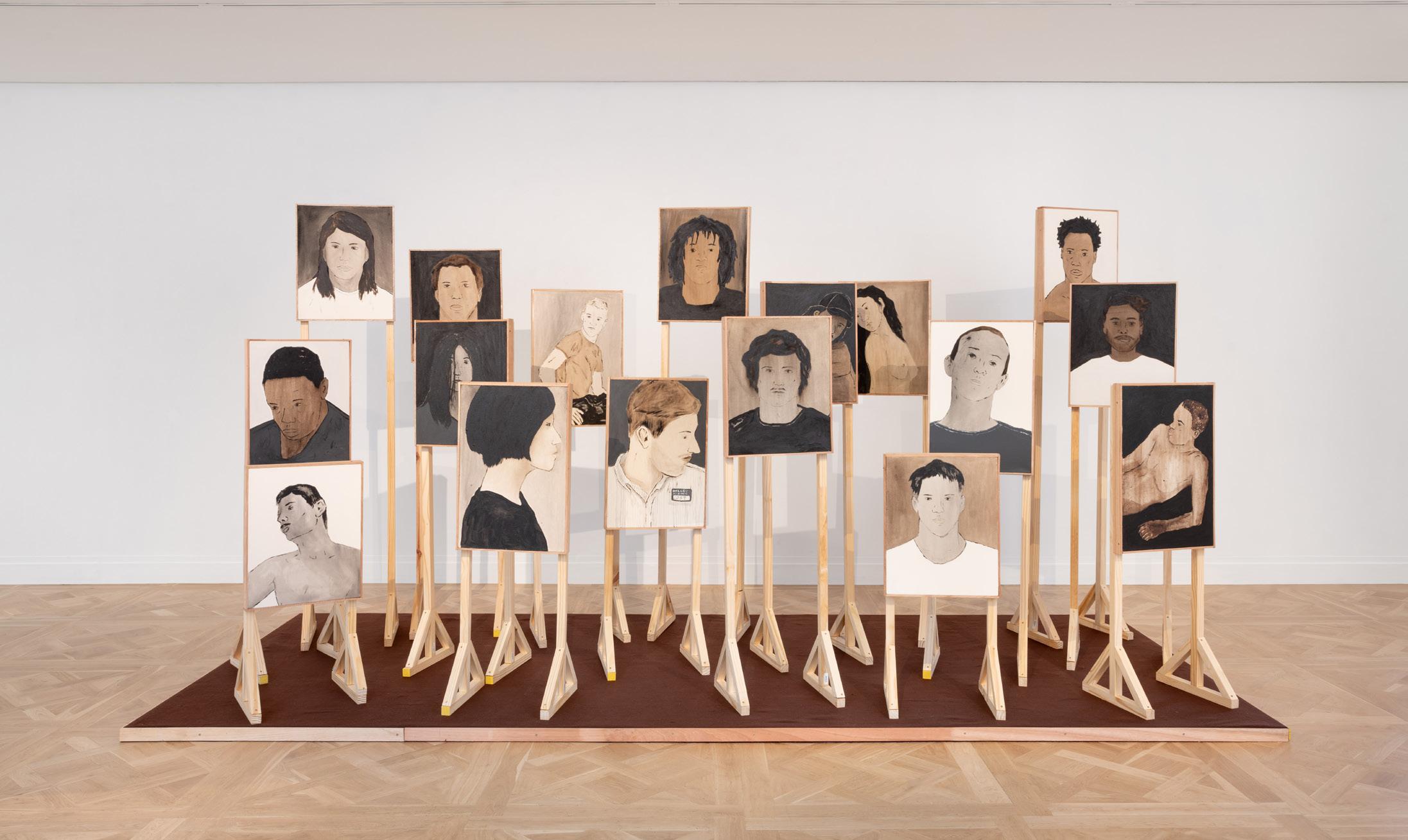
patches of the bitumen that Brett uses as paint licked between messages written on the wall by Brett’s boyfriend and a few paintings in the corner that had been wrapped up and awaiting their delivery to Germany where Brett will also be relocating to soon after this point. Brett and I ashed our cigarettes on the floor, contributing to the constellation of the speckled remnants of cardboard and bitumen used in his painting — the dwindling debris of memory contained within the space that had served its purpose.
At the heart of Brett’s latest exhibition - I Would Like to Lose It All with You - lies a profound exploration of memory. There is an autobiographical quality to the work, with the paintings acting as a repository for memories, a way to preserve and give form to the ephemeral moments that shape our lives. Brett’s lovers, friends and muses all find their way into the canvases of his portraits, yet the paintings resist straightforward representation as the subjects often fade into the background of the corners of Brett’s studio, becoming characters in a larger narrative. The paintings suggest that memory is not simply about accurately recalling the past, but about the stories we construct and the meanings we ascribe to our experiences. In this way, the act of paint-
ing becomes a means of wrestling with the complexities of memorynot just preserving the past, but reimagining it, imbuing it with new layers of significance.
For Brett, the paintings serve as a means of grappling with the slippery nature of recollection, the way memories can feel like they are "slipping away" even as we hold onto them. His previous exhibition, "So Many Pictures, Several Memories," also spoke to this duality - the abundance of memories juxtaposed with the sense that they are fading from our grasp.
“They're kind of fleeting,” says Brett of the nature of his collection of portraits. “They kind of like passing moments. They're not like, they're not done, they're unfinished in a way. So it's like very much capturing moments and ideas and like hoping that they stick some way. I mean, if you look at them, like the frames are a little bit wonky, and the structures are kind of falling apart. Like there's no sense of me lying about how they're made. I'm being completely honest. This thing can fall apart. And I like that. I like this kind of fragility and how it makes the work feel more tender.”
Bitumen - which is one of the primary mediums that Brett uses in his works in lieu of more conventional paints - is a hardy building material that is often used in the construction of roads or roofing or waterproofing. But as the material ages and undergoes the process of oxidation becomes very brittle and fragile, which shows us that even the sturdiest facets of our foundations are susceptible to the ravaging of time’s passing. And I know that much of what I have written about so far has been the fleeting of moments and how they are dissolved into the solvency of memory but it is the significance that memory holds within the LGBTQIA+ community as it is a community whose existence and legacy has been threatened with attempts at erasure for generations. I’m talking about the history of queerness within ancient cultures erased by colonialism; I’m talking about the droves of gay men who died during the AIDS crisis due to the neglect of their governments; I’m talking about the crimination of homosexuality implanted by the constitutions of country’s such as Zimbabwe where Brett Seiler, a gay man, grew up; I’m talking about the US government attempting to refute the rights of transgender people within their constitution today; I’m talking about the closure of life-saving sexual health clinics across South Africa due to America’s withdrawal of USAID funding; I’m talking about the murder of Muhsin Hendricks, the first gay imam, who was shot dead in Gqeberha during the month of Brett Seiler’s exhibition.
The word “apocalypse” comes to mind because that’s what it feels like. But the apocalypse does not mean the end. The word is derived from the Greek word “apokalypsis” which means “to reveal” which might explain why the Book of Genesis, the Bible’s account of the creation of the world, also tells the story of an apocalyptic flood. As a revelation of the necessity of faith, Noah followed God’s instructions to build a raft that would endure flood and, as written in Genesis 6:14, he was instructed to line the ark with bitumen.
If there is anything that has been revealed at the end of all these apocalypses that have been endured, it is that we need to rely on each other to keep ourselves and our memories alive. There is no one telling us how to build an ark to survive and so we must figure out how to build our own. Brett, like Noah, uses bitumen. Whatever method you choose, I hope that you can shelter all the people you love within a vessel that can withstand the magnitude of any apocalypse that you might face. I hope that it is a space where everyone can chat, drink beer, play chess and ash on the floor if they smoked cigarettes. Once the floods subside, a rainbow will always await us.
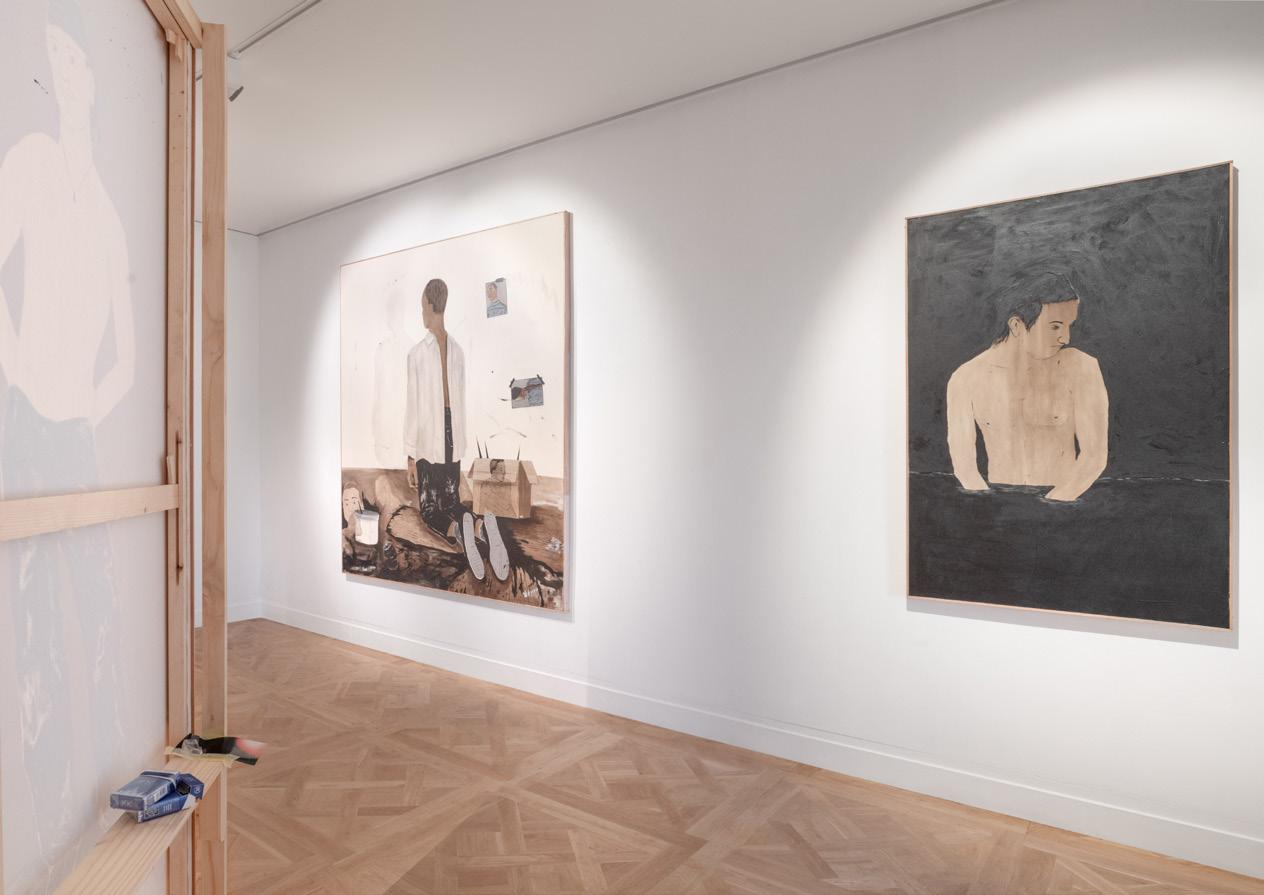
@brettseiler
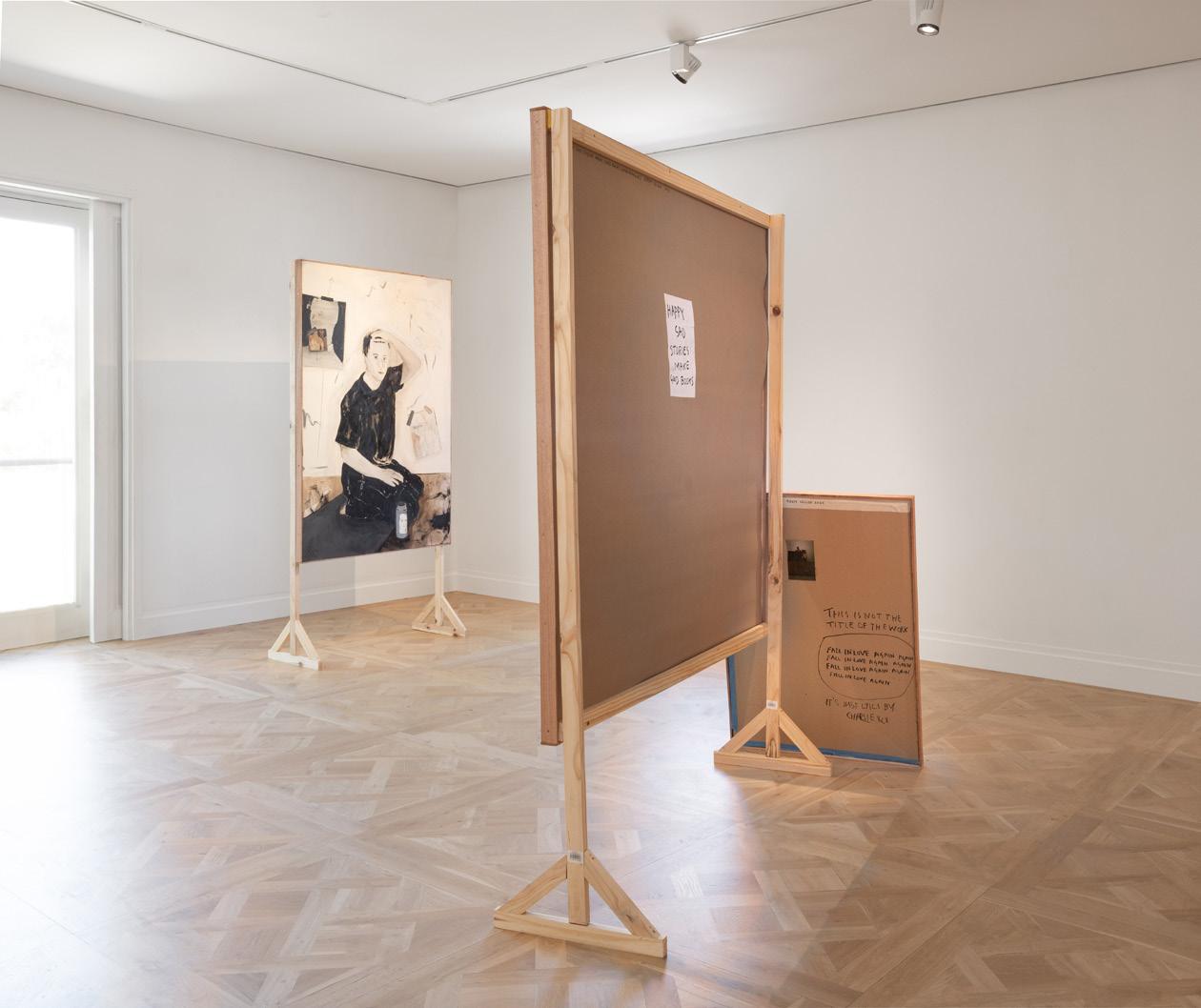
Words: Dave Charles
TO THE KZN NORTH COAST just wouldn’t be complete without enjoying a bunny chow—now there’s a dish that sounds as though it might have something to do with fluffy animals or Easter—yet, in fact, it’s one of South Africa’s most beloved and unexpected culinary creations. Originating in Durban’s Indian community, the bunny chow is a simple yet brilliant concoction: a loaf of white bread hollowed out and filled with curry. Think of it as a portable bowl of curry that’s as practical as it is delicious.
The story goes that in the 1940s, Indian street vendors wanted a way to serve curry without needing pots, bowls, or cutlery. So, they simply took a loaf of bread, scooped out the middle, and ladled in the curry. The bread served both as the container and the base. Over time, it became an iconic snack in Durban and beyond, with variations featuring mutton, chicken, beans, and the occasional chutney or salad on the side for good measure.
The name “bunny” has nothing to do with rabbits but is thought to come from “bania,” referring to the Indian merchant community who first served this ingenious dish. A humble origin, yes, but one that has made the bunny chow a culinary institution that’s firmly entrenched in South African food culture—perfectly suited to street food, a quick lunch, or just a hearty, nofuss meal.
So where would you find the best bunny in Ballito? It’s highly subjective and largely dependent on how hungry you happen to be at the time, but Jacobson Mthembu’s Kasi Taste is right up there with the best.
Jacobson’s journey from waiter to restaurant owner is the kind of story that makes you believe in the magic of hard work—and a bit of curry. Hailing from the humble town of Hambanathi, Jacobson now owns three thriving restaurants, including Kasi Taste in Ballito, with a branch in Tongaat, and Kasi Meals at the Work Station in Umhlali. Not bad for someone who started out as a teenager with nothing but an apron and a dream.
At 16, Jacobson was saving up tips, working long shifts as a waiter, all the while plotting his culinary future. His goal? To study at the ICESA Chef
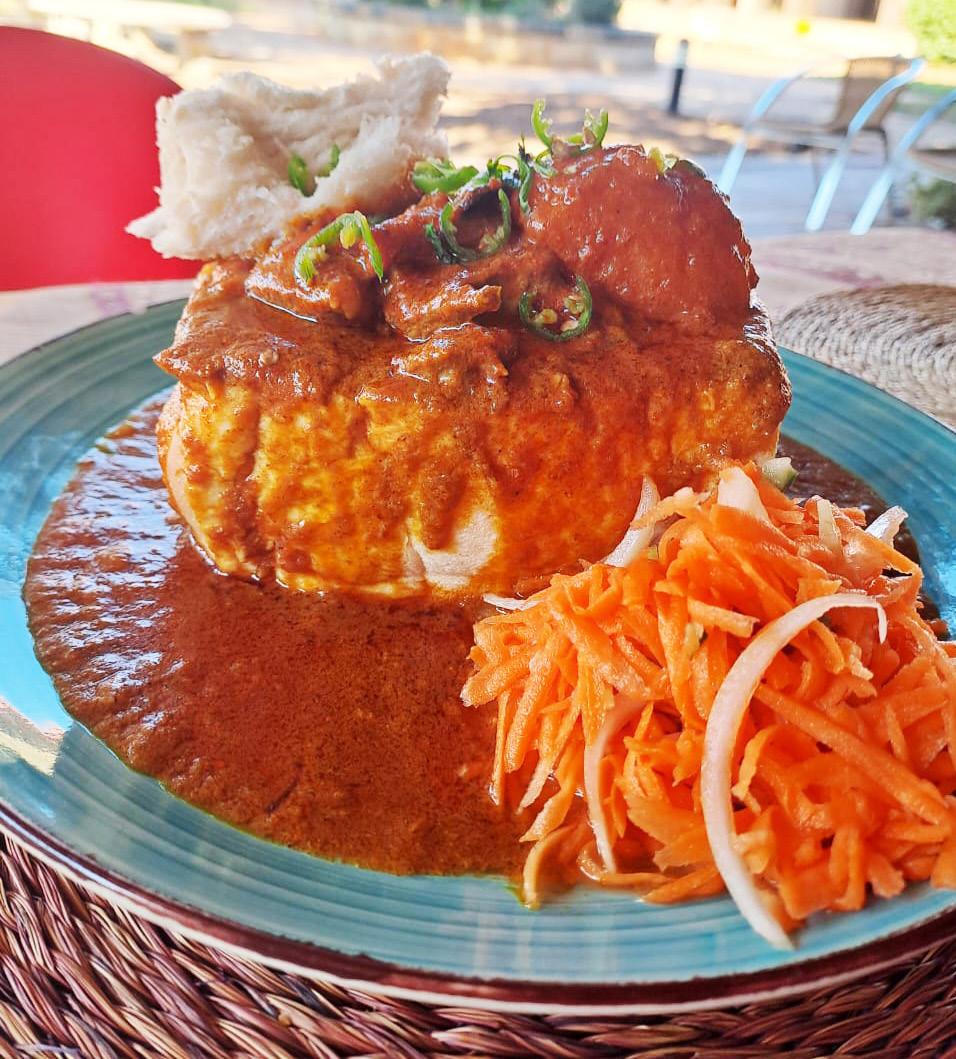
School. By day, he was learning the ropes of the trade; by night, he was catching a few hours of sleep on trains between shifts. Talk about commitment.
Jacobson's first stab at owning a restaurant, in 2014, didn't go quite as planned. The venture floundered, but rather than giving up, he moved his efforts to Ballito in 2015, where Kasi Taste began to take off. The restaurant, famous for its hearty Zulu cuisine and curry, was followed by a Tongaat branch dedicated solely to chicken dishes. Meanwhile, his Kasi Meals spot in Umhlali carved out its own niche, offering a beloved breakfast menu and coffee that keeps people coming back for more.
At 36, Jacob has big plans. He’s not just aiming to expand within the province— he wants his restaurants to go nationwide, to become accessible to everyone, everywhere. But for Jacob, success isn't just about making a profit; it’s about showing his community that success is possible, even when it seems like the odds are stacked against you.
As he puts it, “When you come from a disadvantaged community, you become a symbol. You can’t let them down.” And for anyone looking to follow in his footsteps? His advice is simple: work harder than you ever thought possible, listen to your customers, and treat your employees like the gold they are. Because without them, well, the curry just wouldn’t taste as good.
Kasi Taste
Sangweni Tourist Information Centre, Ballito 065 956 1831
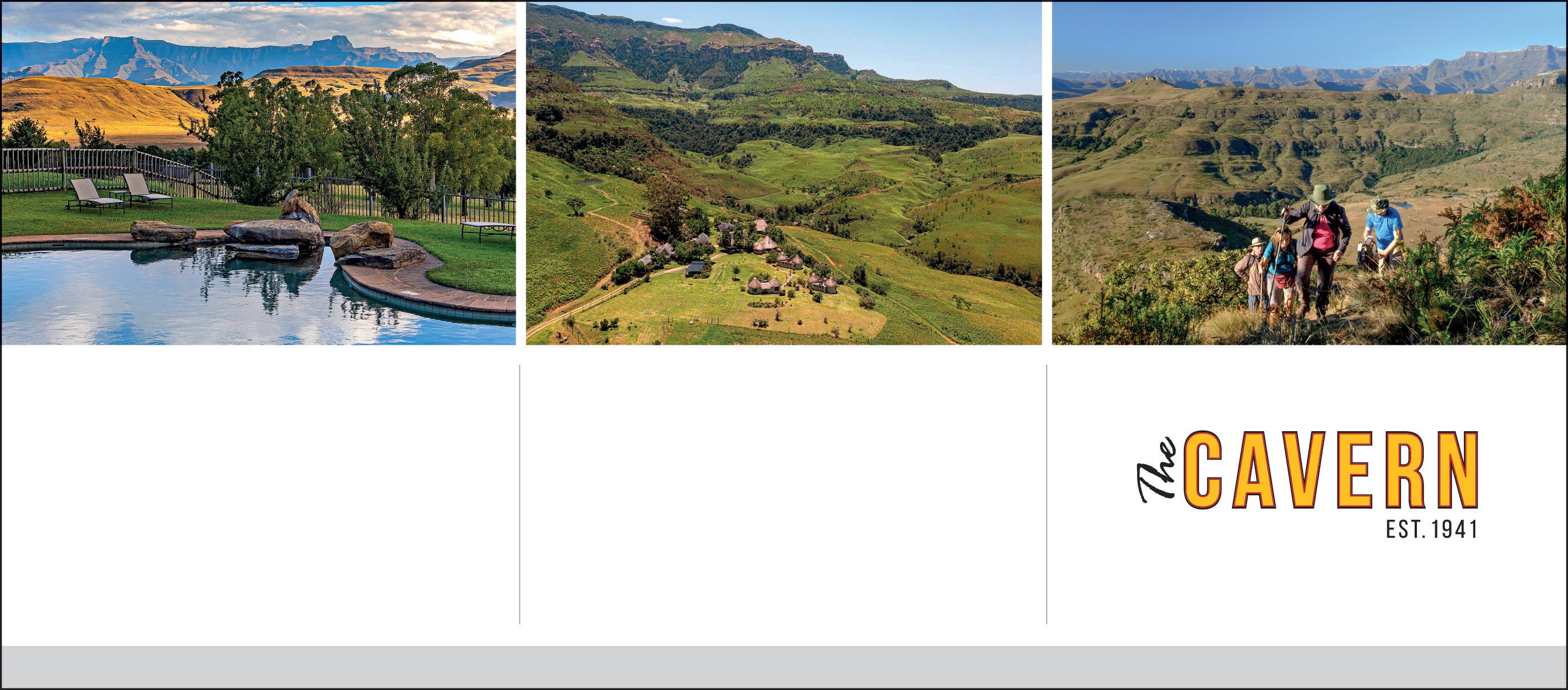


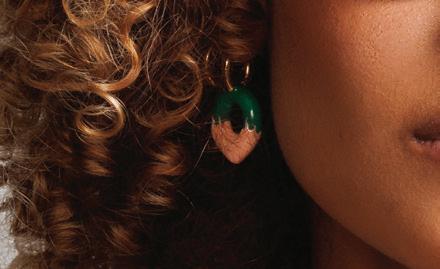









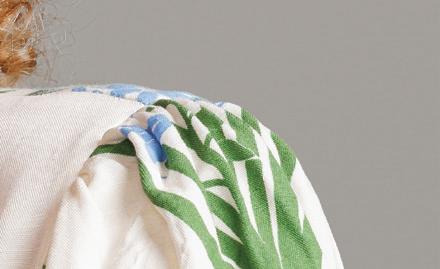
















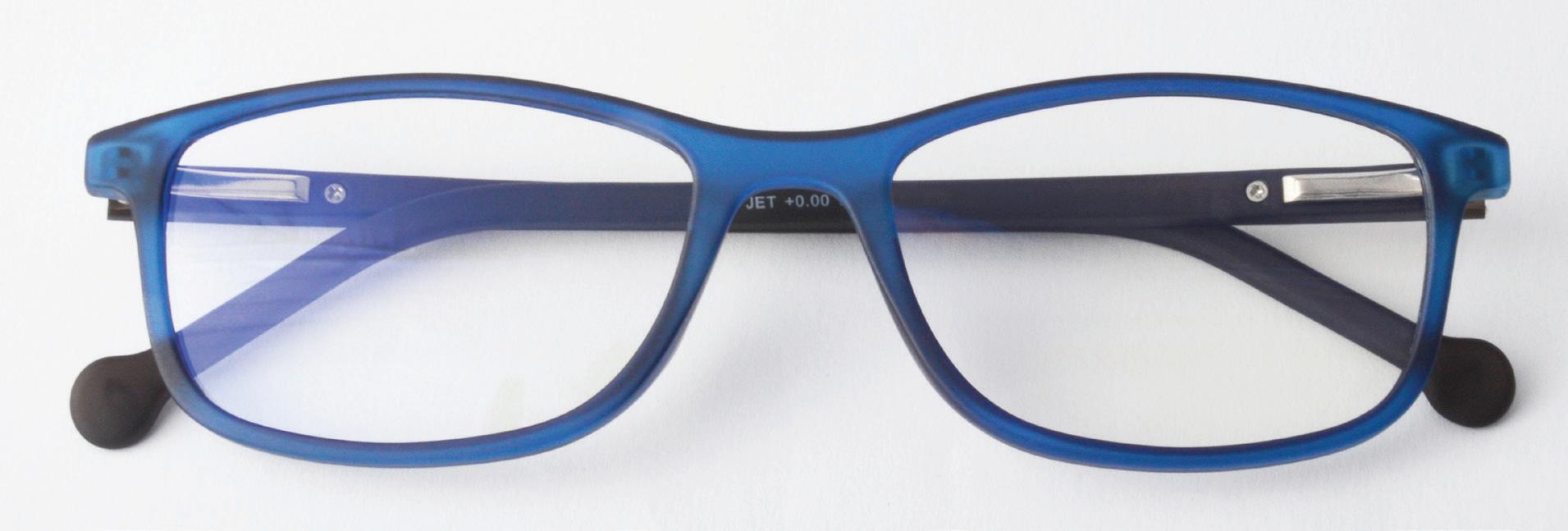

A WORLD OF FAST FASHION, BALVARO offers something different: timeless quality and style. Our skilled artisans craft each piece by hand using the finest materials, ensuring every bag is unique with our 100% authentic cowhide.
Designed for the modern professional, our bags combine elegance with practicality. From vintage laptop bags to versatile totes, backpacks, and sling bags, we have something for everyone.
Find the ideal bag to complement your style and needs at Balvaro. For our valued corporate clients, leave a lasting impression with our bespoke branding options.
www.balvaro.co.za
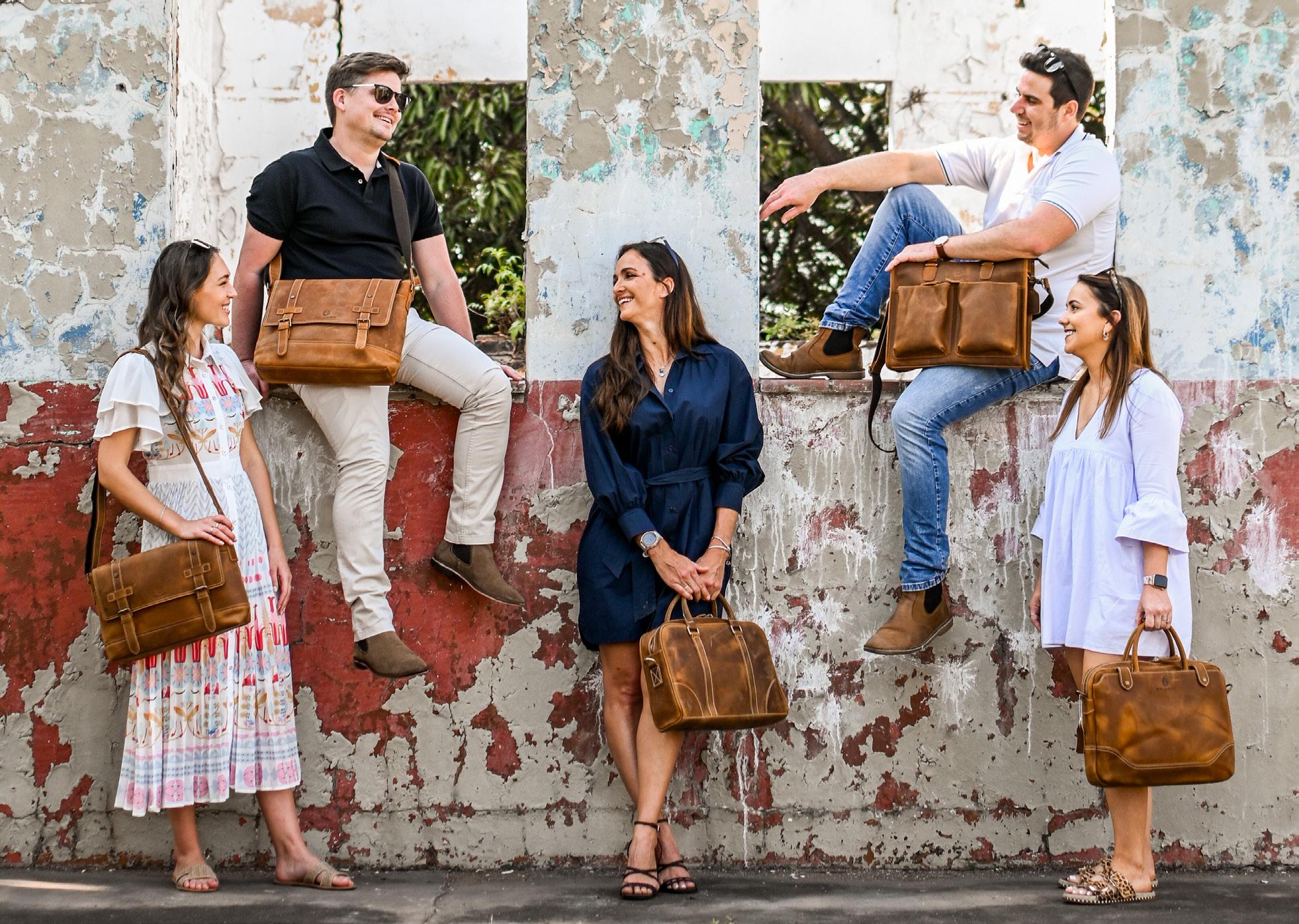
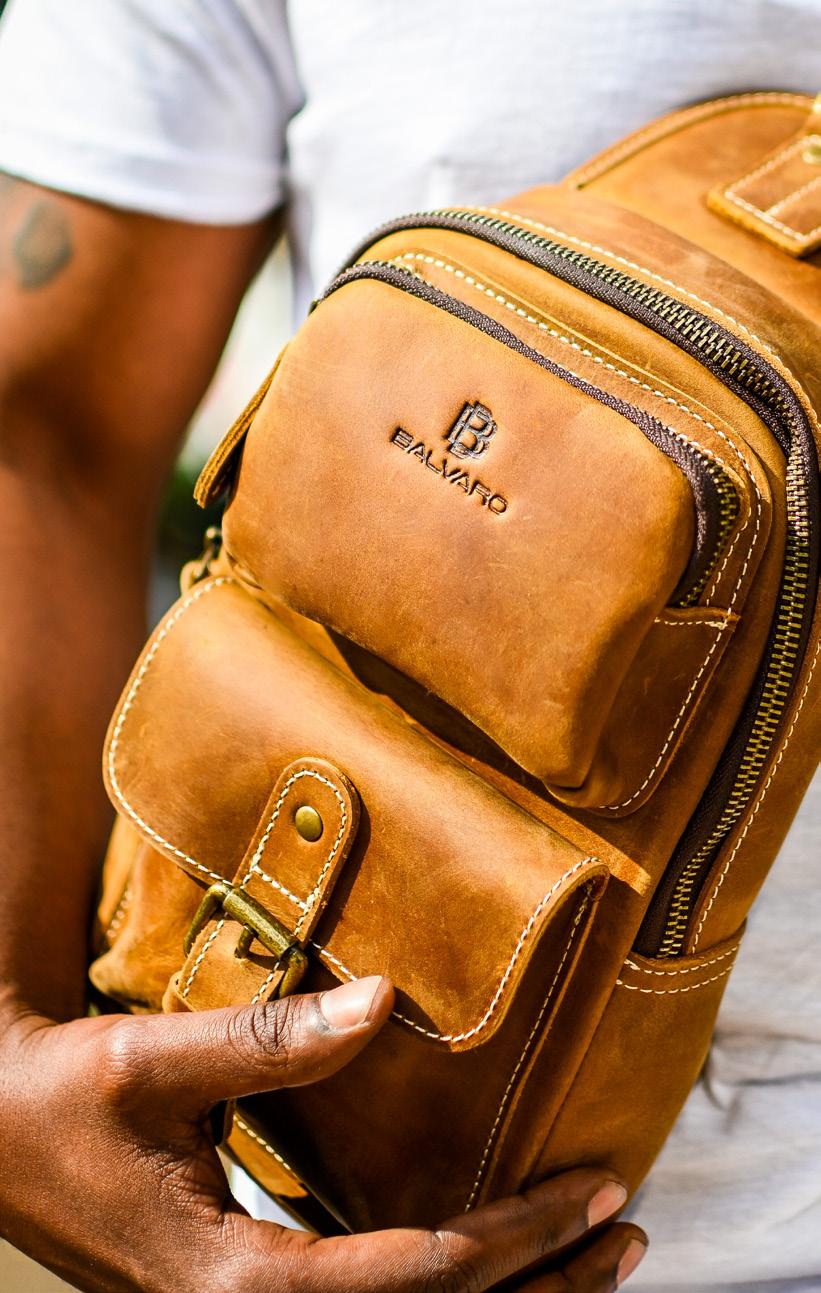


Words: Tara Boraine
WEENTER THROUGH a white tunnel that feels like boarding a spaceship - a threshold between what is and what could be. The Homecoming Centre spits us into a cavern of nerdy delight. The arcade glows with more games than my (already deficit) attention can settle on.
Part international indie gaming festival, part experimental art exhibition, Playtopia has once again created an unparalleled space for exploration and interaction. It’s a sensory-rich experience for gamers, artists, and creatives, designed to inspire, connect, and engage. Under dancing lights and between humming screens, players from across the city gather to delight in the digital dream. There is an echo of nostalgia in the amount of computers in one room - like an early 2000s LAN party on steroids. The space is transformed by the multimedia art installations - lily pads, jellyfish made of recycled goods, fiber optics, and giant luminous mushrooms. Each installation and game station feels like its own small universe waiting to be explored.
At Playtopia, local developers showcase alongside international talents, creating a unique fusion of perspectives and possibilities.
The whimsy had me hooked. I started with a Norwegian word game with Sudoku undertones, while my friend Dan Charles tackles an impossibly cute Korean game about helping a smiling sun birth planets.
Nearby, strangers become instant teammates in “Sheep County”, as two digital dogs herding sheep across the old-school arcade screen. The collaborative chaos is infectious - strangers shouting directions and cheering each other on. A giant fortune cookie in the corner puffs smoke and spits prophecies when prompted, adding to the mysteriously playful atmosphere.
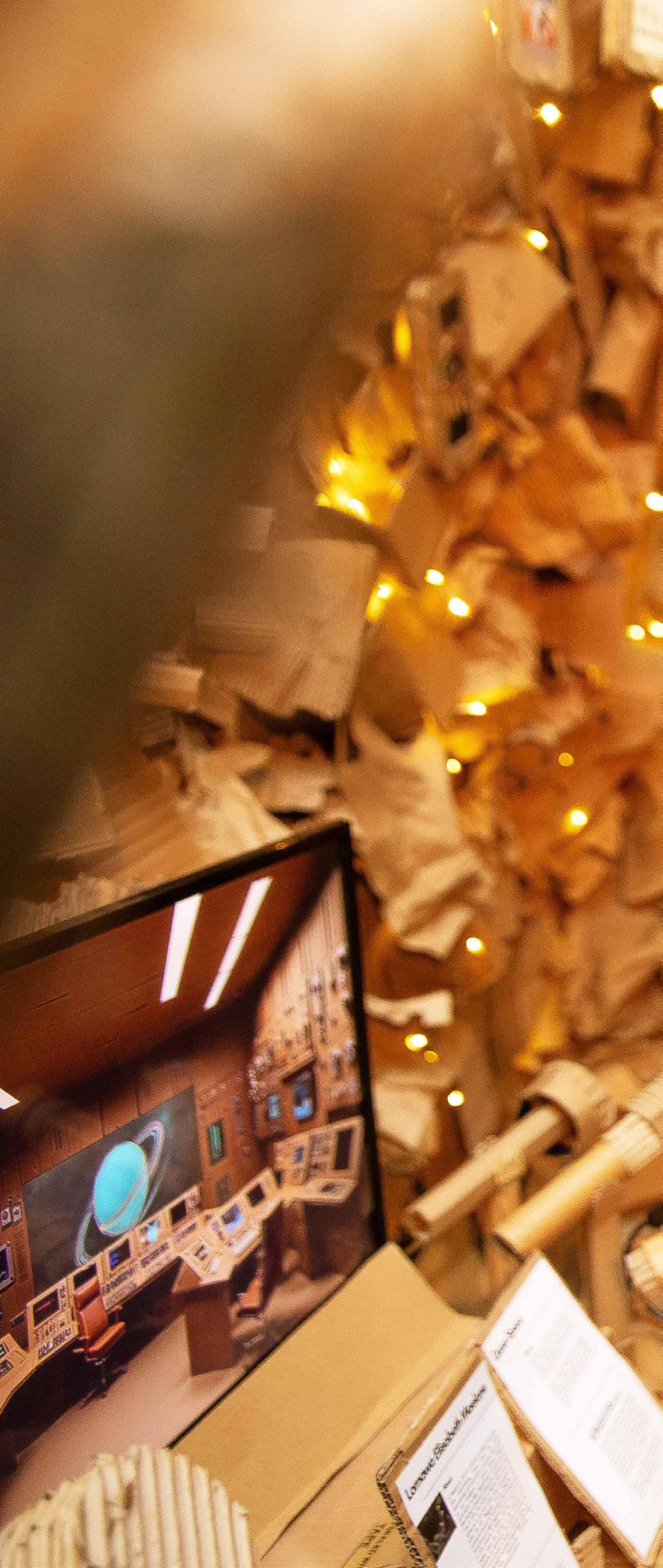
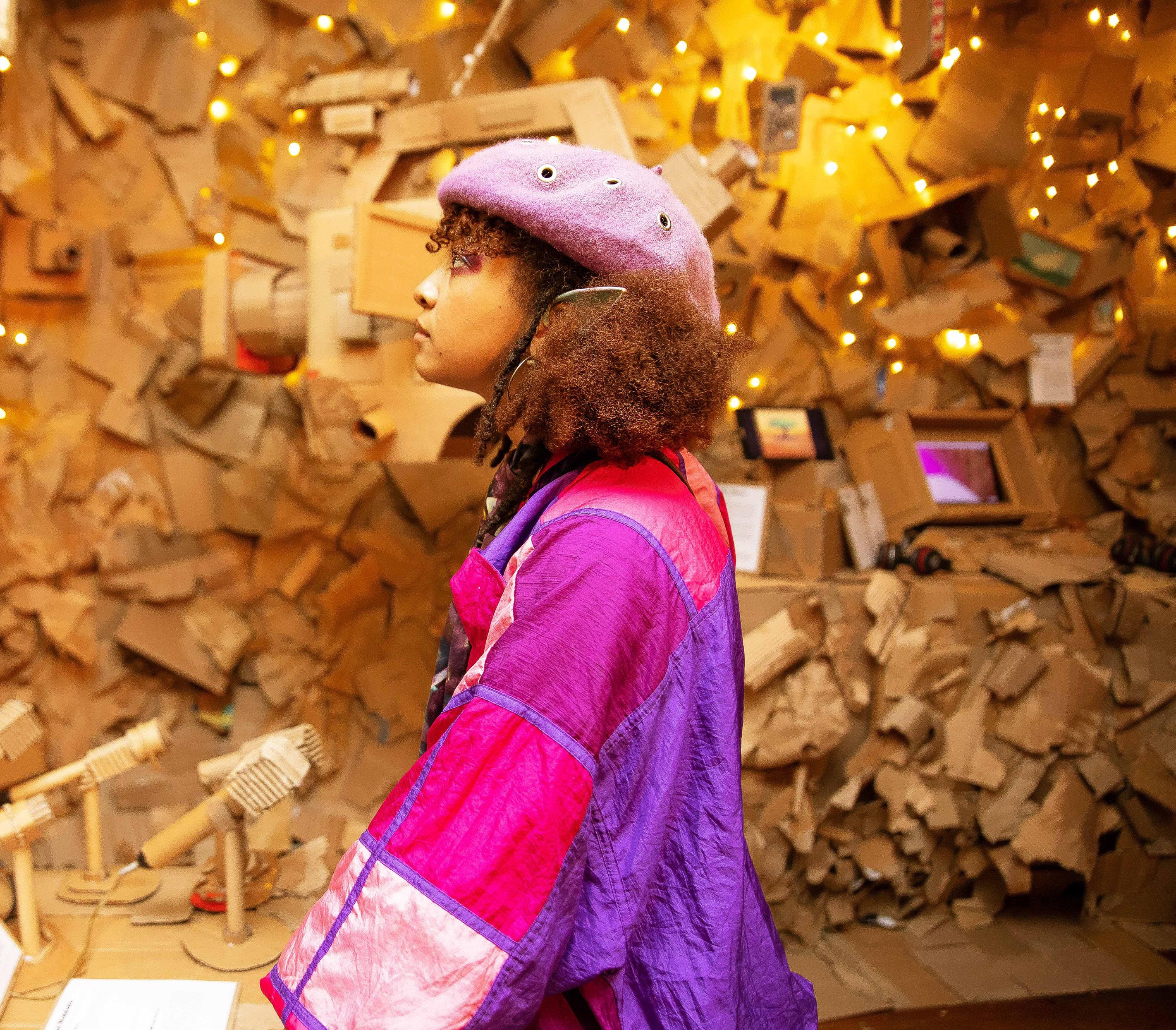
Project Breakdown serves pure Cape Town punk nostalgia - managing a local metal band through point-and-click chaos, complete with anxious musicians, bedroom shrine posters, and perfectly-timed dad jokes. It’s local gaming at its most lovingly specific - and almost too close to home for Dan and I, who are both in the music scene.
The real mayhem erupts around Stick Fighter - a multiplayer with physics so deliberately broken that button-mashing and laughter become the only viable strategy.
But it’s Skate Story that steals my heart. You play a holographic demon skater grinding through an underworld of glass and chrome, heading for the moon because it looks tasty… and you’re hungry. Peak absurdity, experimental lo-fi visuals… My kind of weird. It’s the perfect example of how indie games can push boundaries while remaining completely playable, how digital art can be both profound and ridiculous.
Deeper in, the installations abound. In the cave of “As Above, So Below,” touching the hanging silver leaves conducts ambient electronics while people zen out to manipulated TV static. The space feels like stumbling into a techno-fairy grove, a rest point for a weary traveller.
But we must not rest for too long! More adventures await. A scrying chamber reimagines divination, twisting visitors’ faces in real time, while a gaming cube stands like a digital monolith, inviting both circumambulation and play.Through VR lenses in “Convergence”, our city’s dump sites become dystopian immersion - the future we’re racing towards or, more hopefully, racing to prevent. It’s eerily beautiful, this transformation of the familiar into something strange and haunting. I really enjoyed seeing artists using new tools to examine old wounds and current truths. Perhaps it’ll inspire us to imagine different possibilities?
When my body reminds me of its limits, we find sanctuary in the upstairs theatre. Here, beanbags cradle festival-goers while generative art glitches across curved screens. It’s the kind of space you could lose hours in, cocooned in cool darkness, ambient music and subtly glitching visuals. A contemplative counterpoint to the arcade’s energy below!
We circle back to the foyer to grab onigiri and potato samoosas from NotSadFood Co, a collaborative foodie pop-up. This mix of cuisines feels perfectly at home in a festival that celebrates hybrid forms. I marvel at how historical weight and future dreams coexist here.
Founded in 2018, Playtopia stands as Africa’s first annual indie games festival, but in my opinion it’s evolved into something more - a gathering of dreamers, makers, and players pushing the boundaries of what’s possible. I could think of no better venue than the Homecoming Centre, itself a space dedicated to history and community.
We end on the rooftop, sipping Fokof Lagers and talking about sci-fi. The 360-degree views sweep from City Hall’s spires to Table Mountain’s towering presence - ancient stone watching over the new dreamers.
That’s what Playtopia really is - a glimpse into emerging possibilities. Not just for games, but for storytelling, for community, for African creativity finding new forms while interfacing globally. Under the mountain’s stoic gaze, this international cohort of indie creators experiment with coding new futures. And what better way to meet the future than with one weird, wonderful whimsy at a time?
playtopiafestival.co.za



Words: Cameron Luke Peters
“I would far sooner, even at the risk of ruining any artistic qualities that I possess, load my work with some moral purpose and direct all the knowledge I possess towards counteracting the evils of race-hatred and colour-hatred that cause so much misery out here.”
- Roy Campbell, writing to an English friend in 1925.
AFRICANS, for the most part, are not intellectuals. To be fair, most nations don’t put a premium on any advanced form of either wit or wisdom. But not many, I might argue, have so shamelessly substituted sports and politics in the place of arts and culture. We’d often rather talk kak than colour-theory; rather head to the jol than show face at the genteel soiree. You can hardly blame us though. Pre-colonial life was a distracting struggle for survival, and the arrival of Europeans didn’t help things one bit. Indeed, the Struggle continues. A Luta Continua. As Miller & Sergeant write in their Survey of South African Poetry (1957), “Spacious and rugged as South Africa is, there [has been] little that [is] spacious or independent in its social or mental life. It has been homely but suspicious; hospitable but narrow in outlook. Surrounded by dangers and hazards of various kinds […] its communities have clung together and deliberately withstood any innovations.”
Oof. That is a bit too harsh. But the great poet Ignatius Royston Dunnachie Campbell (1901-57), would have agreed. His home colony of Natal was, in his words, merely a ‘Grocers’ Paradise’. But Roy was, like me, a proud South African. And, again like me, he wanted to make his living as a high-minded writer. And so, between 1925 and 1926, in a royal flush of ego, earnestness and delusion, he set out to raise the bar of his country’s soul by making a magazine that would field the angst of the era at home rather than abroad. This was Voorslag - ‘Whiplash’ - a “sting [with which to strike] the mental hindquarters of the bovine citizenry of the Union.” And its three issues stand today as one of the most successful, if complete, failures in the history of literature.
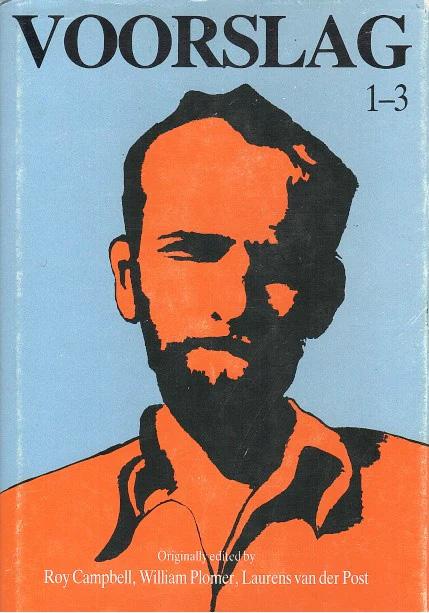
It started with a bromance. In June 1925, Campbell was casting about for a kindred spirit in defiance of Durban society. A friend happened to mention a slim, courteous 21-year-old named William Plomer, who’d just finished the manuscript of his first, fearless novel. Campbell asked him out on a half-blind friend-date to the tea-room at Twine’s, an elegant beachfront hotel. (In his autobiography, Plomer claims he did the inviting). “After lunch, since it was low tide, they walked on the sand [...] and talked for several hours. Despite differences in background, temperament, and upbringing, they were attracted to each other at once [...]” What they liked about each other was that they both thought Art was the most important thing in life. They mirrored each other’s vitality and cunning self-regard. By speaking the truth, they felt they were in a privileged position to shake down the complacencies of their elders. Their experiences attested to a shared knack for serendipity.
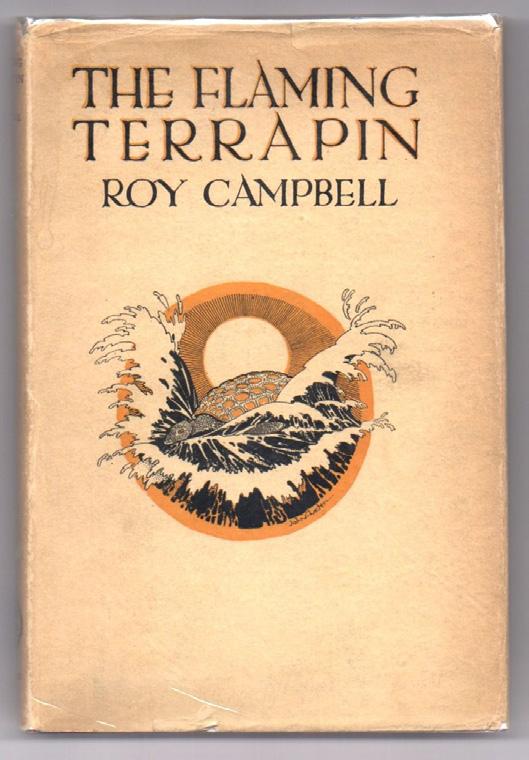

At this time, Campbell, though just 24, was already mildly famous. A DHS old-boy, he had been sent up to Oxford at 17 and then sent himself down again in a matter of months. He had drifted vaguely into the fabled literary bohemia of post-war London, made a lifelong commitment to alcoholism, and befriended the firebrand writer Wyndham Lewis and the living icon Aldous Huxley. He met the love of his life, Mary Garman, when she and her sister stalked him from the top of a double-decker bus in Tottenham Court Road: “We were quite intrigued, he was so good-looking, so foreign, who could he be?” Because he was couchsurfing at the time, the trio moved in together within a week or two of formally meeting.
After Roy and Mary married, they moved to a stone cowshed on the Welsh coast miles from civilisation and lived for more than a year like proto-hippies “on a diet of homegrown vegetables, seabirds’ eggs, and game birds that Roy poached with a small shotgun.” In this time, they had their first daughter, Teresa, and Roy finished his first book of poems, The Flaming Terrapin On the recommendation of T.E. Lawrence (literally Lawrence of Arabia), it was published by Jonathan Cape in 1924 and rightly became a short-lived sensation in the literary world. But Campbell only made about 50 Pounds from it. That was a lot at the time, but not enough to raise a family on. A little defeated, he took his wife and infant back to Durban to move in with his parents on Musgrave Road.
William Plomer, on the other hand, was the archetypal confirmed bachelor. Although mildly blue-blooded, his paternal grandfather was a British Army colonel who’d gambled away 3,000,000 Pounds in today’s money and set a bad example for Plomer’s father, Charles, who’d come to Cape Town for the

climate and then staggered his way across the subcontinent from failed business to failed profession before being swept up in the Boer War. Settling as a civil servant, Charles raised his young family between the UK and a dozen towns in SA before giving up his desk-job to run a colonial trading station in Zululand, near Entumeni. One can hardly imagine a childhood more steeped in empire.
But William was not a mere product of his time:
I [...] had been tenderly cared for in infancy by Africans, and as I grew up was conscious not only of feeling protective towards them but of warm admiration and affection for them. I wanted to be with them and to get to know them as fellow-beings. I would gladly have spent weeks or months living, working, and playing with Africans, and could easily have adapted myself to unfamiliar or uncomfortable ways of living. […] [M]y strong flow of feeling had to shape something, if only a protest. The shape it took was on paper.
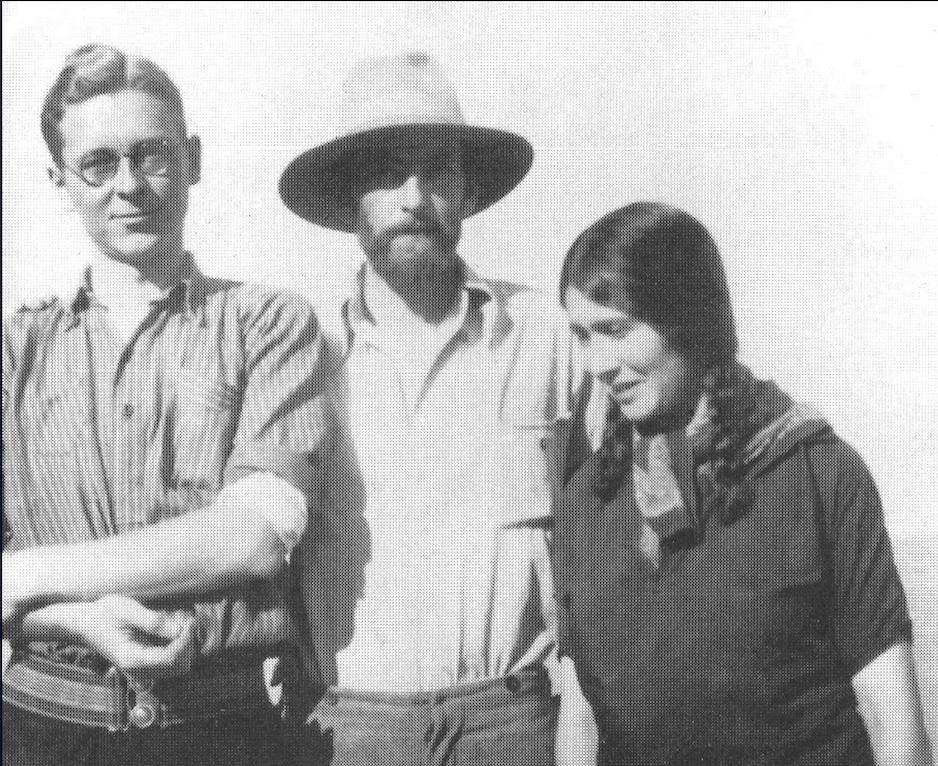
William Plomer on the left, with Roy and Mary Campbell, 1926


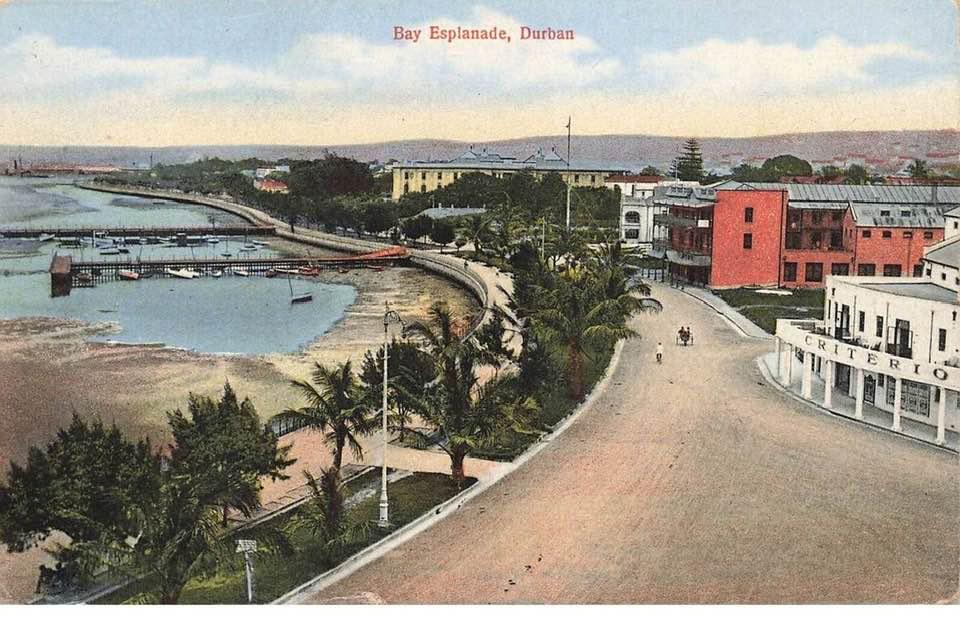
That shape, Turbott Wolfe, was the first depiction of an interracial romance in any South African novel. He started writing it when he was 17, and Virginia Woolf helped publish it by the time he was 22. It’s easy to see what Roy saw in him. More than a collaborator though, he wanted a housemate.
Although Roy sincerely idolised his father, living with him again brought out his brattiest side. He was condescending towards Sam Campbell’s bourgeois values whilst expecting him to fully subsidise his budding career and his new family. Ignoring the hints, “[h]e passed most of his first six months in Durban [...] as if on holiday, lazing, taking trips on whalers, riding his brother’s horses inexpertly and fishing.”
Belatedly, he, Mary and Teresa moved into a family bungalow on the other side of the Umhlanga River and Roy conceded to reality, snapping up freelance gig-work as a journalist and lecturer. But he still kept his eye out for a patron. Soon enough, he found a literary sugar daddy.
This was Lewis Reynolds, son of Sir Frank Reynolds, the sugar baron of the South Coast, and yet another golden child of an Old Durban Family. He’d already distinguished himself as a kind of South African Medici, and one of his court painters, Edward Roworth, described Campbell’s bended-knee appeal thusly:
[He] talked of his desperate poverty and what a mental strain it was to have himself, his wife and child entirely supported by his mother and that unless he could get away and have a place of his own it was utterly impossible to do a line of work and that he had written nothing since he came to Durban. Lewis and I were seriously perturbed by all this…
Reynolds then, to his eternal credit and regret, not only put up the Campbells in a beach cottage on his estate in Umdoni Park, but entrusted Roy with one of his brightest ideas. South Africa was only 15 years old at the time, and there had never really existed an arts publication that spoke for the nation as such. Campbell could steer it into being and Reynolds would pay for it all. The problem was that the two men had strikingly different ideas of what such a publication would be. Reynolds was apparently all for the avant-garde and shaking up the arts, but he was still - very obviously - a paid-up member of the establishment. Campbell was a punk (or as much of a punk as you could be in the Roaring Twenties). In this, he was incredibly close to his friend Wyndham Lewis, the aspiring fascist and editor of BLAST magazine, one of Voorslag’s predecessors. As he gushed:
To think as Lewis does is to cause a panic in the camp of the stereotyped revolutionaries-by-habit. As Lewis’s work becomes more widely known it exerts a growing influence in crippling the activities of the collective revolutionarysimpleton, and in laying the foundations of a new order of thought.
It might be hard to imagine, but modernist ‘little magazines’ could occasionally serve something of the same function then as certain political podcasts do today. They were insurgent, alternative media - self-proclaimed antidotes to the bullshit of nostalgia, liberal platitudes and the mainstream. The poems of T.S. Eliot and Ezra Pound, not to mention James Joyce’s Ulysses, would never
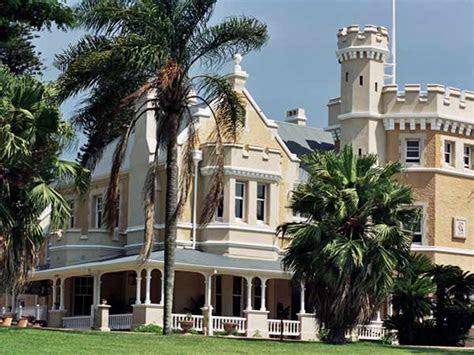
have become icons of the modern age if it weren’t for small publishers at periodicals like The Dial, Adelphi and The Little Review mucking about with bad taste. However, this new dawn of free expression worked in the US, UK and France precisely because the old order was so well-set that its cracks could be made clear for all to see. What would a hatchet-job look like in the teenage Union of South Africa?
Within a few months of meeting, Campbell had invited Plomer to move in with his family so they could build the magazine together. To quote Peter Alexander:
It was a delightful existence, almost exactly what Campbell had dreamed of. Every morning a basket of fresh milk, fruit, and vegetables was sent down to them from the Reynolds’ great house, Lynton Hall [a mansion built for Louis Botha, the first prime minister, to retire to], together with frequent gifts of venison, which their Zulu servant cooked. [T]hey worked and planned for their magazine, writing feverishly when the mood took them, or talking animatedly for hours on the verandah, while the surf crashed and boomed on the beach.
Plomer was deeply inspired by Campbell’s mythos and vitality, while Campbell was softened and sensitised by Plomer’s politics. Together they wrote nearly all the articles in the first issue, which they got away with by deploying female pseudonyms where appropriate: Campbell masqueraded as ‘Mary Ann Hughes’ while Plomer was less convincing as ‘Pamela Willmore’. The other contributors were Roworth, who submitted a semi-plagiarised essay on Cezanne, a then-unknown J.H. Pierneef, who did the cover, and the former
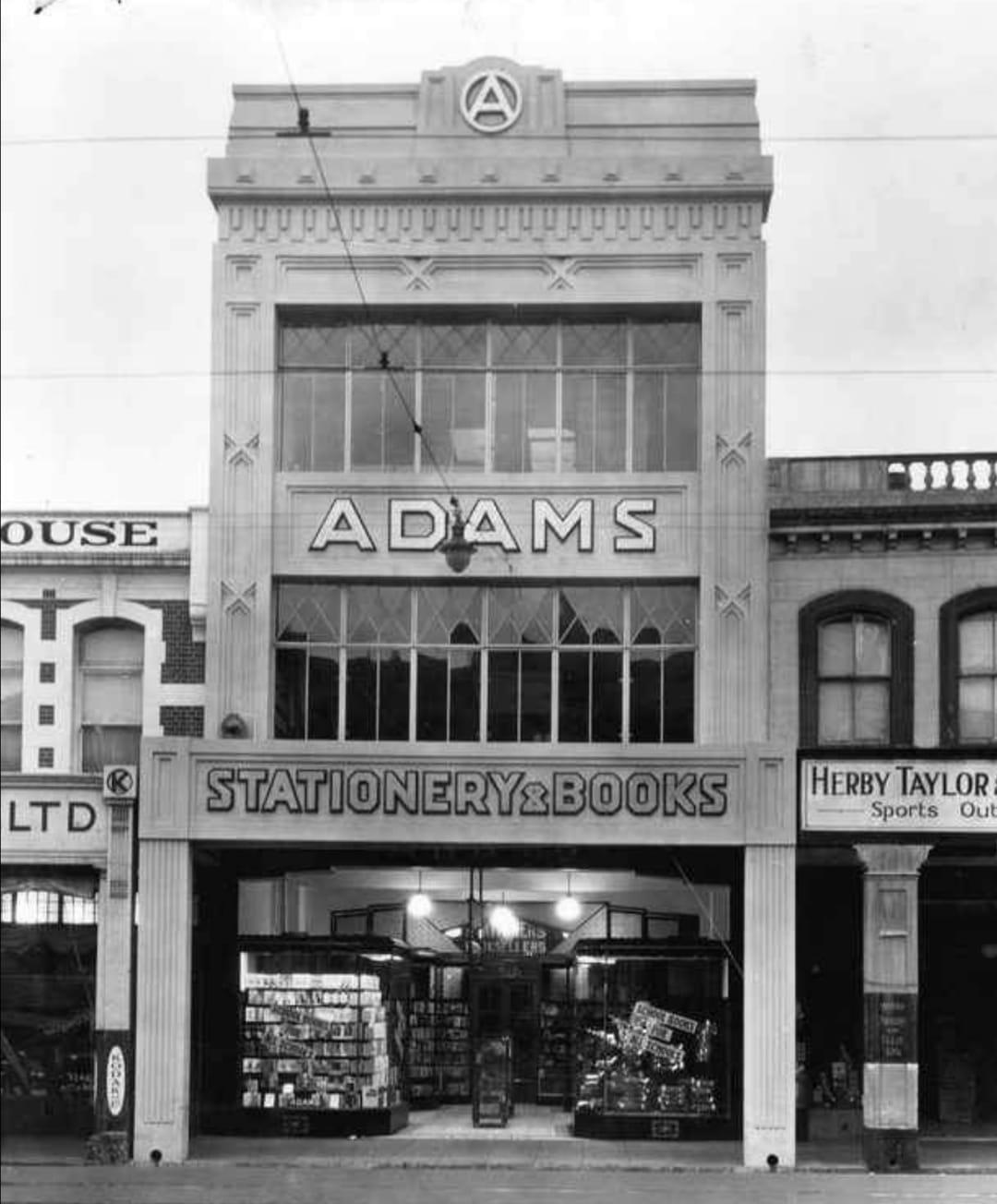
Prime Minister Jan Smuts, who was prevailed upon by Reynolds [who had worked as his travelling secretary] to lend the magazine some immediate notoriety by penning a half-baked meditation on the objective existence of Beauty. (The equivalent today perhaps would be Thabo Mbeki introducing an avant-garde spin-off of this magazine).
Before publication though, the same canny instinct that had drawn Plomer and Campbell to each other soon drew them to one more young bright spark - Laurens van der Post. A few decades on he would be a dear friend and mentor to a young Prince Charles, as well as the most famous writer in the world on Bushman folklore, but when the duo first became a trio he was an 18-year-old kid journalist at the Natal Advertiser. “[Alt]hough he was intensely reserved and tongue-tied [after Plomer introduced him], Campbell

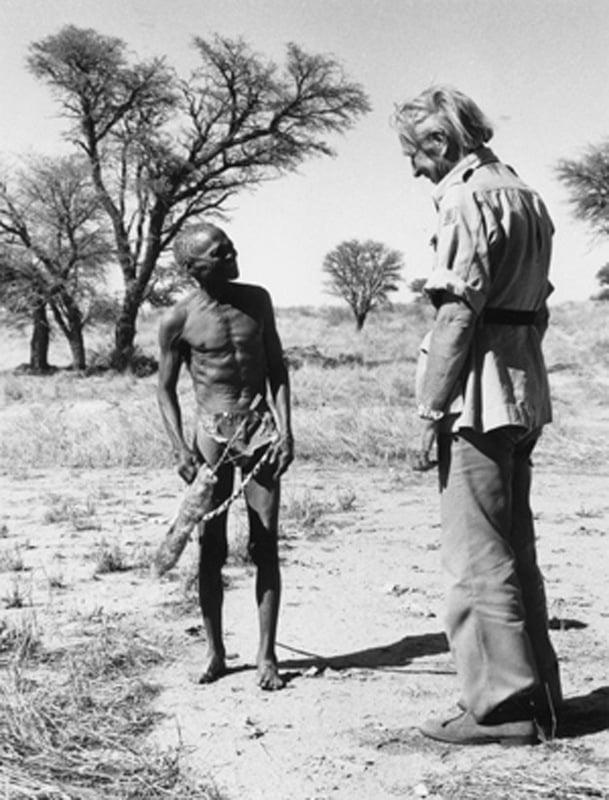
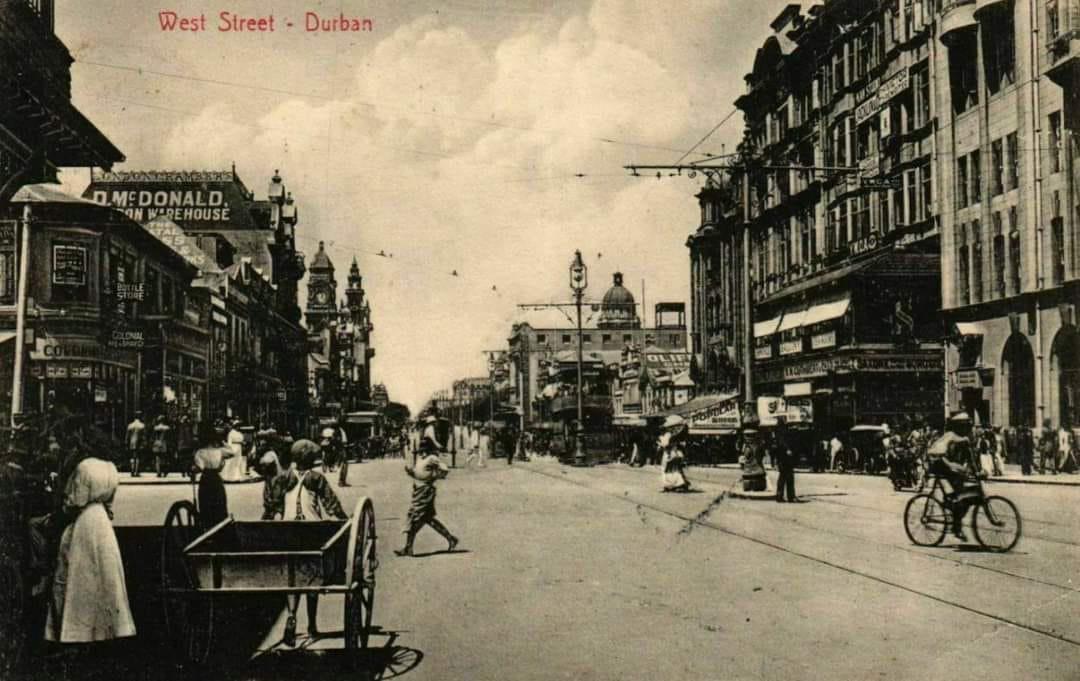
“Literate South Africa was somewhat puzzled by Voorslag,” Plomer later remembered. “The tone of the press was on the whole respectful, bewildered and slightly cautious.” The magazine had been promoted in advance as a project meant to ‘uplift’ the general public, but it had started its life by implicitly putting them down. The second issue, published in June 1926, proved this was not a false impression. In ‘Fetish Worship in South Africa’, Campbell declaims, a little madly:
When the white people came out here they gave the native the Bible and the native in exchange gave the white man a great black fetish to worship. It is this fetish that rules the country - Colour prejudice.
recognized him immediately as a fellow artist. ‘You’re one of us,’ he told Van der Post: Come along.” He was appointed the magazine’s ‘Afrikaans Editor’, and thus Voorslag made an immediate tidbit of history by becoming the first prominent multilingual publication in South Africa. What did Campbell and Plomer do with the first issue of their unique carte blanche? They vented. They yapped. Campbell took the chance to review T.S. Eliot’s recent work, calling his verses “unpleasant, like dry, clotted blood.” Then he shared a poem called ‘The Albatross’ which referred to other South African writers in these mocking terms:
To sleep or cackle, grouped in homely rings, I left them roosting warm in their own dung, And while they fattened there, with homeless wings The great harp of the hurricanes I strung…
Plomer was not so braggadocious but no less pointed, contributing an essay on ‘Dr. Leyd and the Colour Question’ in which he declared:
It will be necessary to recognize every man’s human qualities as a contribution to the building up of an indestructible future, to judge every man by the colour of his soul and not by the colour of his skin. Otherwise the coloured races of the world will rise and take by force what is denied them now by a comparatively few muddle-headed money-grubbers.
For anyone with eyes to read, this first issue smacked of an expensive vanity project. But at least the vanity was mostly justified.
Nothing offends like the truth. It should come as no surprise then that Reynolds soon found himself having to excuse his beneficiaries to his friends. And then the readers’ letters section took on a more irate tone. A Mr.Erich Mayer, for one, claimed that Campbell and Plomer “understood neither the ‘true mentality, character and aims’ of [Afrikaner] leaders [...], nor the ‘true psychology’ of the natives, and that their mistaken views, if published, would do considerable harm to all the peoples of the country.”
Within a month, Reynolds felt obliged to agree. He wanted to run for parliament in his father’s old seat and he’d already spent 1000 Pounds on a magazine that hadn’t stopped biting his hand. On a Sunday Morning in July, he, Roworth and their publisher Maurice Webb came to Sezela to stage an intervention.
They asked Campbell to walk with them to the beach so that they could talk to him alone. While Mary and Van der Post watched from a distance, they sat down on a sand dune, Campbell squatting on his haunches like a Zulu, bearded and truculent.
In brief, they asked him to cool down the rhetoric. He told them to go to hell. When the third issue of the magazine came out a few weeks later, it opened with a kiss-off: “I have much pleasure in announcing my resignation from “Voorslag”. Roy Campbell.”
Reynolds’ demands were met. The magazine muddled on for 8 more issues, before dying a deservedly lame death. In truth though, Campbell’s heart had been lost from the project since March, when his father had suddenly died from sleeping-sickness, leaving their divides uncrossed. He also hadn’t confronted the undeniable fact that he was a romantic loskop, profoundly unsuited to the thankless admin work of putting out a regular product. Moreover, his anger
at South African attitudes had morphed into a distaste for South Africans themselves. Plomer remembers him saying in the midst of their collaboration, “[t]he whole of this country has an acid smell and all the white people have khaki faces.” Surprisingly though, Van der Post and Plomer managed to emigrate first. A chance encounter with a Japanese sea-captain led them both to snatch up a dual posting for foreign reporters in Tokyo, and they summarily left Port Natal aboard the Canada Maru on the 2nd of September, 1926, leaving Campbell to his endless sturm und drang. Roy would leave by December, dragging his family back to England, then France, then Spain. None of the three writers would live in South Africa again.
For such a brief run of pages, Voorslag has spawned a century of afterlives. As he was rounding the Cape, Campbell himself wrote to Plomer suggesting they re-invent their creation as a new beast - ‘Boomslang’. But this was purely wishful thinking. Their politics and personalities would diverge to the point of irreconcilable differences, and Campbell would torch his connections to the South African literary world by writing his most celebrated poem, ‘The Wayzgoose’, which survives today as a manifesto for South African self-mockery. As more than one critic has noted, it is especially sad that all three of the presiding spirits of the magazine, who briefly shared a revolutionary vision for South African letters and wore their South African-ness on their sleeves for the rest of their lives, left the country before their mid-twenties to join the middling diaspora and have their genius recognised in other countries. (There are more than a few friends I mourn for after the same fashion).
Perhaps it’s not worth the tears or the speculation. The poet NP van Wyk Louw directly claimed Voorslag’s influence on the Dertigers - the first wave of modern writers in Afrikaans. Likewise, Campbell would later become a close mentor to the poet Uys Krige, who would himself become a mentor and confidante to Ingrid Jonker, Breyten Breytenbach and Jack Cope. Moreover, the example Voorslag set of a collaboration of individual young writers publicly standing up to South Africa’s racial doctrines through artful anger and fearless, tragic satire signalled a reformation of our creativity. You can hear echoes of it in Cry, the Beloved Country, the Drum Generation, Nadine Gordimer, Andre Brink, Mongane Wally Serote, the Black Consciousness Poets, Life & Times of Michael K., all the way down to Maneo Mohale and Koleka Putuma today. And the very idea of a uniquely broad, multilingual South African magazine has survived through Ons Klyntji, Prufrock and New Contrast.
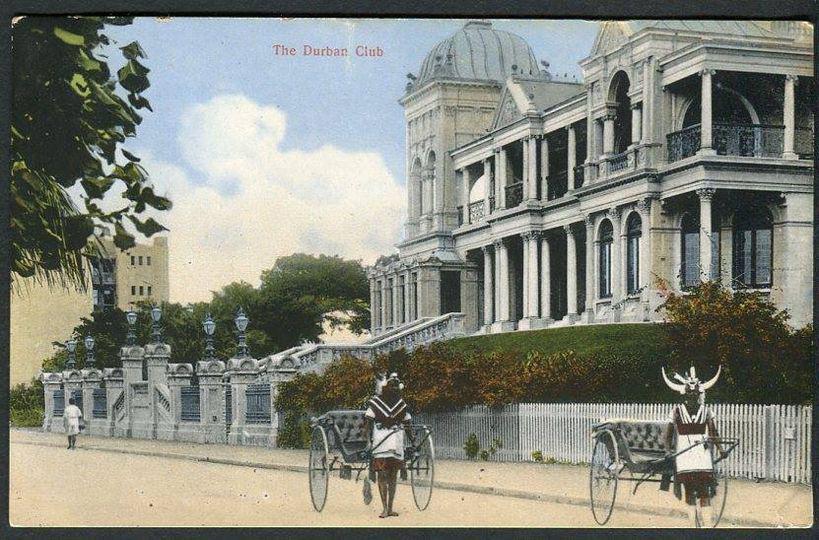
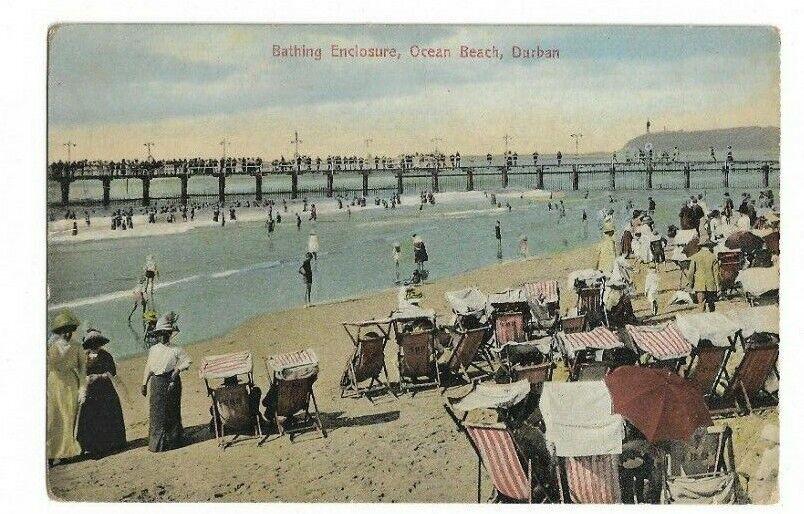
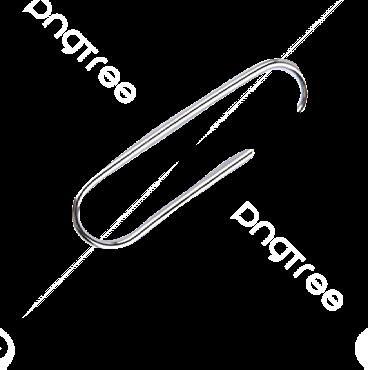
As Plomer himself wrote:
Campbell and I do seem to have been the forerunners we felt ourselves to be in those days. Forerunners of what? Of a stronger consciousness of the functions, status, durability, and influence of imaginative literature than had (for obvious reasons) been previously conspicuous in South Africa - in English-speaking South Africa at least; and forerunners of fine and various and courageous efforts made by South African writers to apply themselves to the hidden forces in the heart as well as to the patent conflicts and complexities of their country.
The sting left a mark after all.




“Flygskam, a Swedish phrase meaning Flight Shaming, a growing social movement that discourages air travel due to its impact on climate change…increasingly causing travellers to ditch long haul holidays”
Words: Duncan Pritchard
STRADDLING THE WORLDS of a consultant in the responsible tourism industry in Africa and the environmental, carbon footprint management business, one of our more regular debates is around the idea that getting on an airplane to go on holiday is just a bad idea. Many South African tourism operators and lodges are grappling with this concern from their international partners. How can you reconcile being a responsible, ethical tourist and at the same time contributing to climate change because of the carbon emissions from the airline industry?
Well, we think the entire debate is a bit of a straw dog and, in our opinion, you should be encouraging long-haul flights for holidays which include nature-based tourism. But before I get eaten alive, let’s just clarify some context for this article; we’re NOT referring to a long-haul flight from London to Las Vegas for a weekend of bright lights, hookers and gambling. In this context, we’re talking about flying for the purposes of nature-based holidays, and travel with a focus on experiencing nature, nature reserves, culture, exploration, and learning. Yes, airlines do create carbon emissions, we’re not saying they don’t. But done right, with thought and consideration, the benefits definitely outweigh the downside. Flygskam and the associated virtue signalling is way more dangerous for the environment!
In Africa, the vast majority of international tourists arrive for the purposes of wildlife or nature-based tourism. Also interesting to note is that nature-based tourism income is higher than business or general leisure tourism and mainly

comes from international visitors. Africa's 8400 protected areas generate $48 billion in tourist spending. This tourism revenue helps governments justify protecting wildlife habitats. It creates revenue for wildlife authorities, funds the management of many private game reserves, and it generates foreign exchange earnings. It also diversifies and strengthens rural economies, and contributes to food security and poverty alleviation. Ecotourism in Africa is important!
A flight from Frankfurt to Johannesburg is around 9000km and results in average emissions of just under one tonne of CO2e per passenger (with a few assumptions) and most folks do this once a year if they are lucky. The more likely scenario is that this one tonne of CO2e is spread out over a few years of "travel extravagance" ....it's often a once or twice in a lifetime experience.
Now, let us play out a bit of thought experiment ….globally, over 15% of all carbon is stored in protected areas. In Africa, this is a whopping 49 gigatons of carbon or so that is sequestrated (captured and stored) in protected areas alone. That’s roughly the equivalent to around 179 billion flights from Frankfurt to Johannesburg. Just to be clear, this is nowhere even remotely close to a tiny little fraction of the number of long-haul passengers arriving in Africa each year.
What would happen to many of these protected areas (which rely onecotourism for their survival) if we all suddenly decided to stop flying to combat climate

change? The value of these vast carbon sinks would shrink, the incentive to conserve new areas would be reduced, and the several thousand private game lodges and wildlife areas frequented by tourists would no longer have a reason for existence. The loss would be astounding for the economy, for biodiversity and equally so in terms of climate change and the loss of valuable carbon sinks.
mate change in Africa is also seen as a significant threat to local livelihoods, especially where there are vulnerable, rural societies with a dependence on natural resources. Developing ecotourism can help communities develop new strategies to sustain themselves and survive. Ecotourism presents an opportunity for livelihood diversification. As a result, it mitigates the impacts of climate change on these communities or leaves them better equipped to deal with these impacts. There’s a very strong case for ecotourism as a strategy for climate change adaptation. This, of course, is reliant on tourists travelling to these areas for it to be a successful strategy. So in many respects, by being a conscientious ecotourist and travelling in Africa, you can actually support climate change adaptation in these areas.
Consider the fashion industry for a minute. The fashion industry is responsible for around 7-10% of all global carbon emissions. The entire airline industry (including business travel, cargo etc…) contributes less than 3% of all global carbon emissions. And this is the curiosity for us: travel to a protected area in Africa where a tourists’ trip can directly benefit conservation or at the very least incentivise conservation efforts in areas which sequestrate a lot more carbon than all the emissions from all the tourists put together. Why is this considered bad? Surely if you look at the numbers, the new clothes people inevitably purchase for their holiday should be getting more attention than the destination? Or the food you eat or the way you consume energy at home?
So here’s our opinion on this question. We should encourage flying for the purposes of nature-based tourism activities/ecotourism, simply because the benefits of mitigating climate change (and biodiversity conservation in general) far outweigh the cost. Spending your money in a protected area, regardless of the paltry (comparatively) carbon footprint should be considered the responsible thing to do.
• Which airline you choose to fly with. The more modern fleets are more efficient and many airlines have initiatives in place to help reduce their carbon footprints. All airlines are not equal.
• Find more direct routes rather than the cheaper indirect routes with connecting flights. These will inevitably have lower emissions...and of course, opt to fly economy class.
• Pay more attention to your lifestyle at home. I can guarantee you’ll offset more carbon by changing your day to day lifestyle than cancelling your next holiday because someone said airplanes are bad. Make it your mission to "pay back" the emissions from your holiday by living a more thoughtful day-to-day life.
• Offset your couple of tonnes of carbon emissions from your holiday by contributing to a cause or offset project which will help ensure the areas you visi are conserved long after you leave.
• Consider where you stay and who you spend your money on the ground with. It’s your responsibility to make sure the impact you have as a tourist is good, and the best way to do that is to support conservation areas with your spending. Research where you’re staying, and how the lodge or tour operator you’re using supports conservation efforts and how they work with local communities.
• Spend more time, more money. The more you, as a tourist, invest in these areas, the more likely these vast carbon sinks will remain protected.
But, please, don’t say you’re being responsible by not flying because of your carbon footprint. That’s possibly a bit of virtue signalling which is not fully backed up by facts. Carbon emissions and your contribution to climate change is an incredibly complex topic with many nuances – it can't be reduced to a simple black-and-white statement of "airplanes bad". Ecotourism can do a lot more good than harm, even if you decide to fly in a private jet!
Happy travels

Words: Dave Charles
PAST WEEKEND I came to the realisation that I really must start working on making friends. I used to have quite a few of them – in fact, according to Facebook I have 2 233, but then that’s social media for you.
I am a bit of an introvert generally and this makes it hard for me to socialise just for the sake of being social. I am far more content to spend time with my beloved soul mate Sue and our German Shepherd dog Xia, and I can fill an entire weekend with just those two for company and consider myself the luckiest man in the world.
But I used to have friends who we got to see quite regularly and spend time with, playing music, sharing a meal or exploring interesting places. These were good times, and we made some lovely memories – real people, real places, real life – not the shallow cardboard cutout imitations as seen on Tik Tok. Change is a funny thing. We don’t like it, but it happens all the time – change, that is. You look in the mirror to comb your hair and you look again and there’s hardly any left to comb.
There’s an entire multibillion-dollar industry dedicated to turning back the clock… to bringing back lost hair… and to creating a new you. But they can’t perform miracles and no matter how much they turn back the clock or how much body filler they pack into the dents, I am sorry to tell you that We Buy Cars won’t up their offer.
But, I digress. I used to have friends, and good ones at that, but between death and emigration I have been left impoverished on the social circuit, and I really must do something about that.
They say if you can’t beat ‘em, you should join ‘em but, while I am quietly confident that the best may be yet to come, I really don’t think the grass is greener on the other side of the great divide. I would prefer to stick around here for a bit longer. I have a book to finish, and I am planning a supper theatre show that may never see the light of day but it’s fun putting it all together.
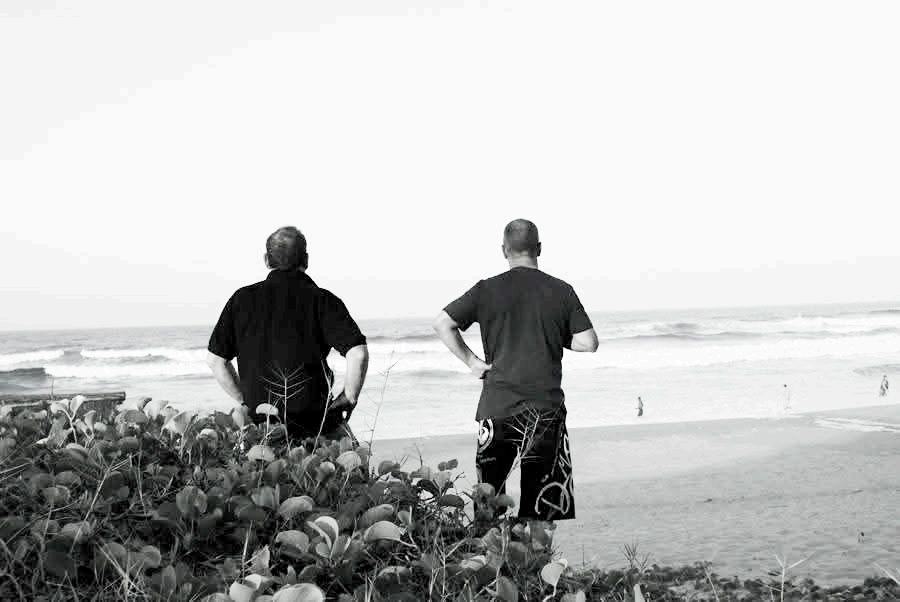

Also, having now given considerable thought to my dilemma, I have come to the conclusion that it is absolutely futile to start a campaign to make friends because these will be new friends and what I am longing for is old friends.
Those who you could reconnect with after a long absence and pick up at the end of a sentence like you were never apart. The memories you shared – little children, birthday parties, the good times and the bad times, the happiest of times and the saddest moments too – a lifetime of memories and the essence of real friendship.
And when they leave, you carry on and you remember them.
And you miss them.



